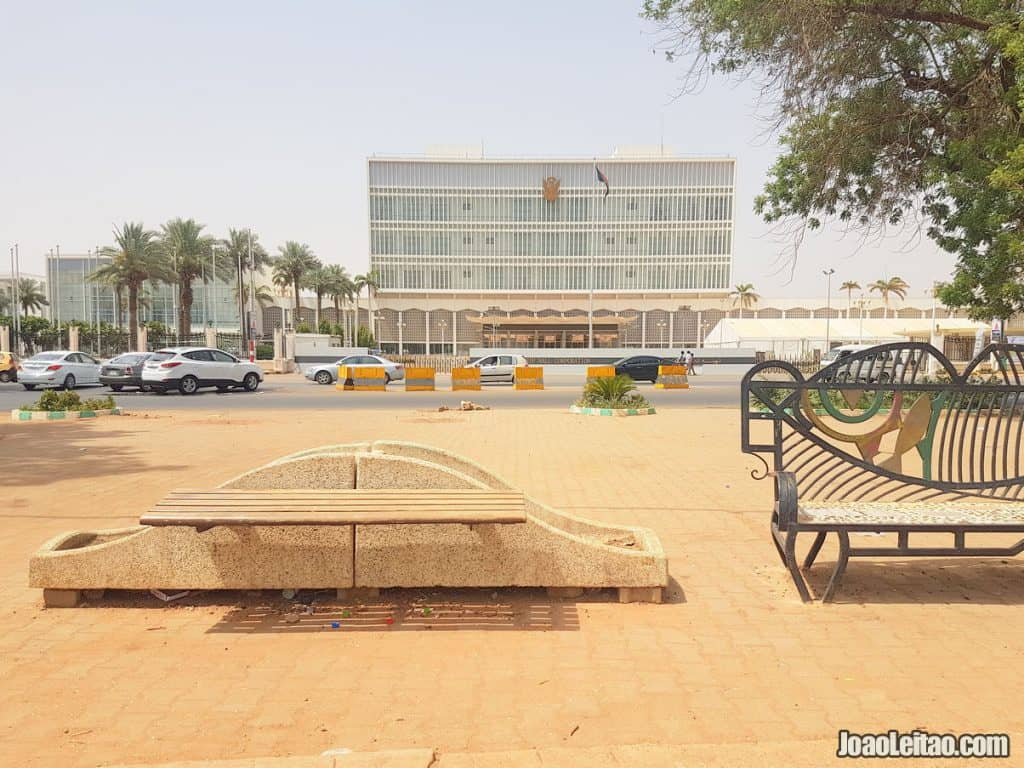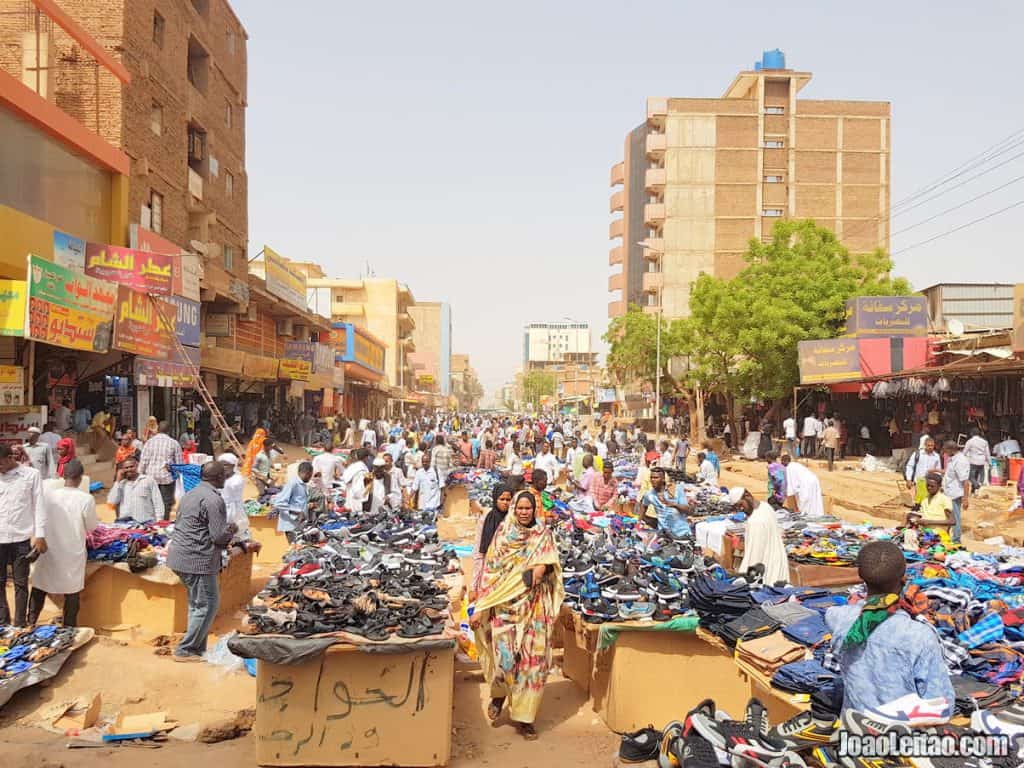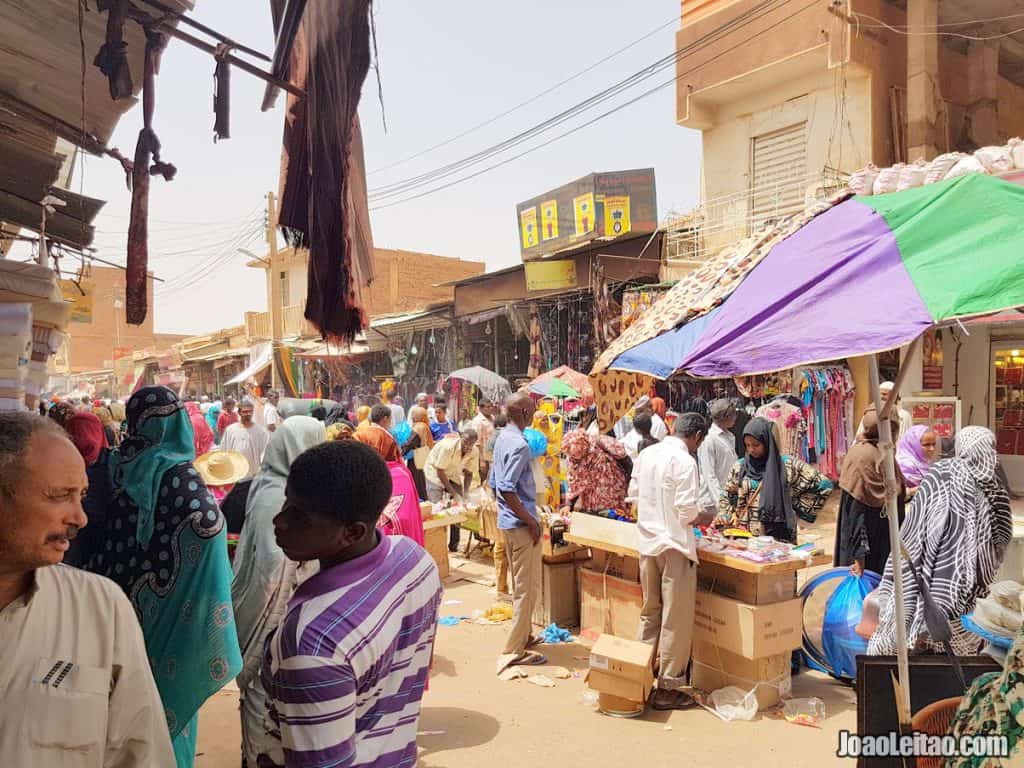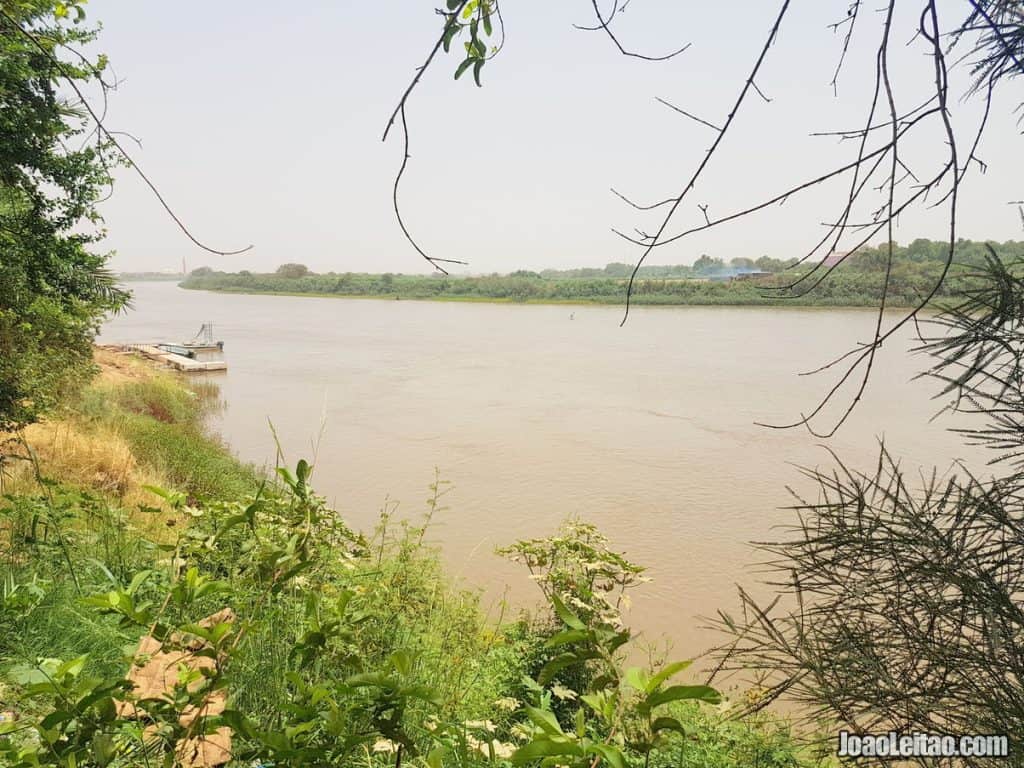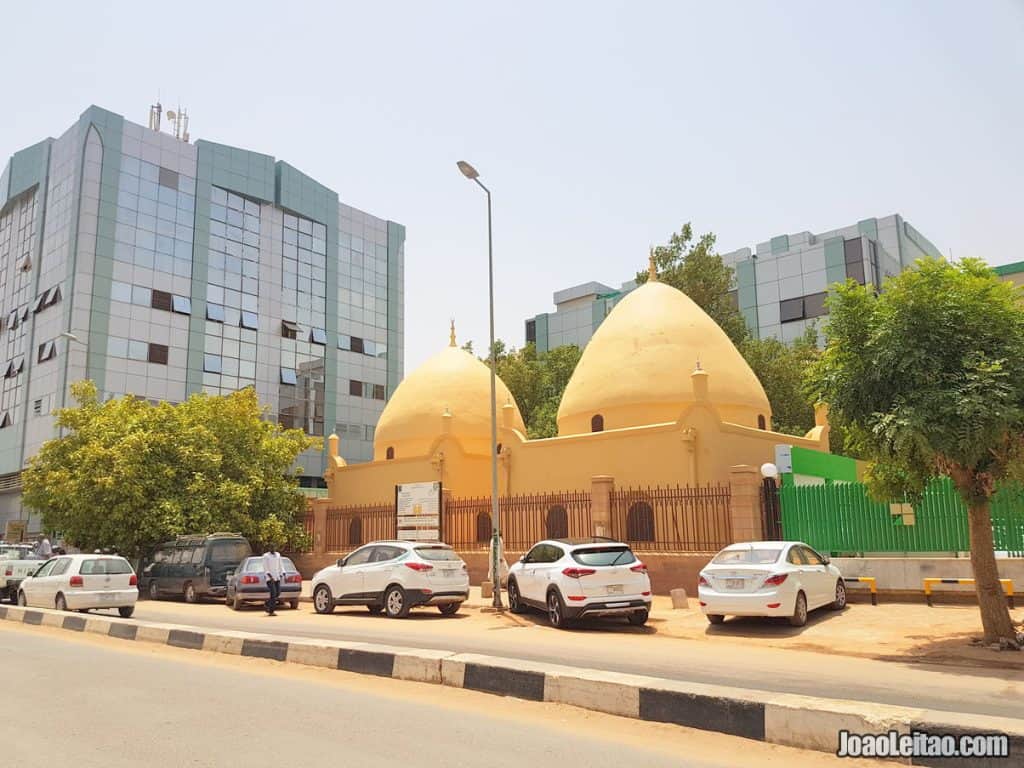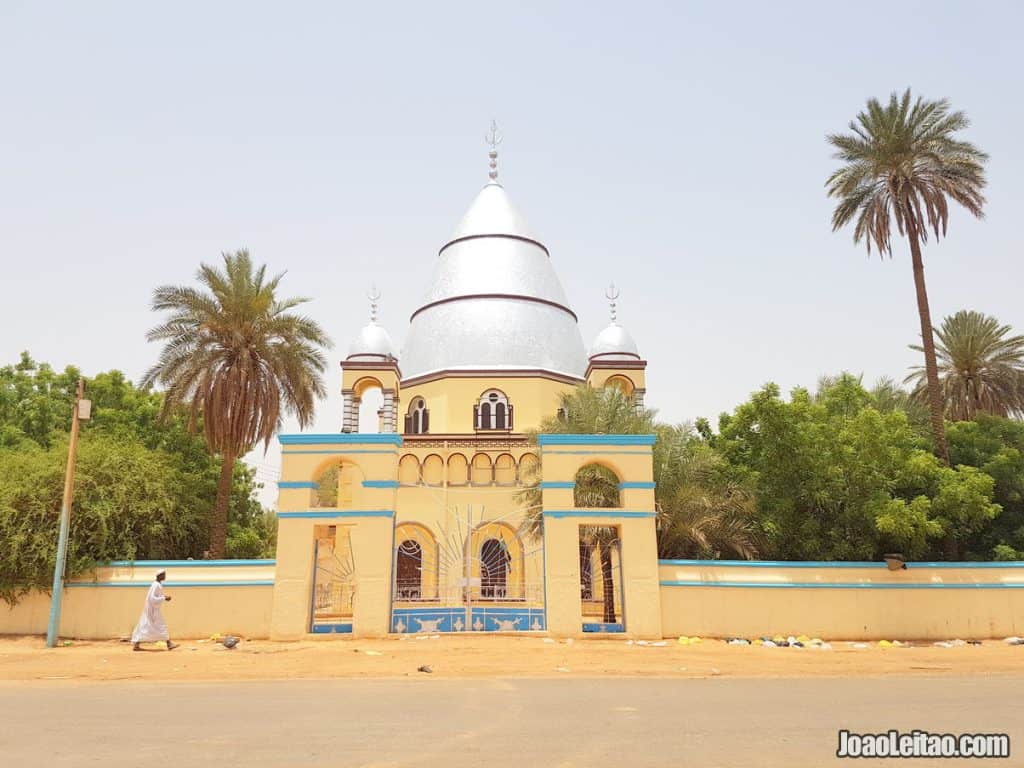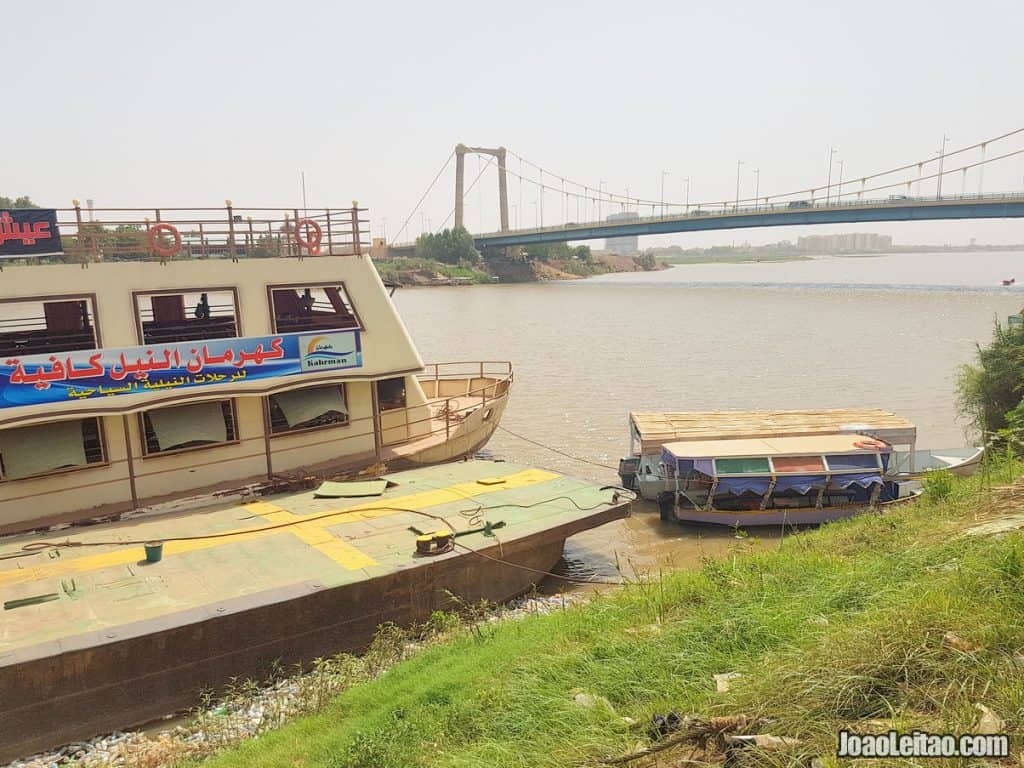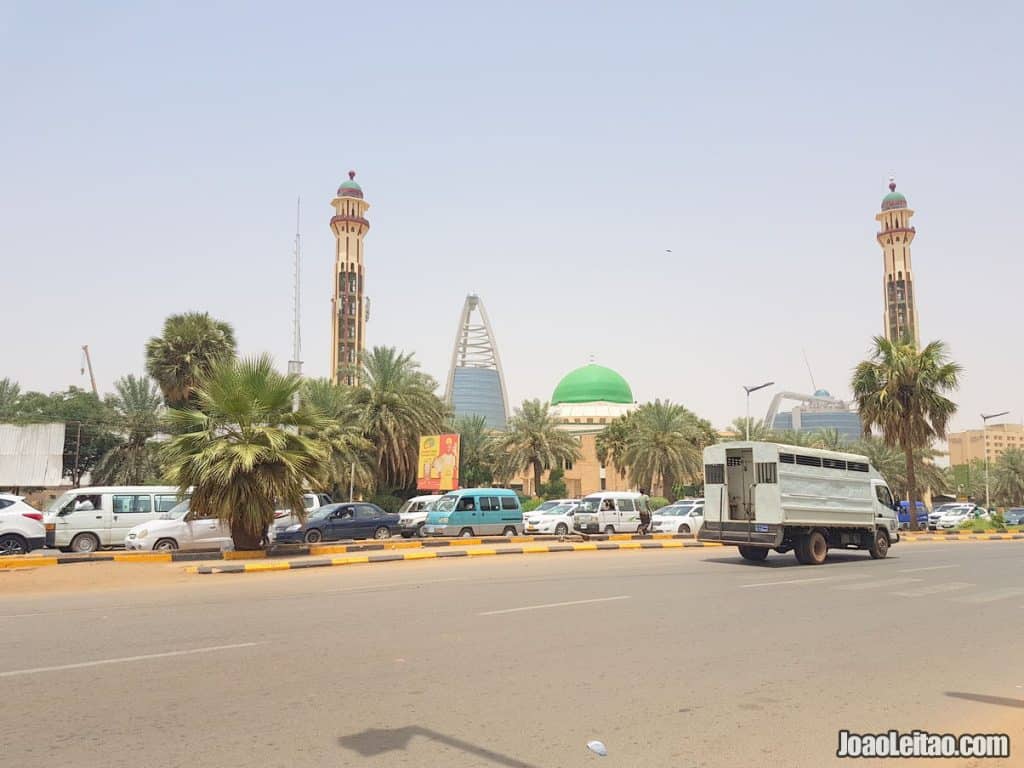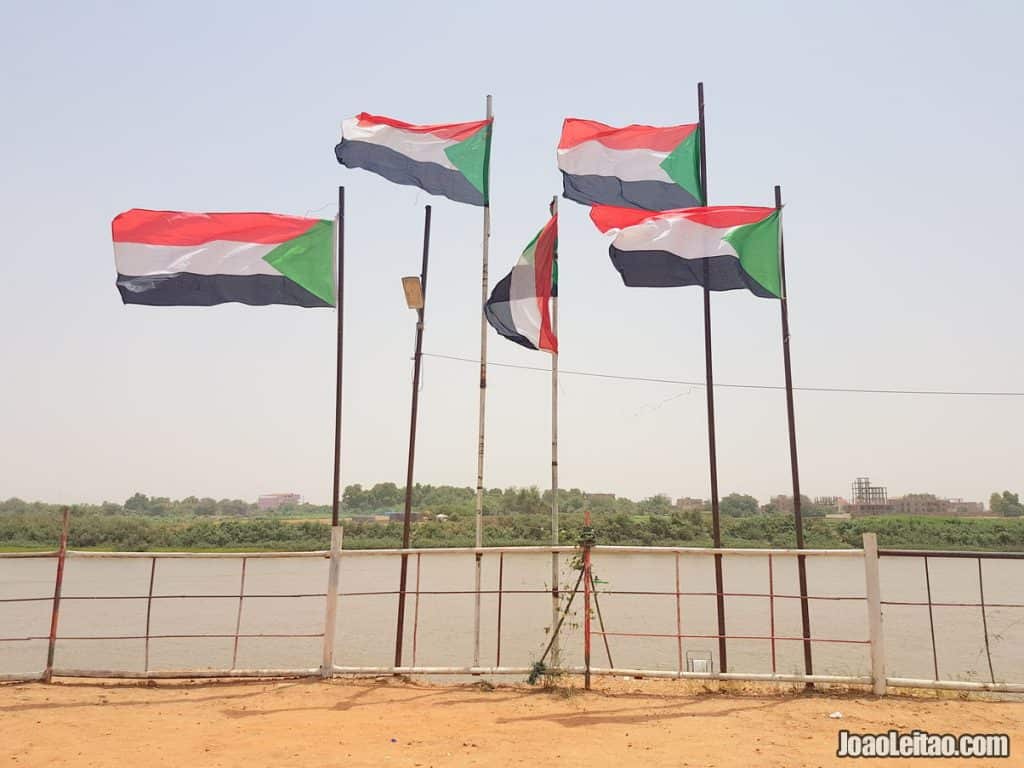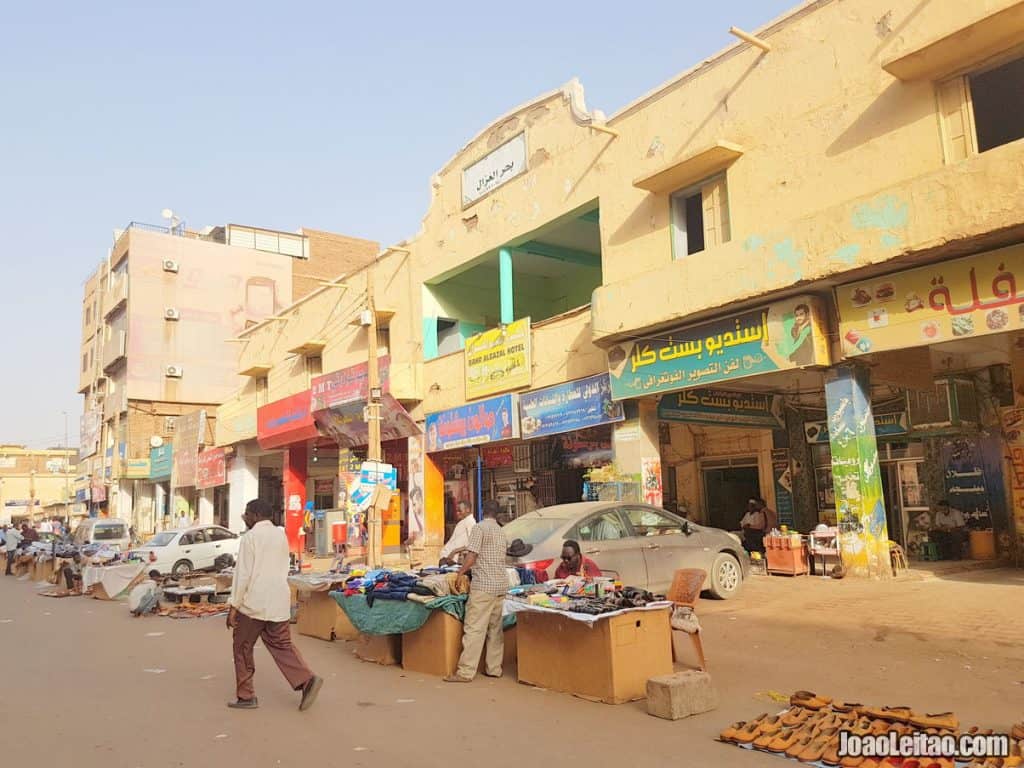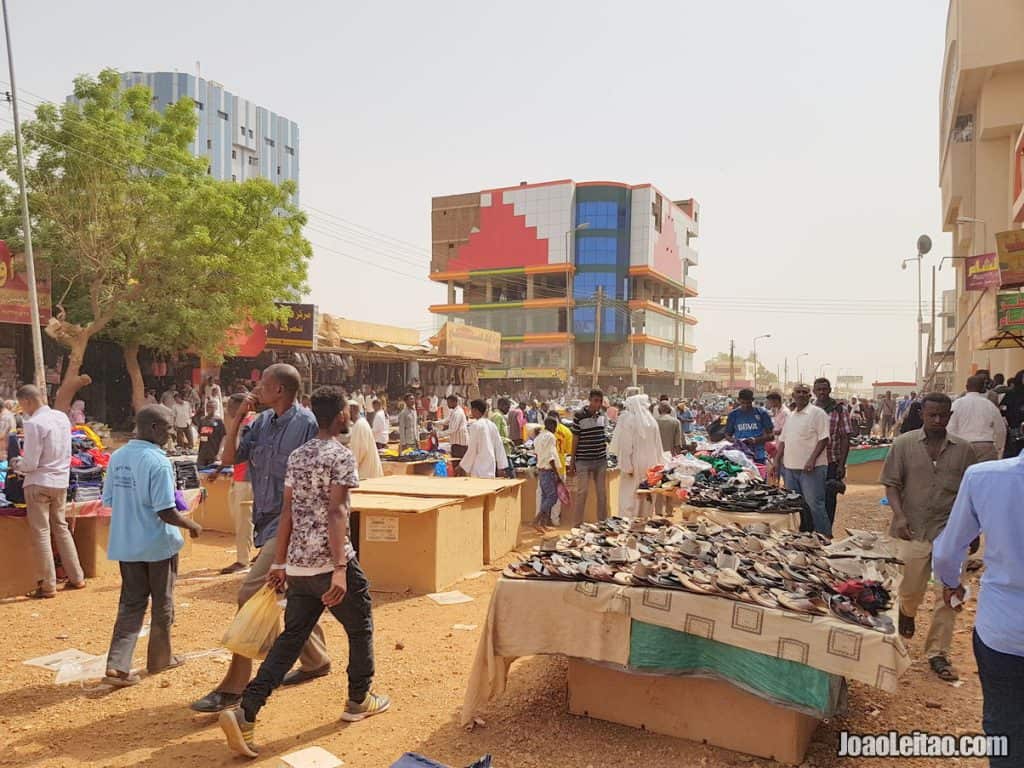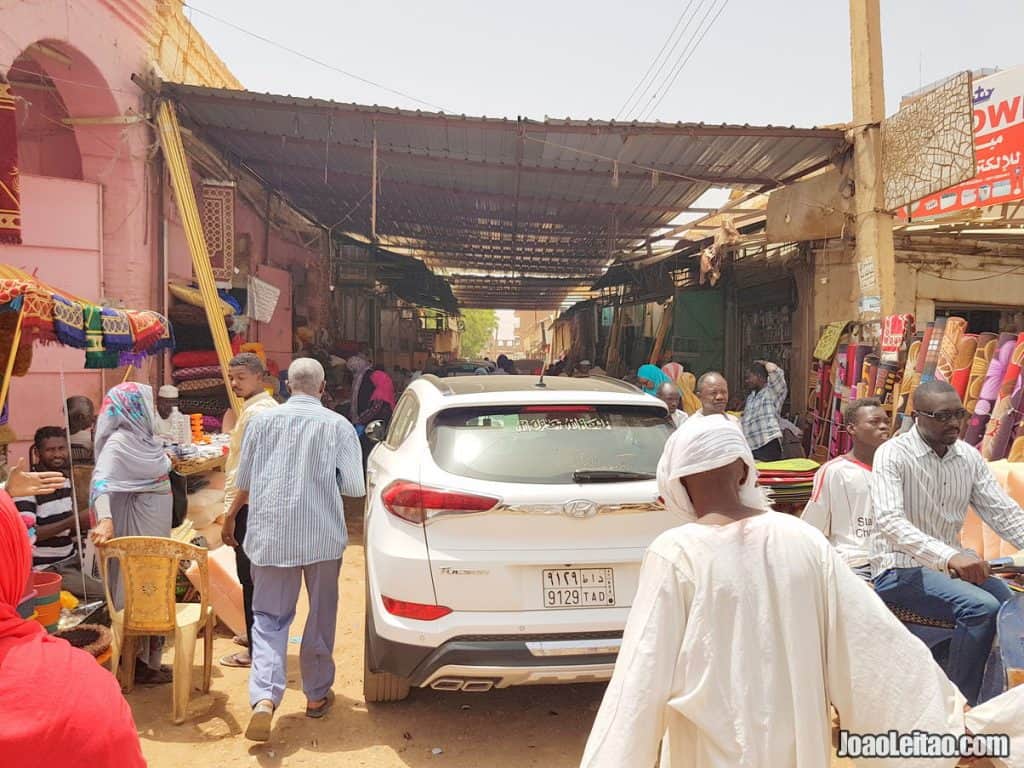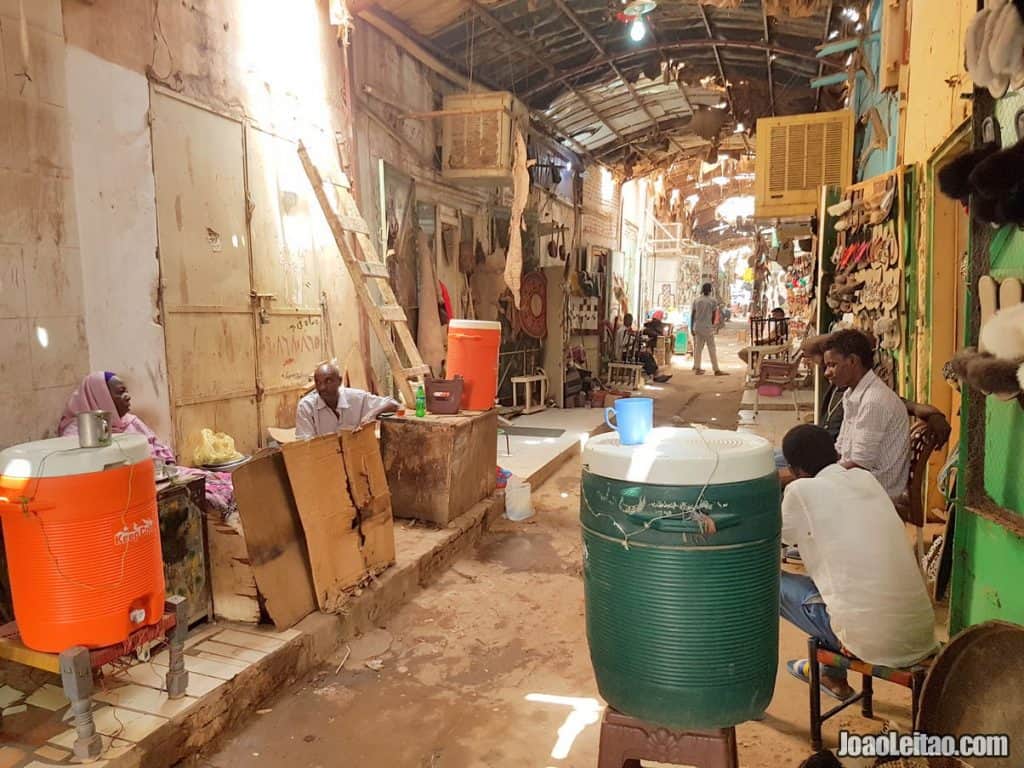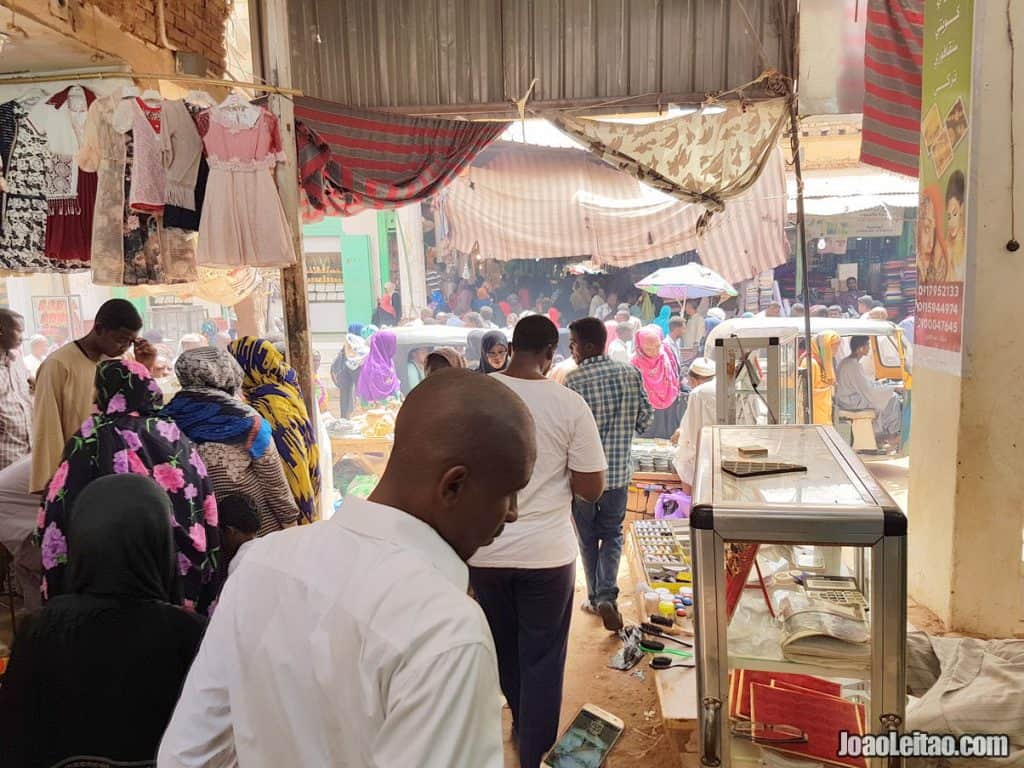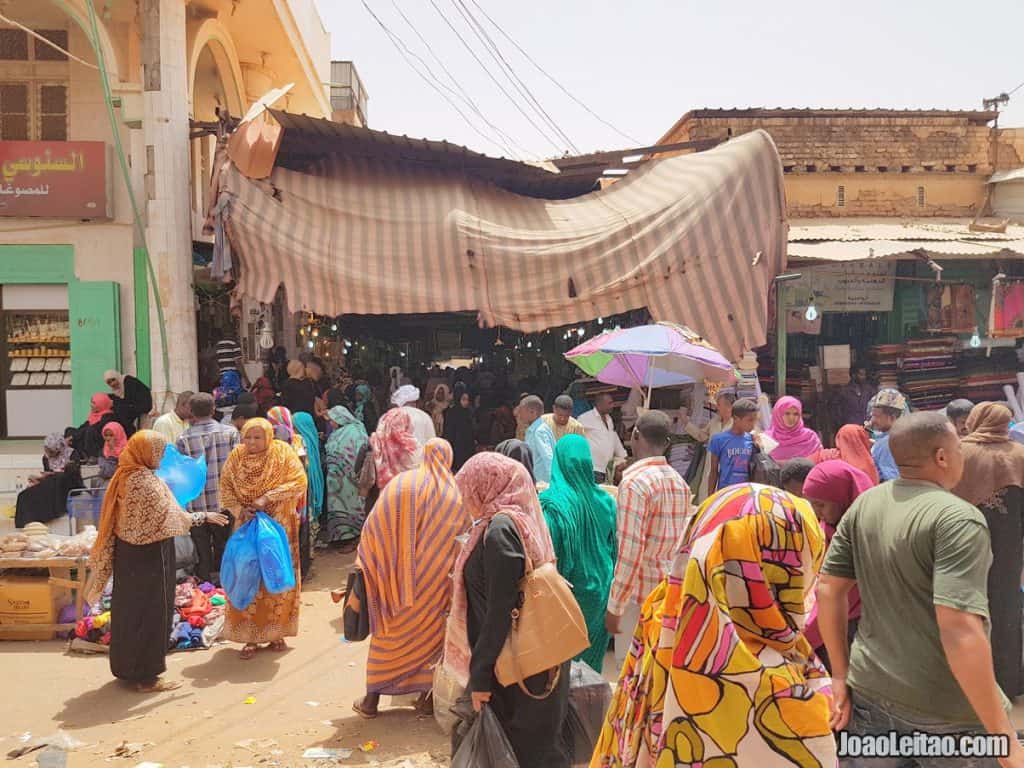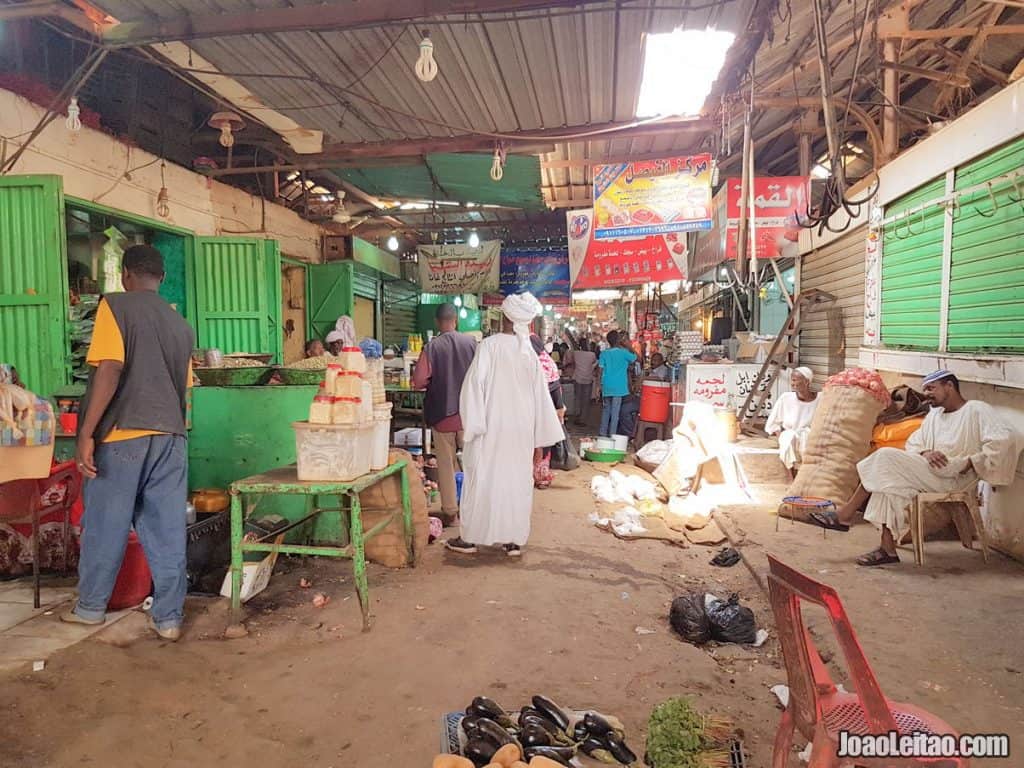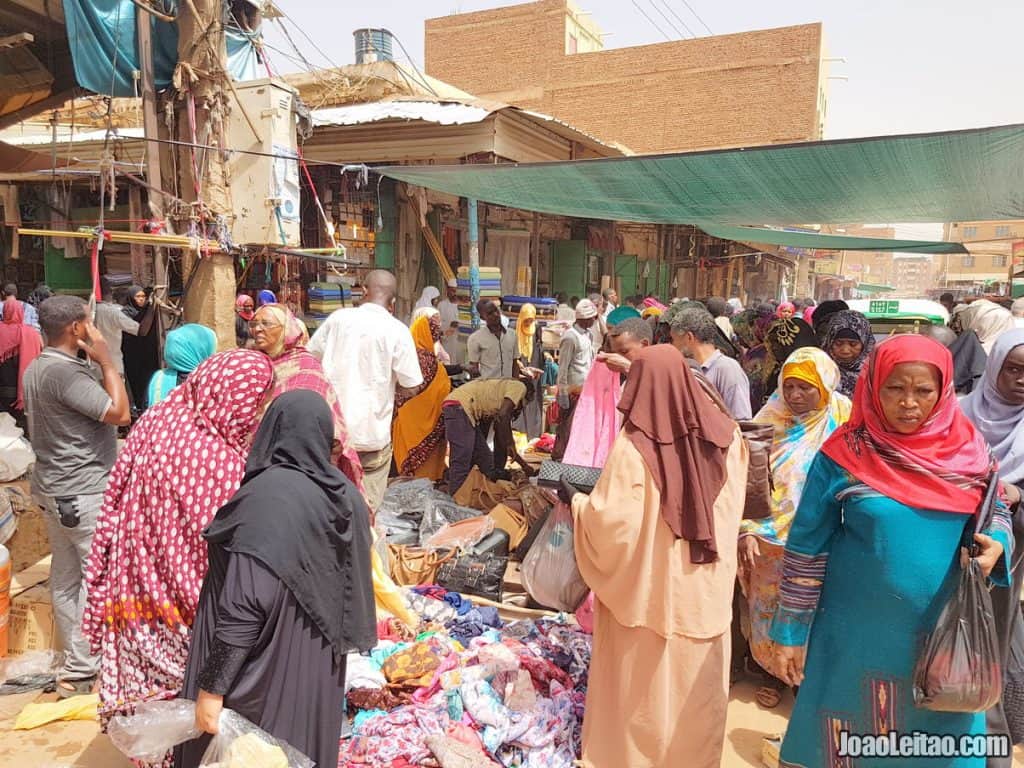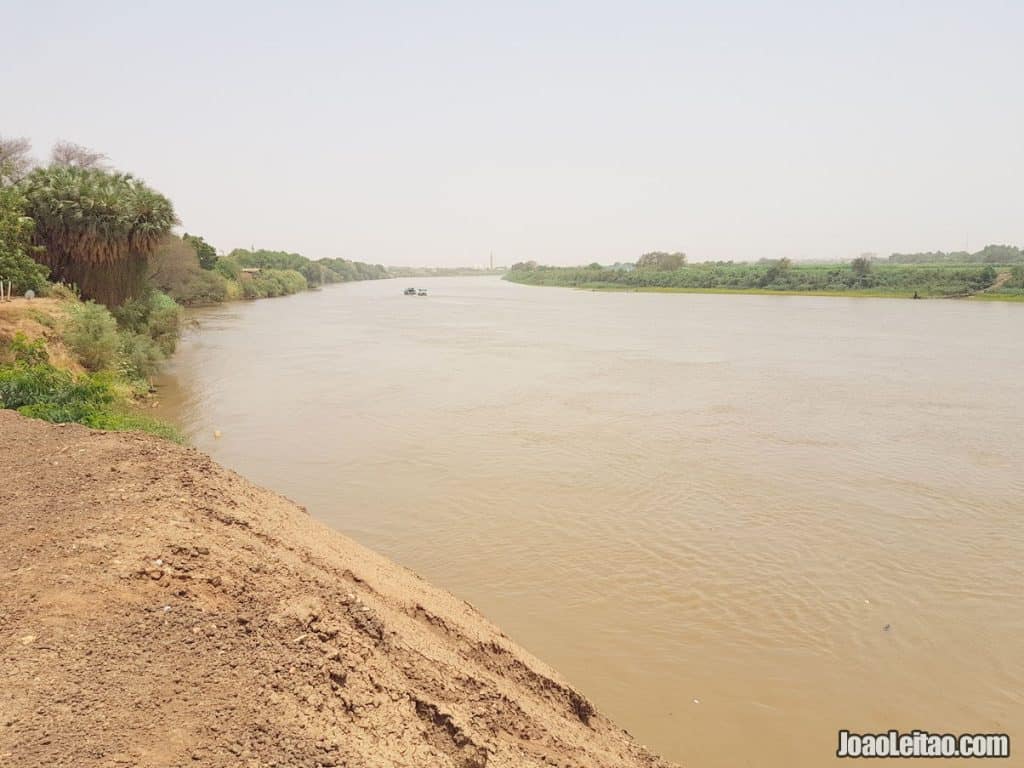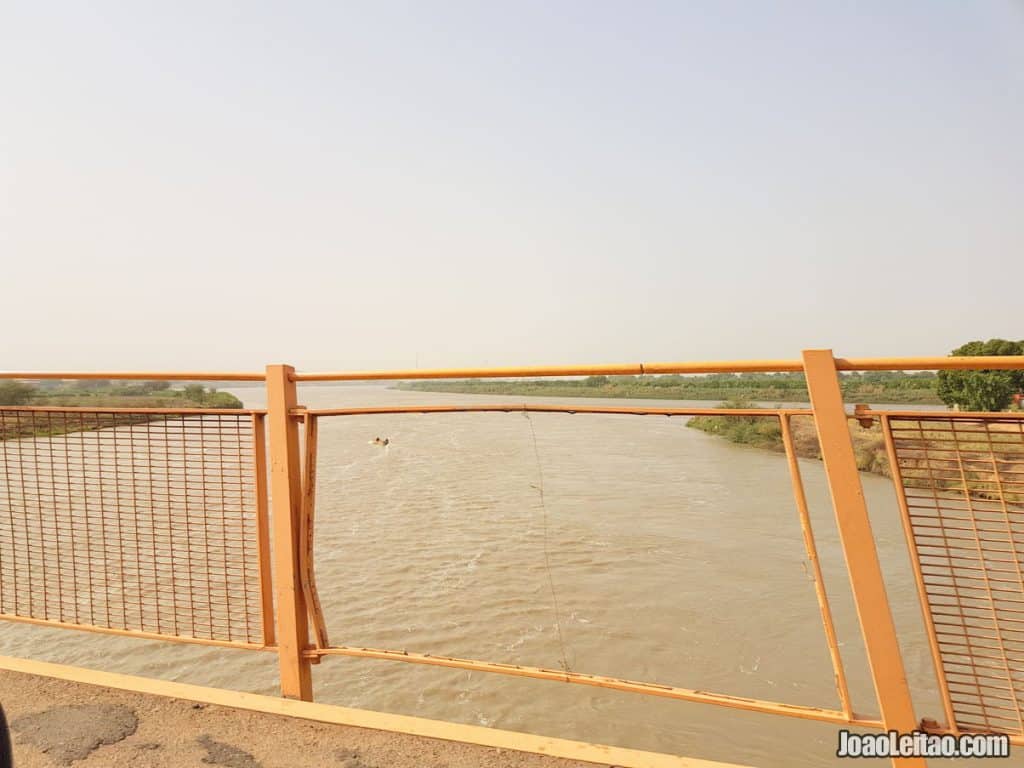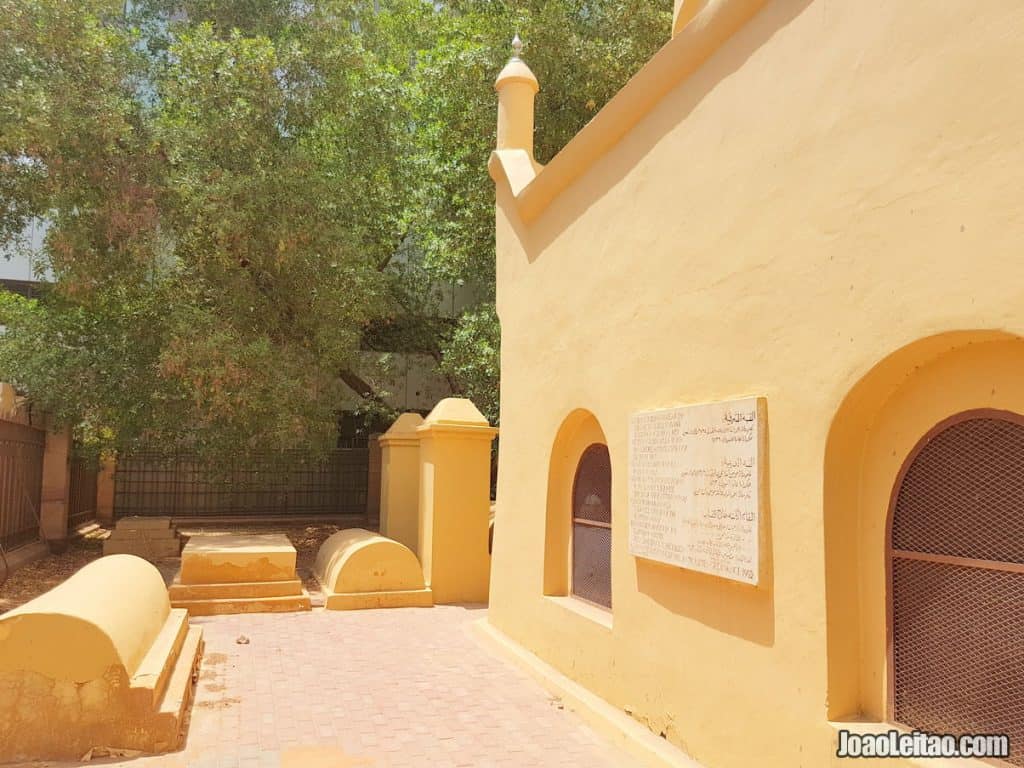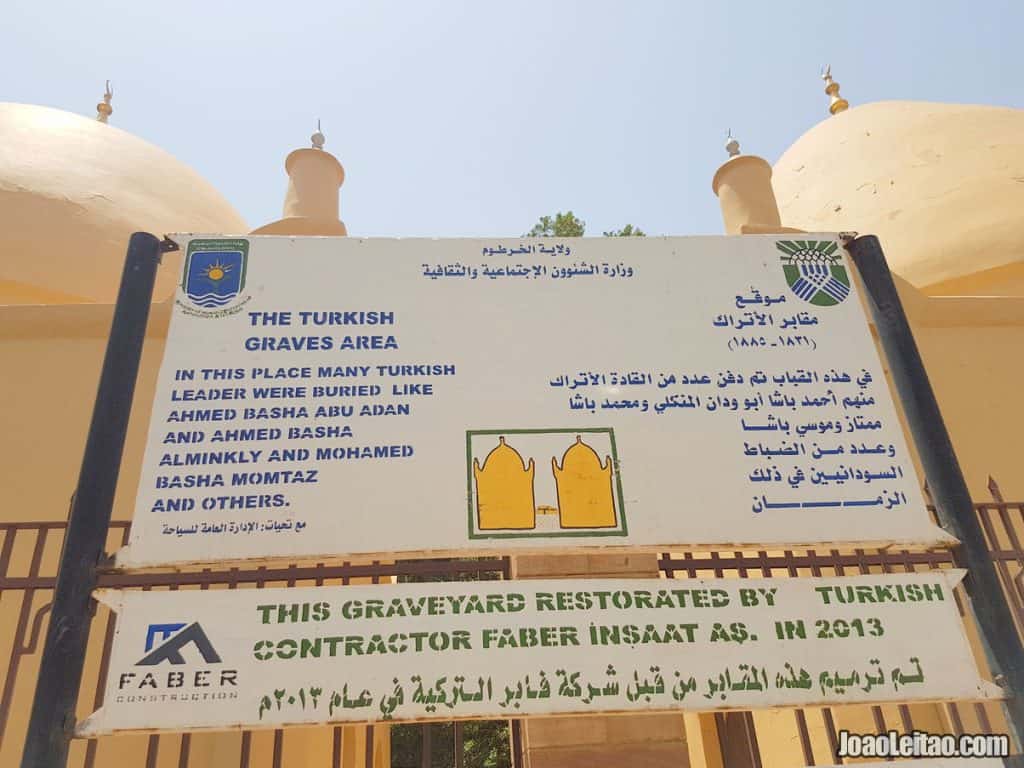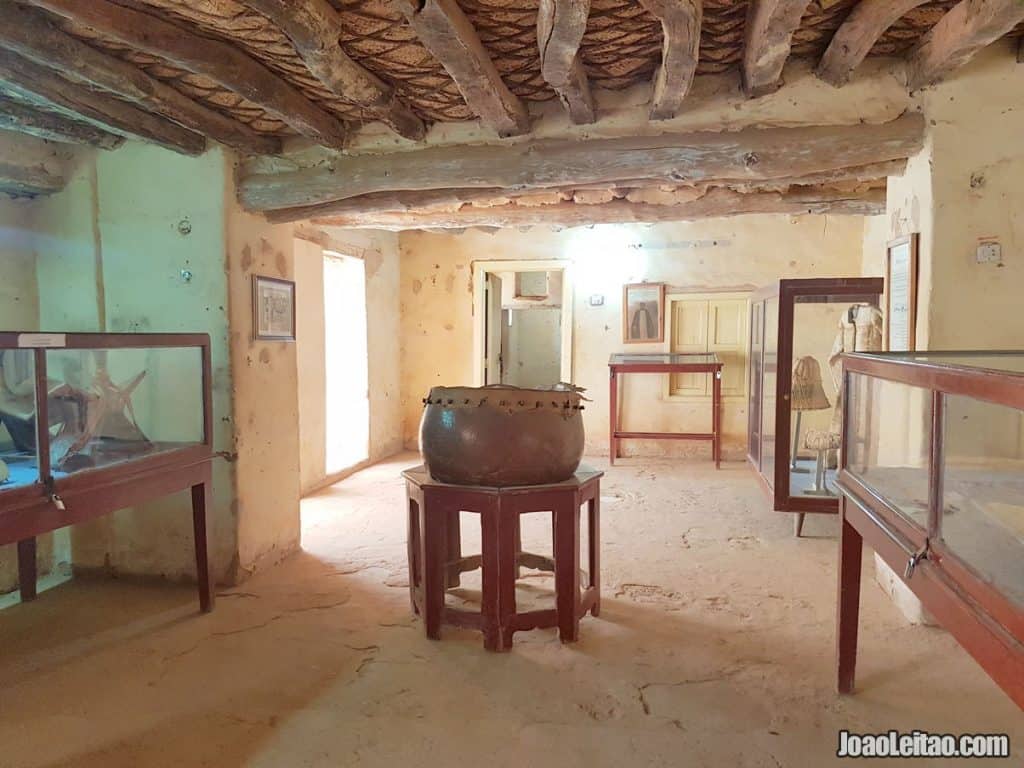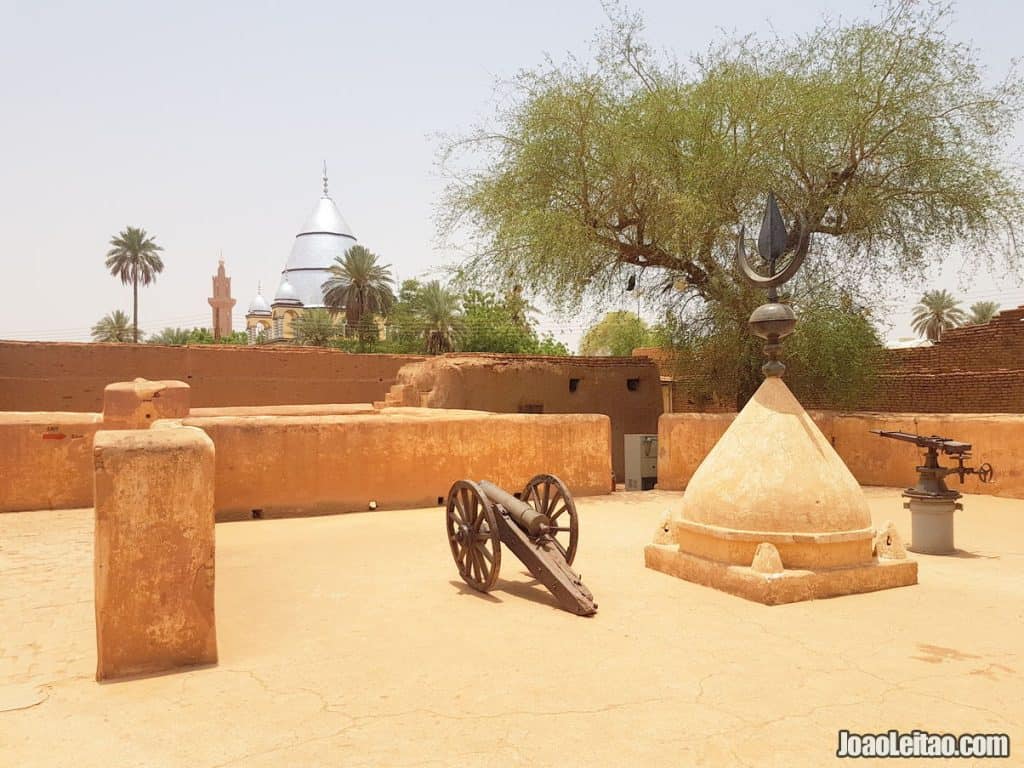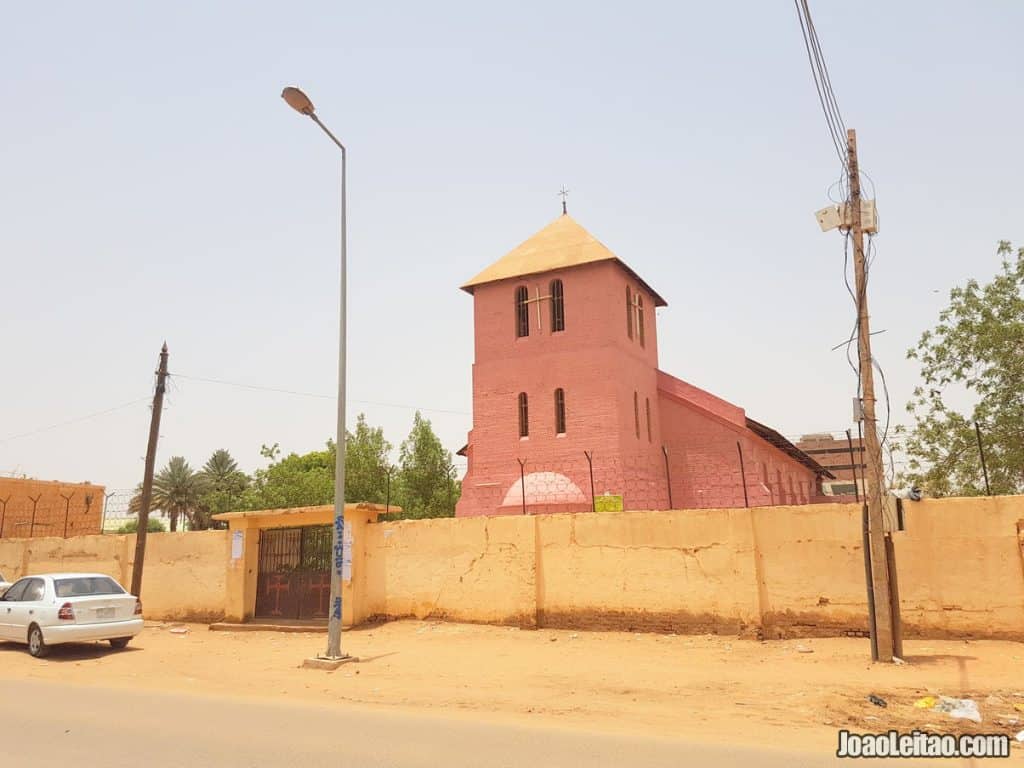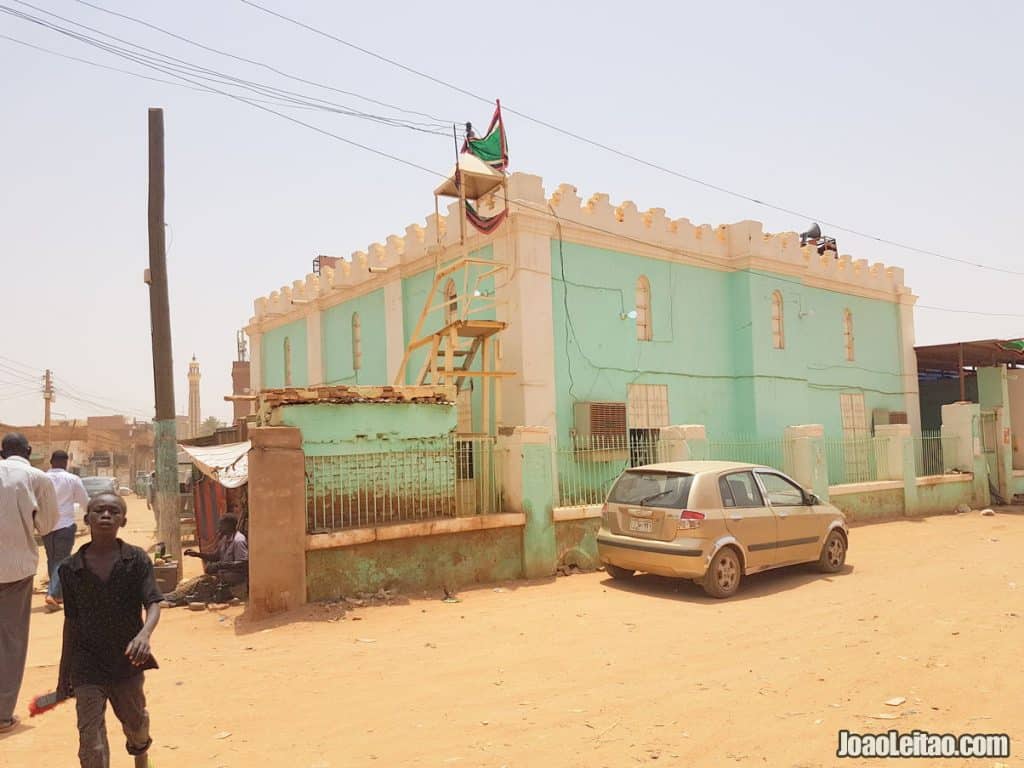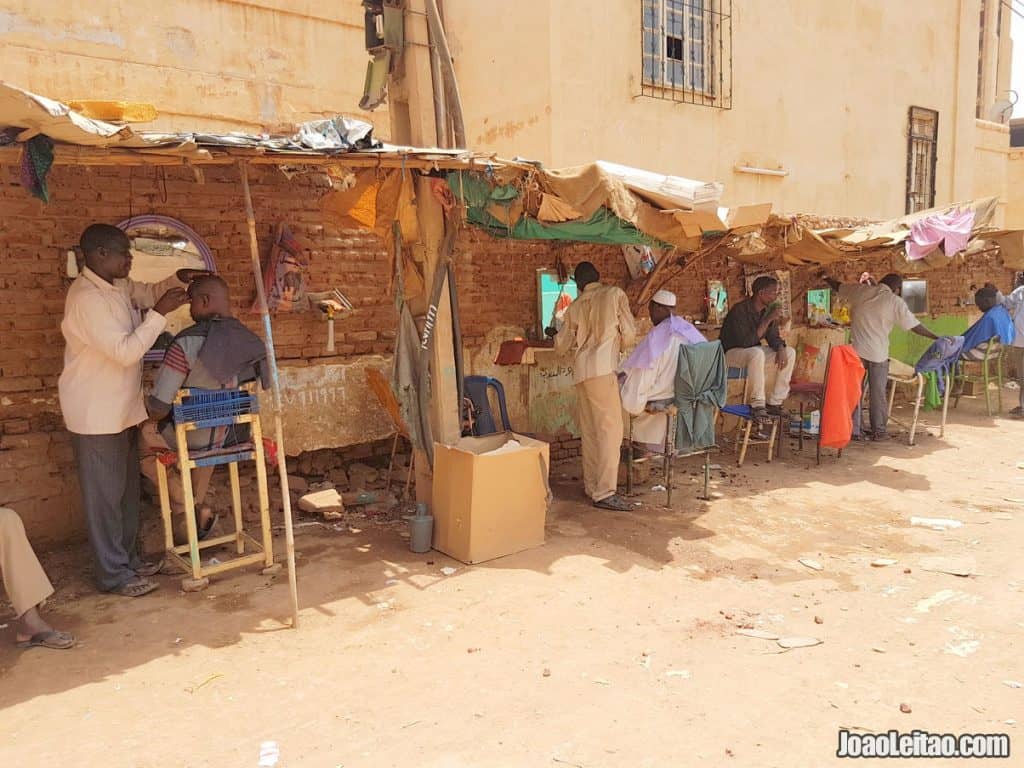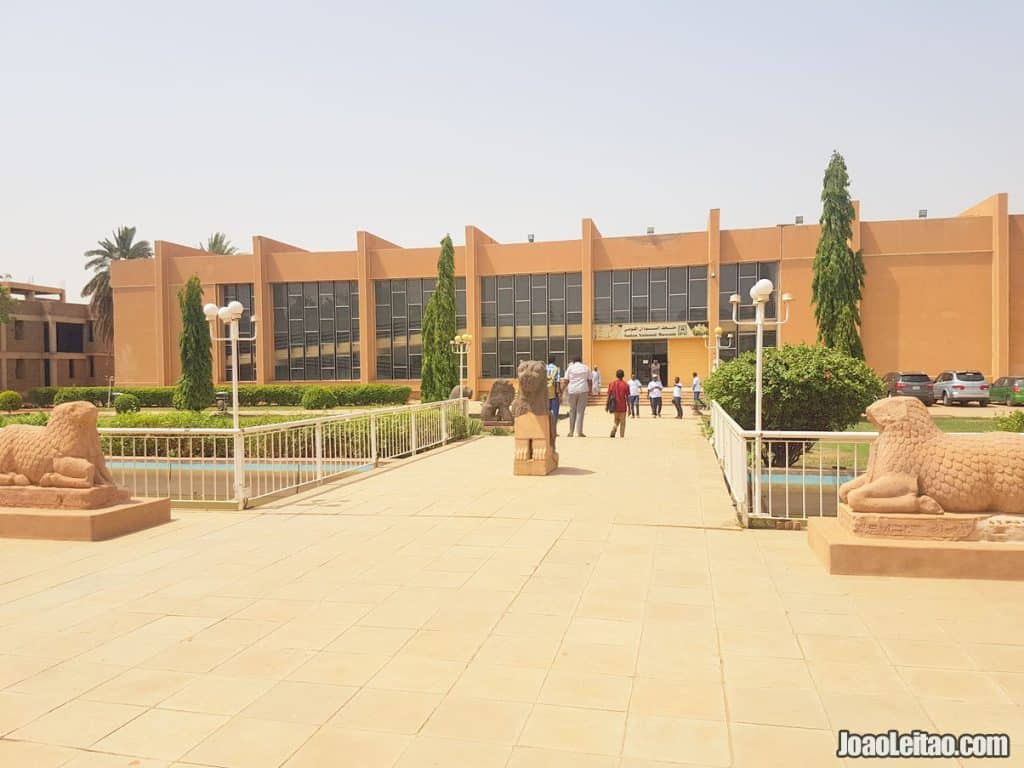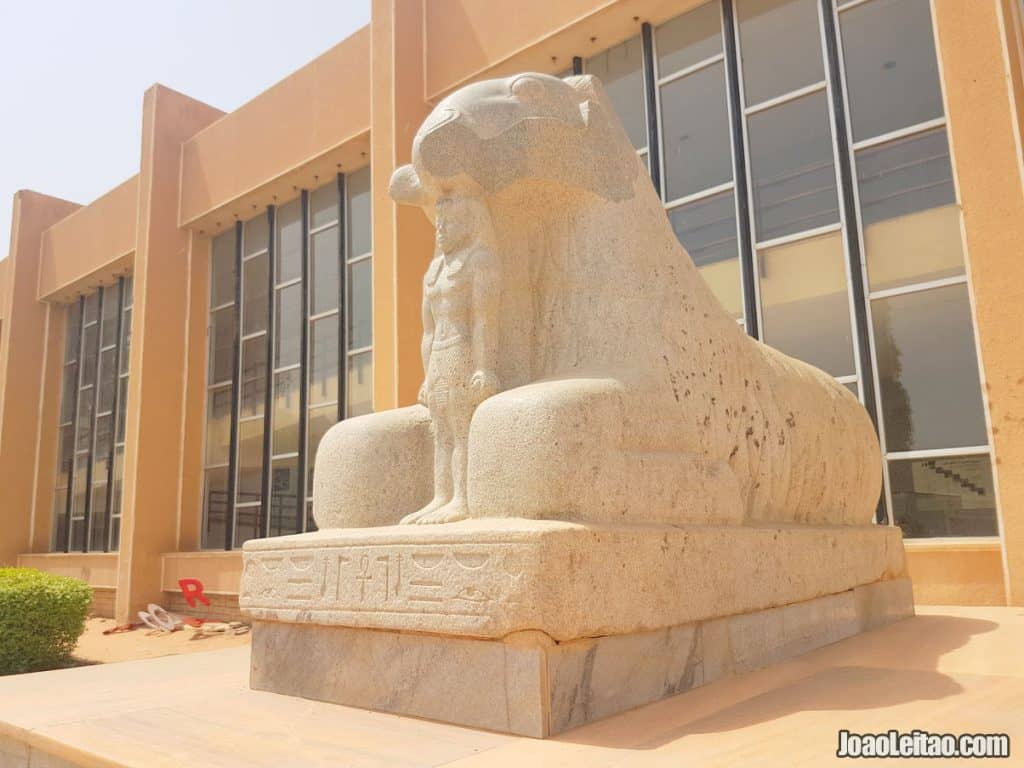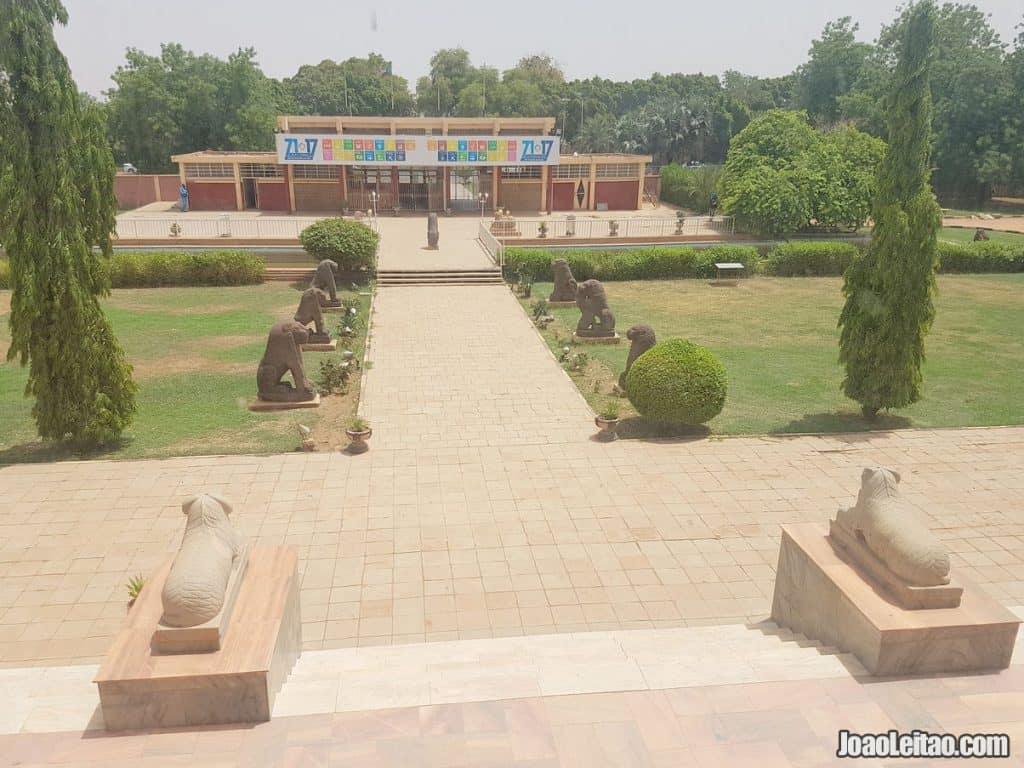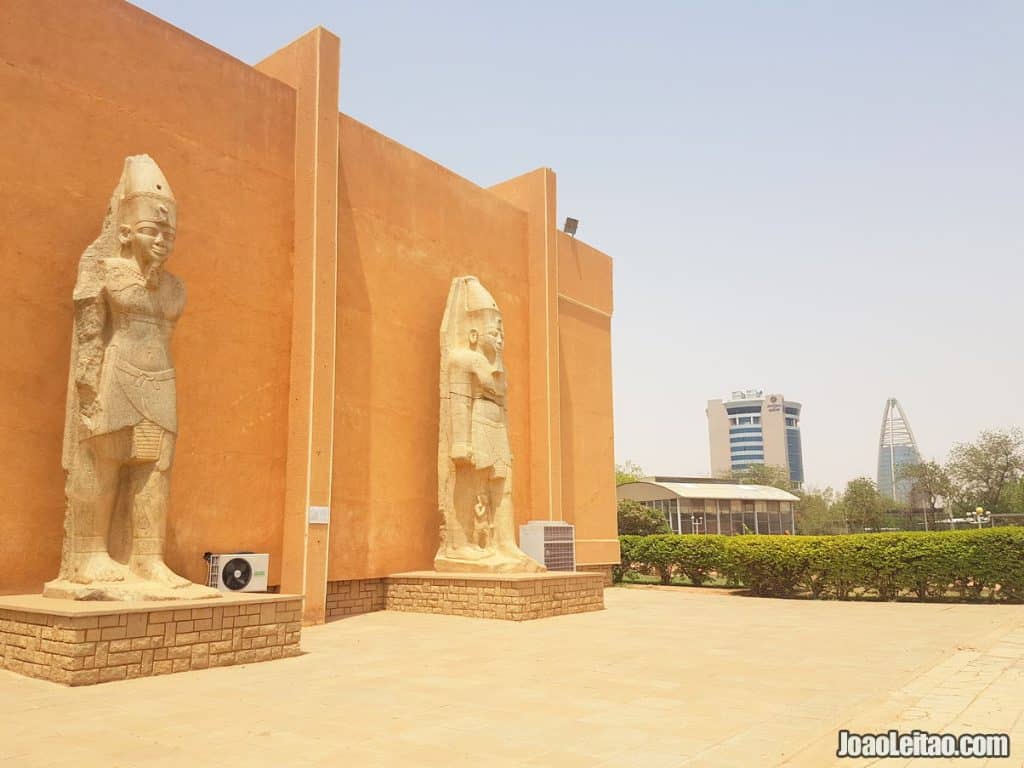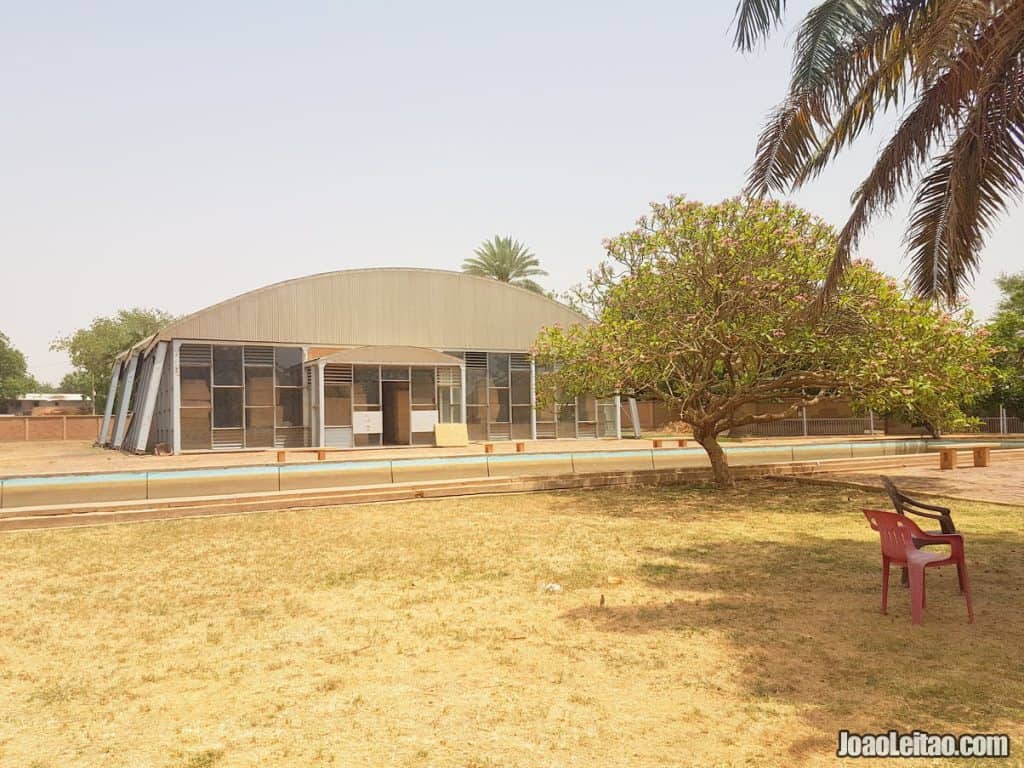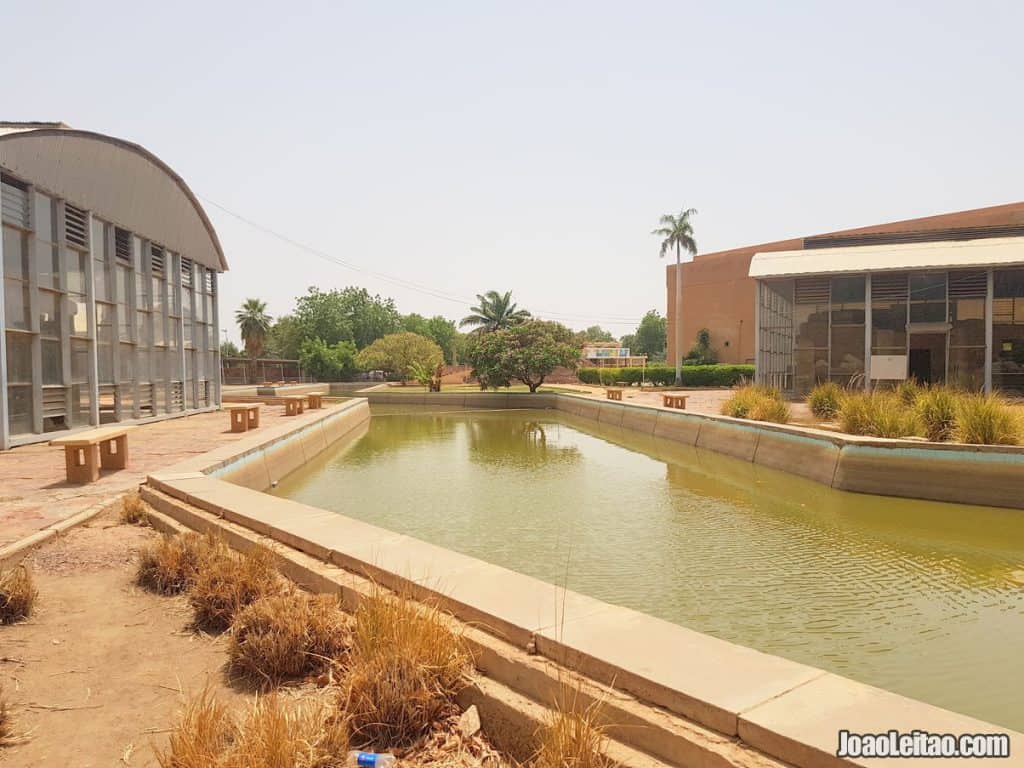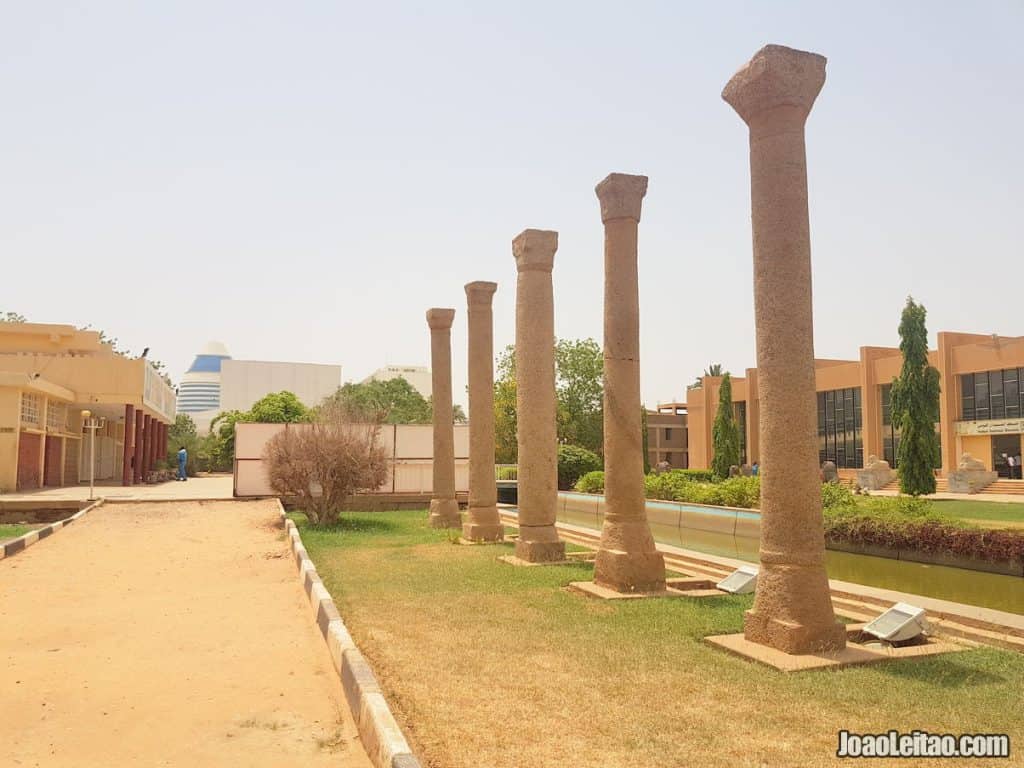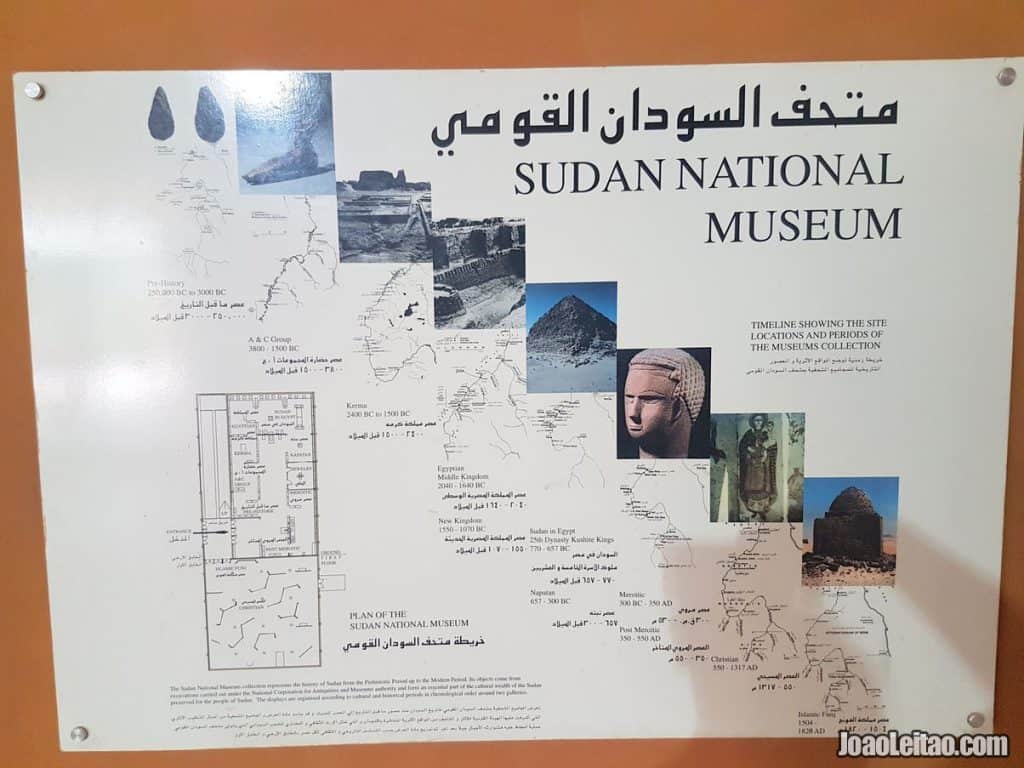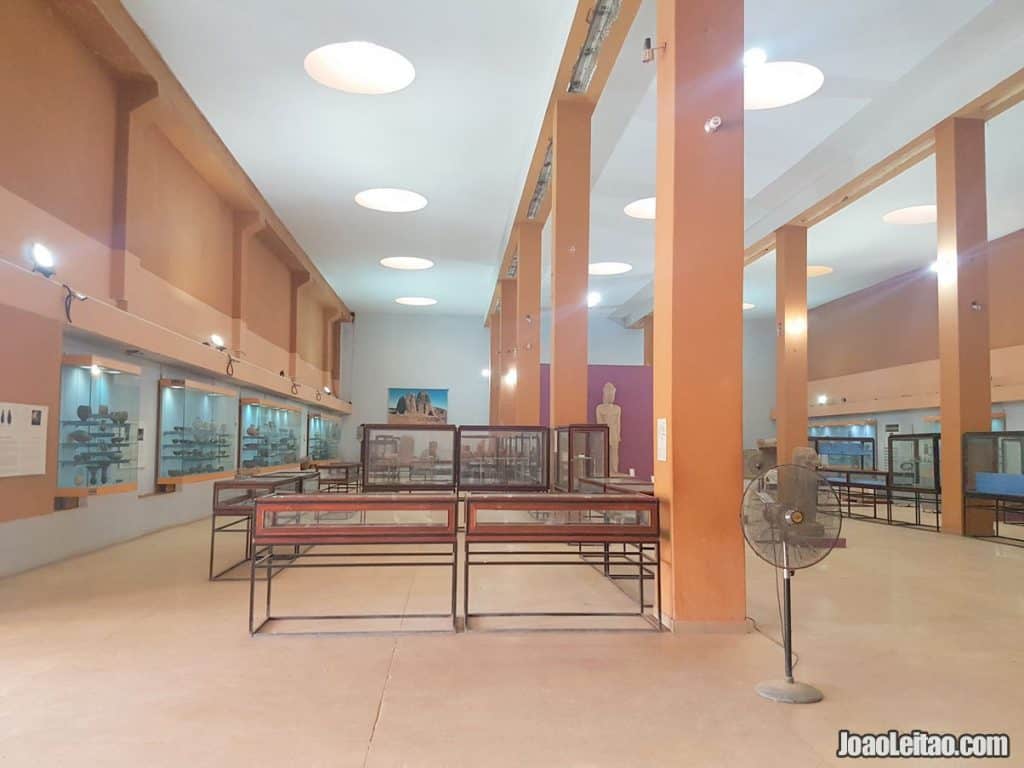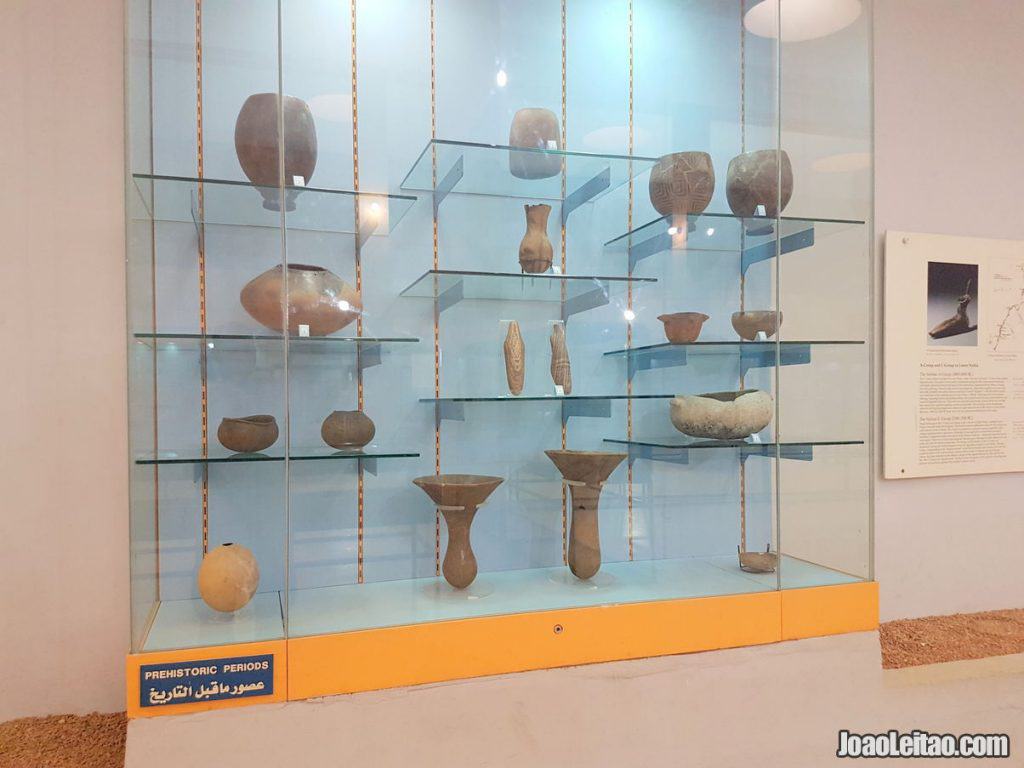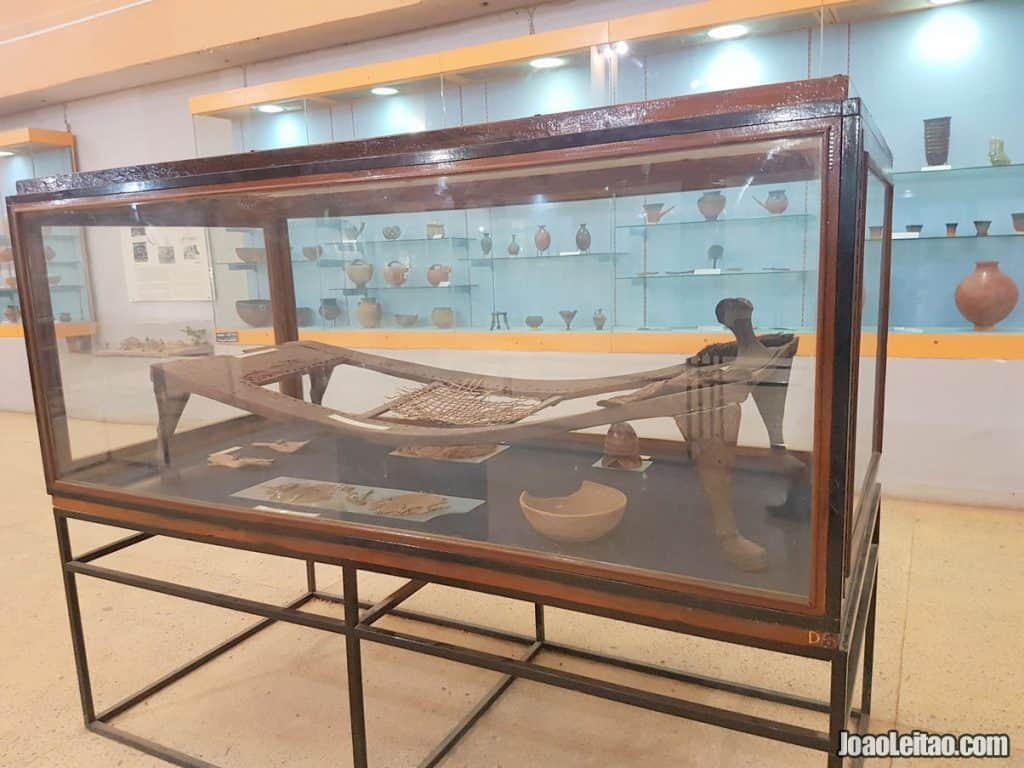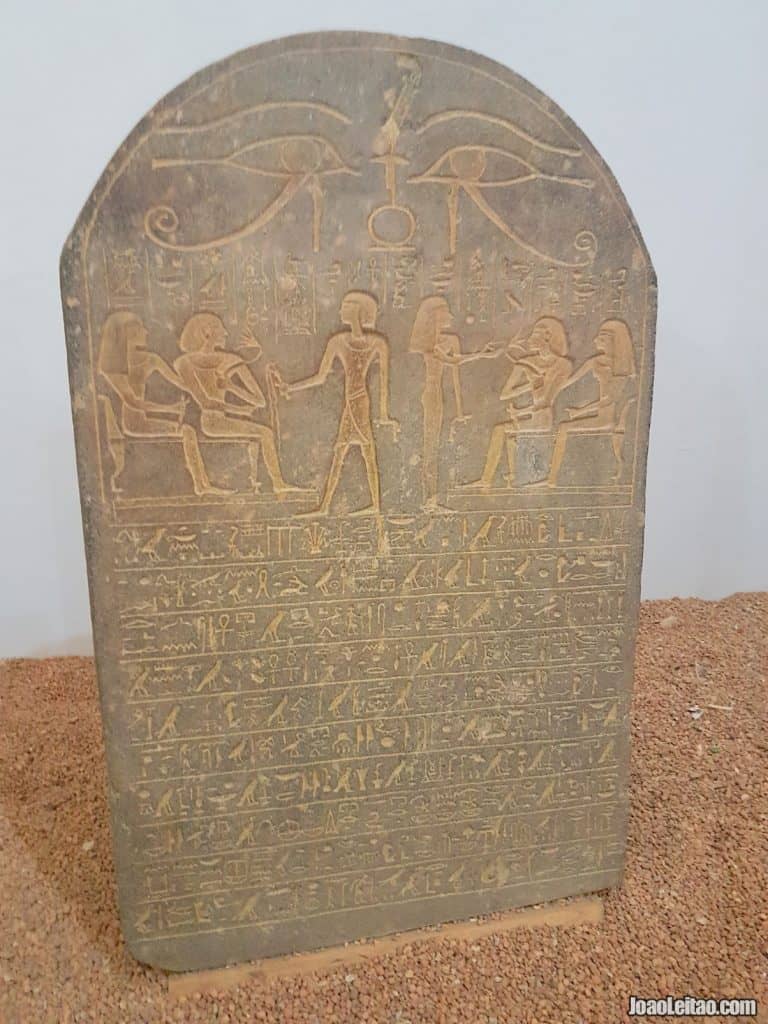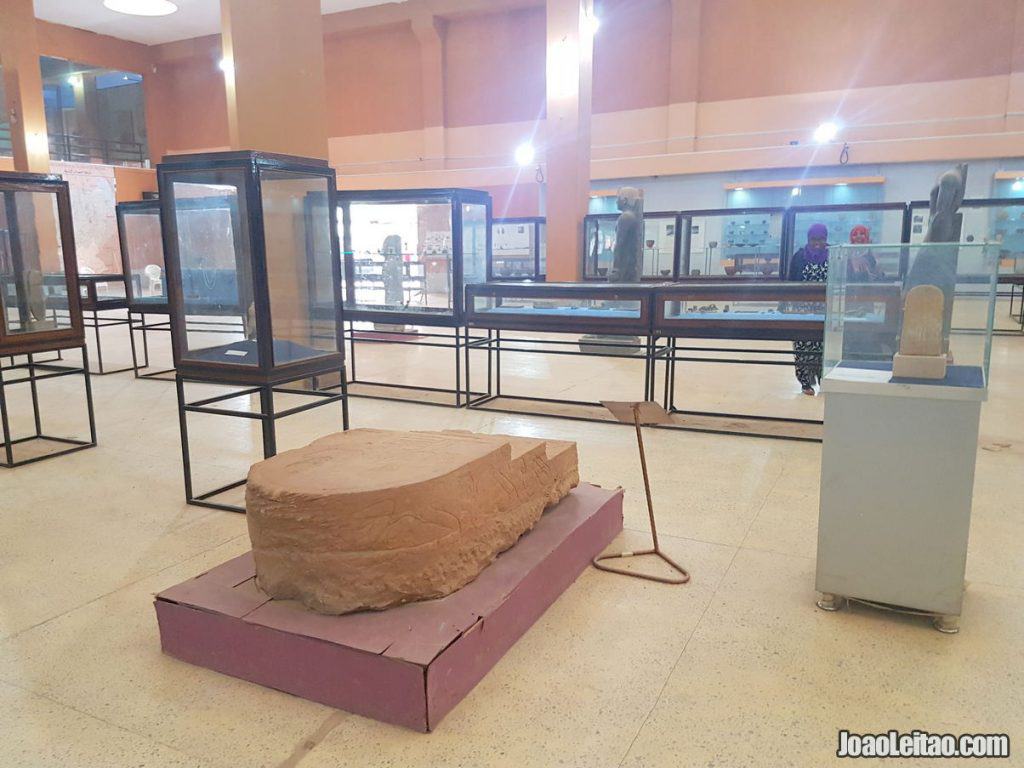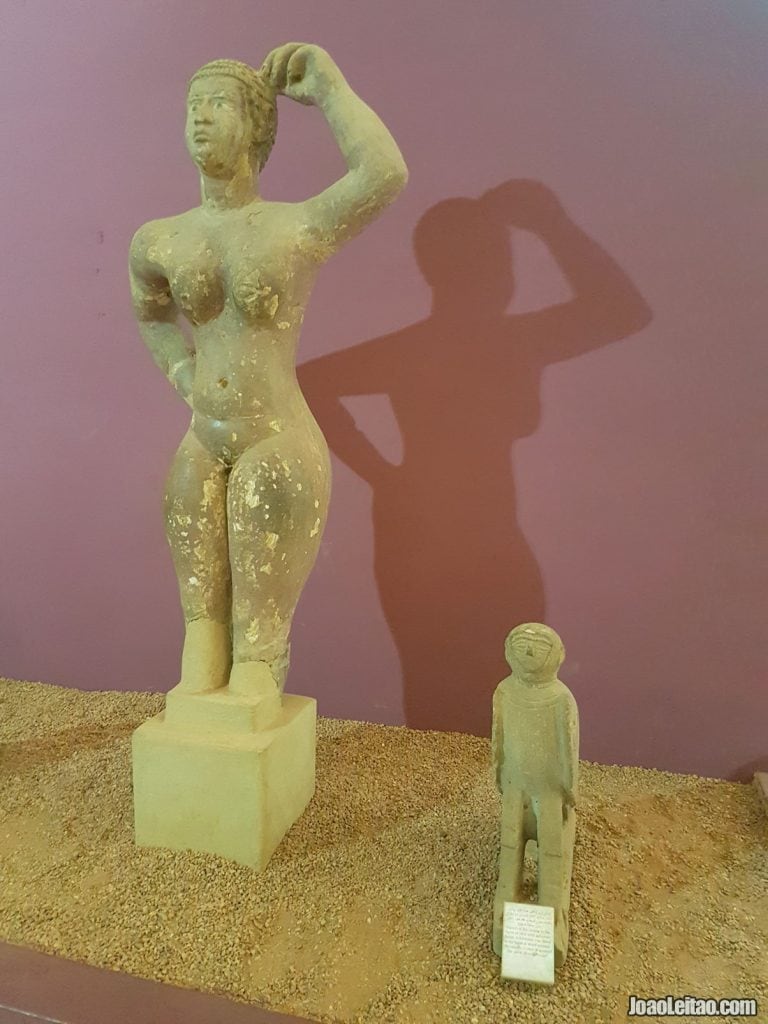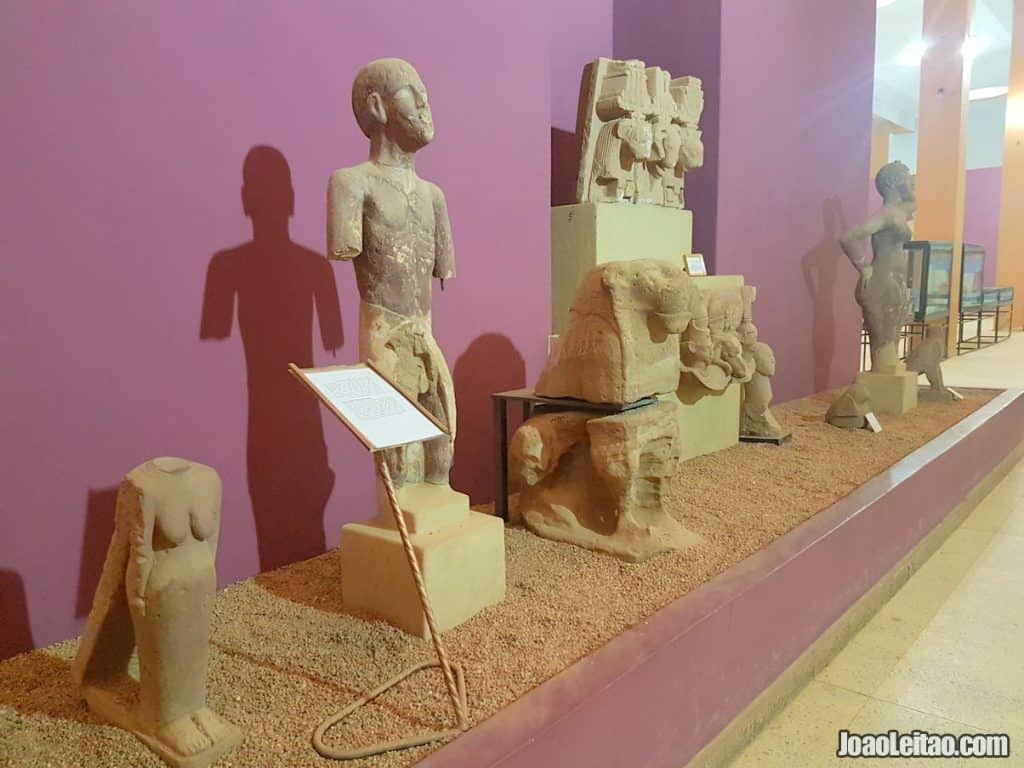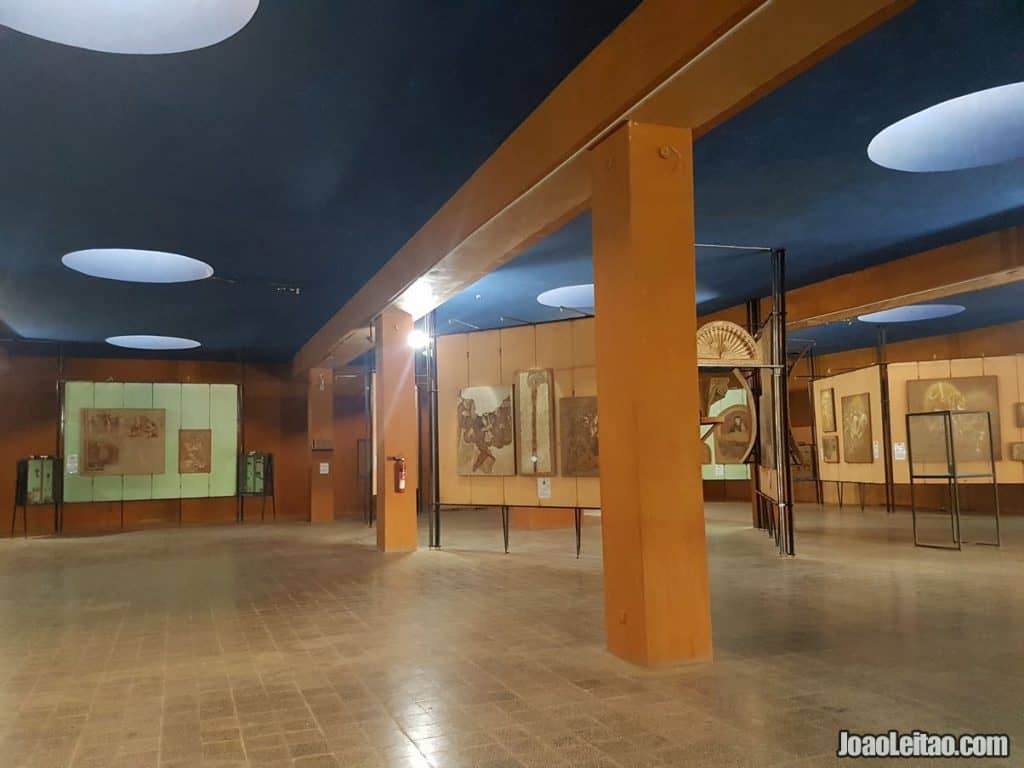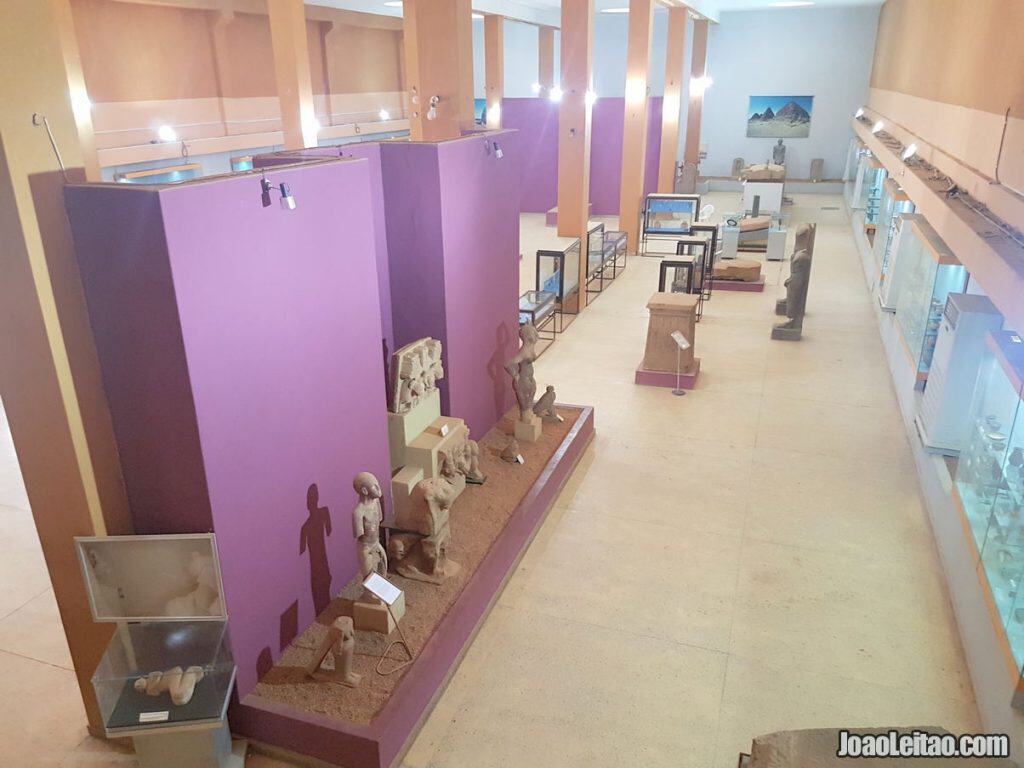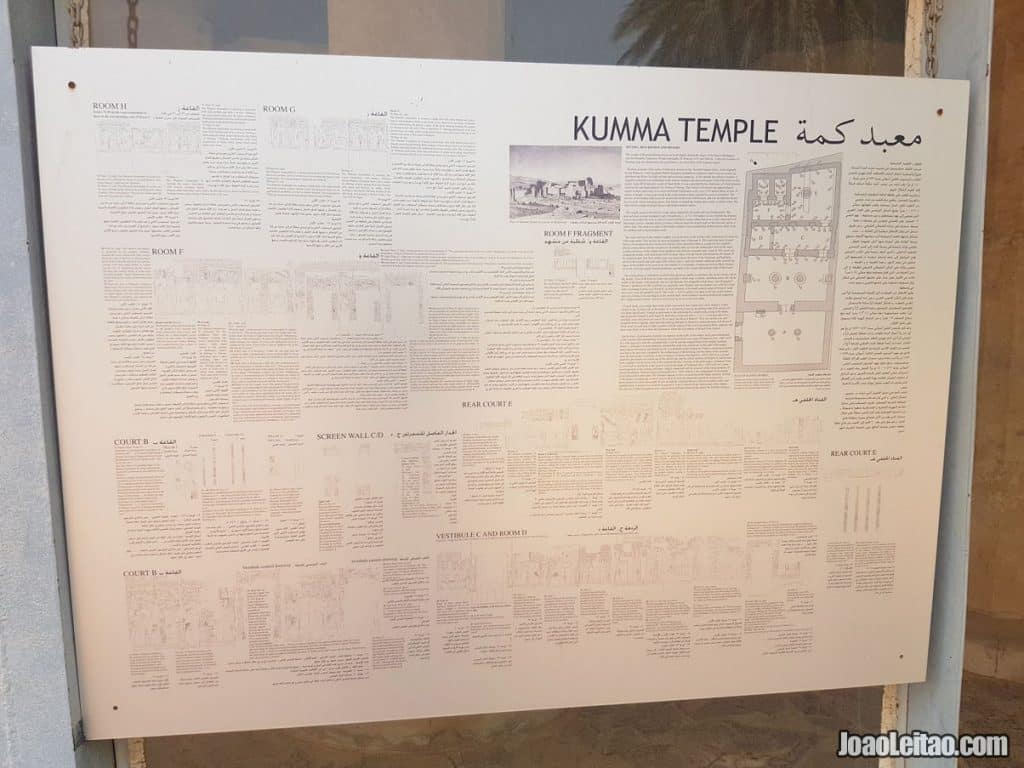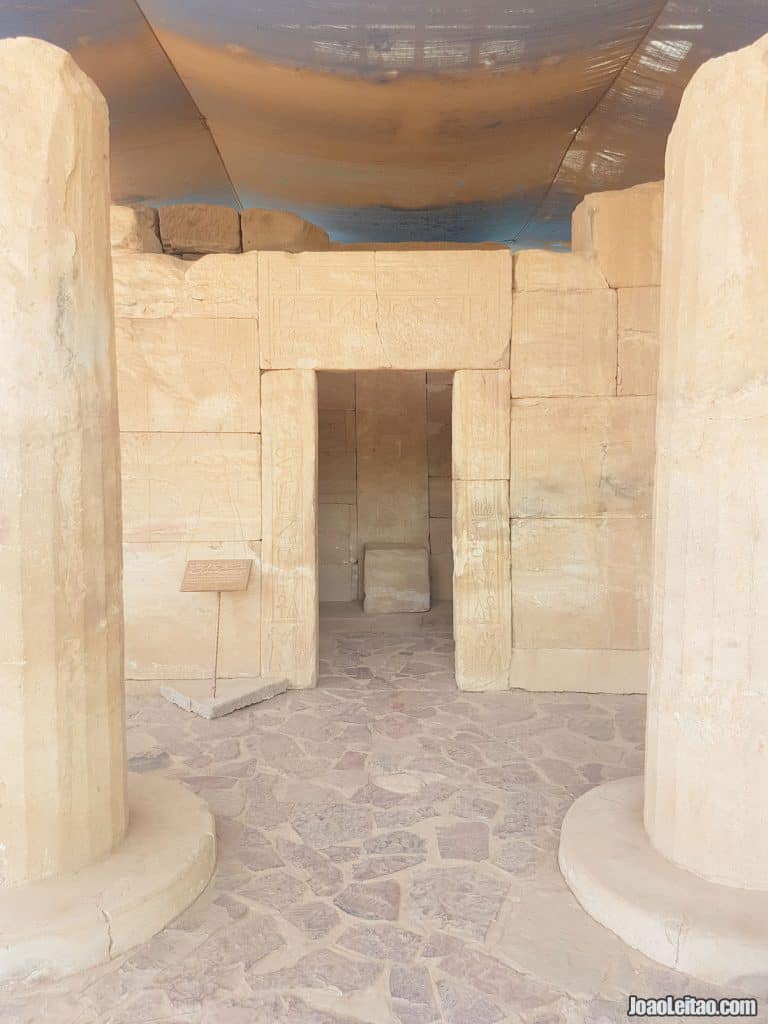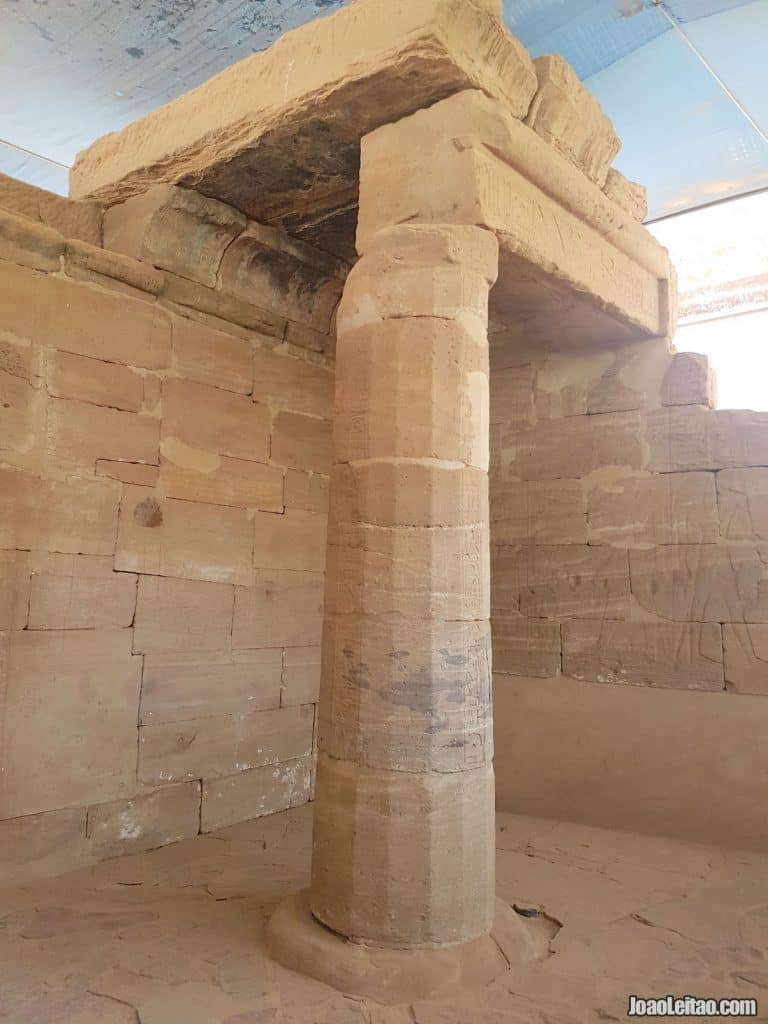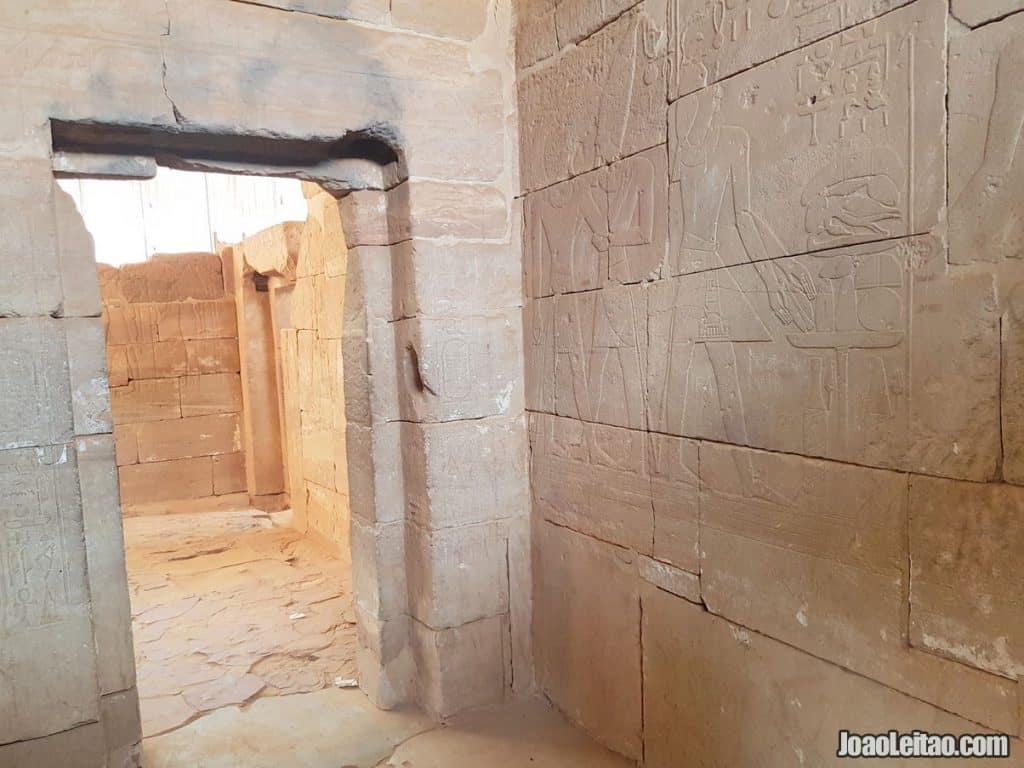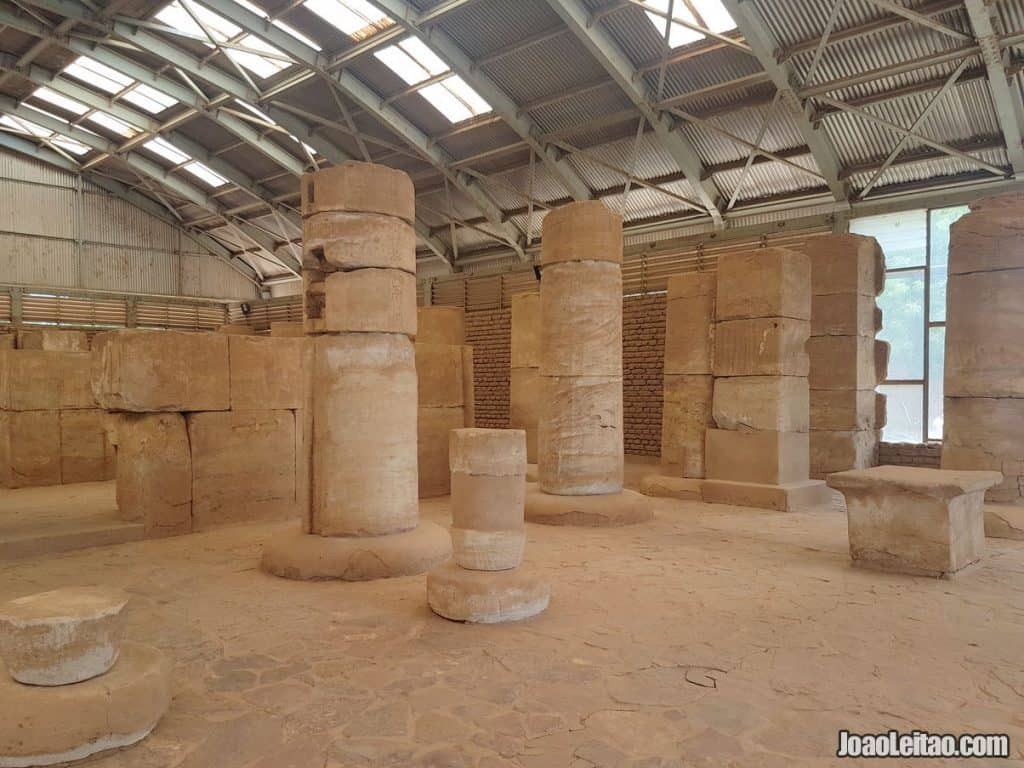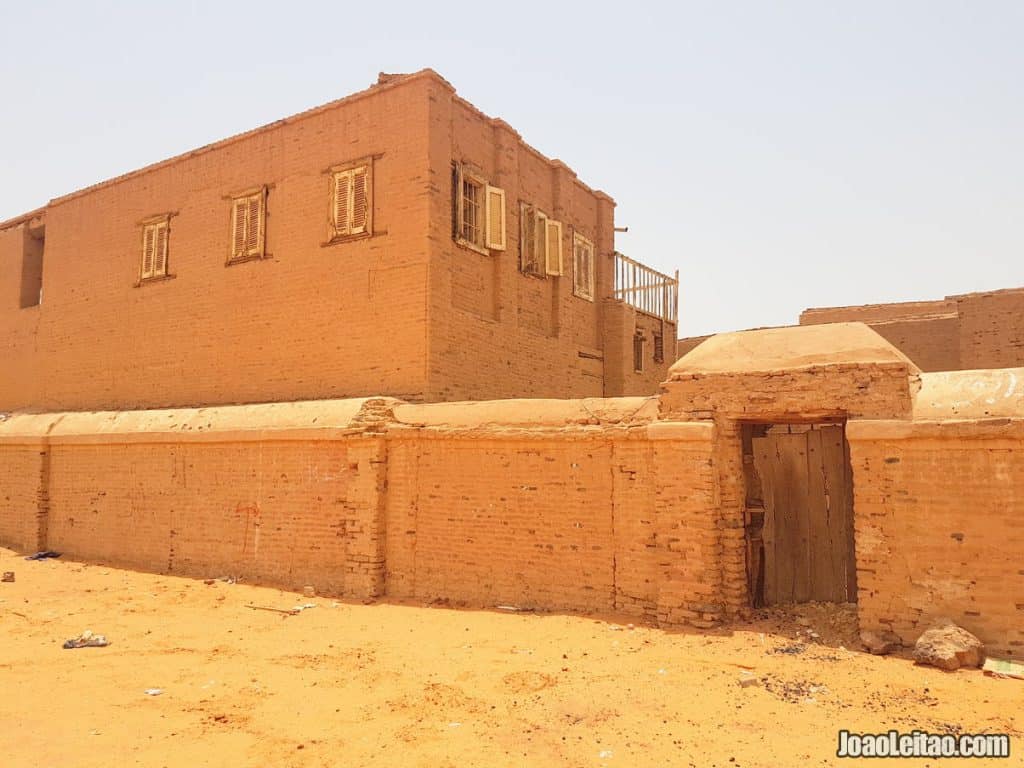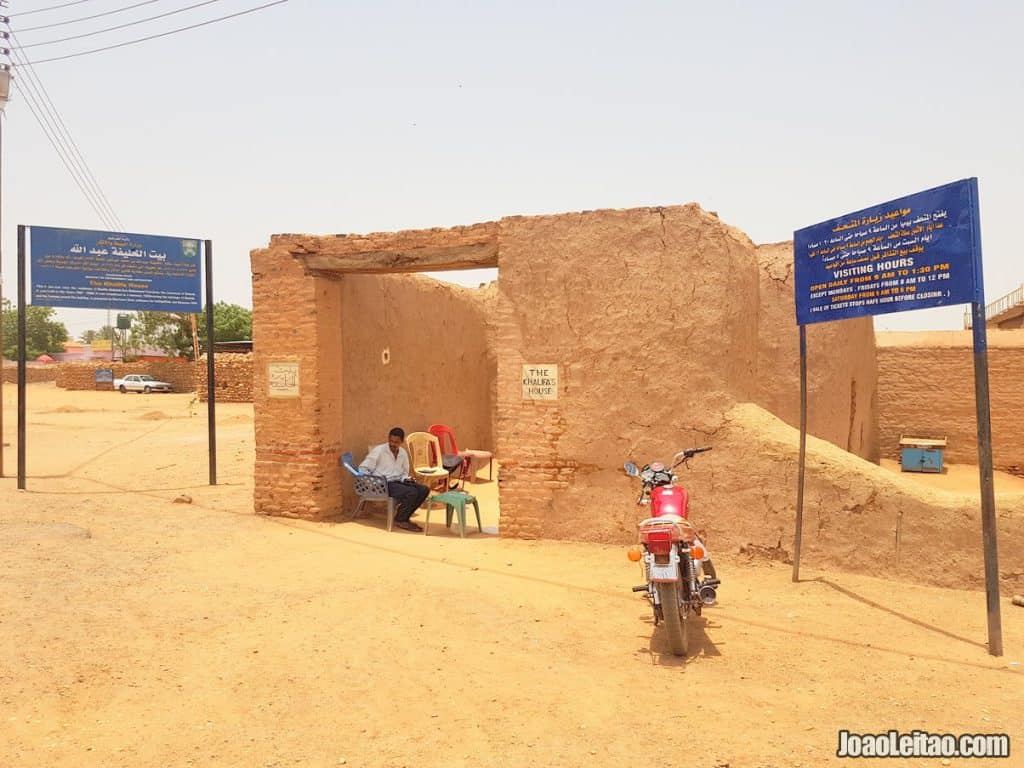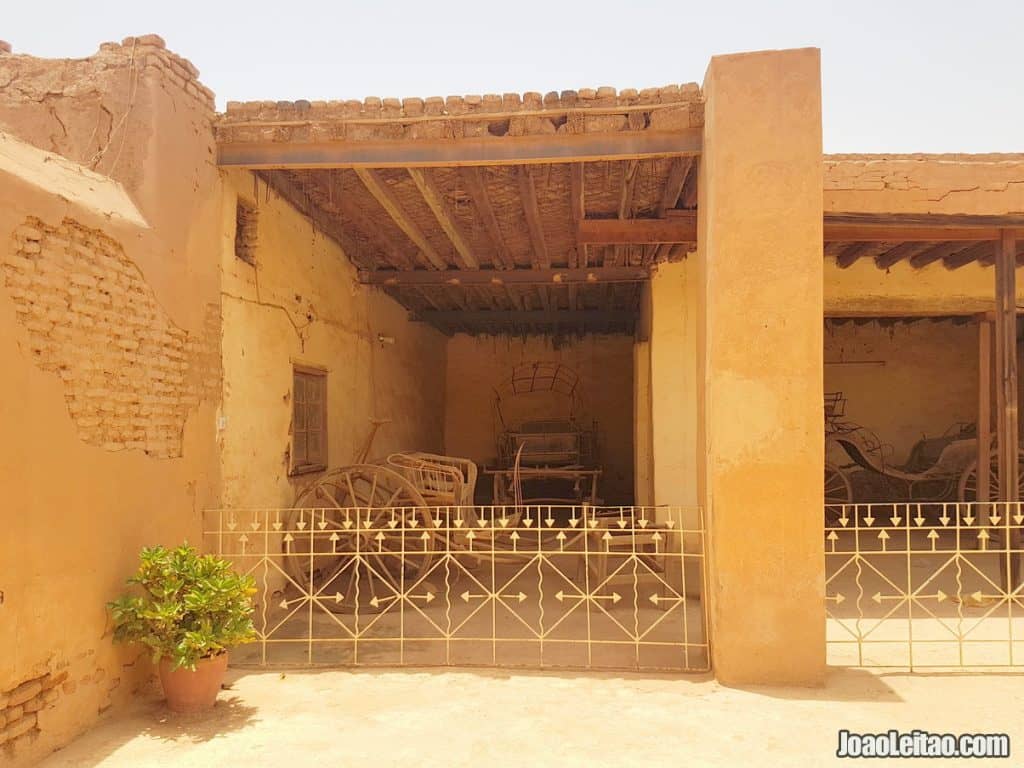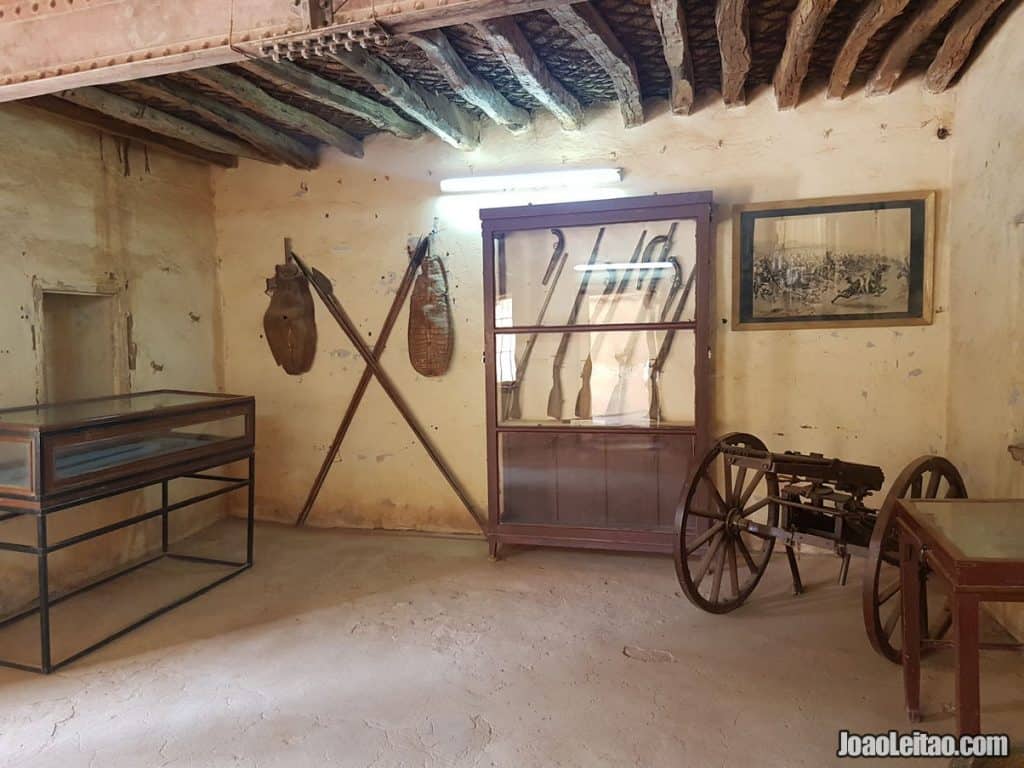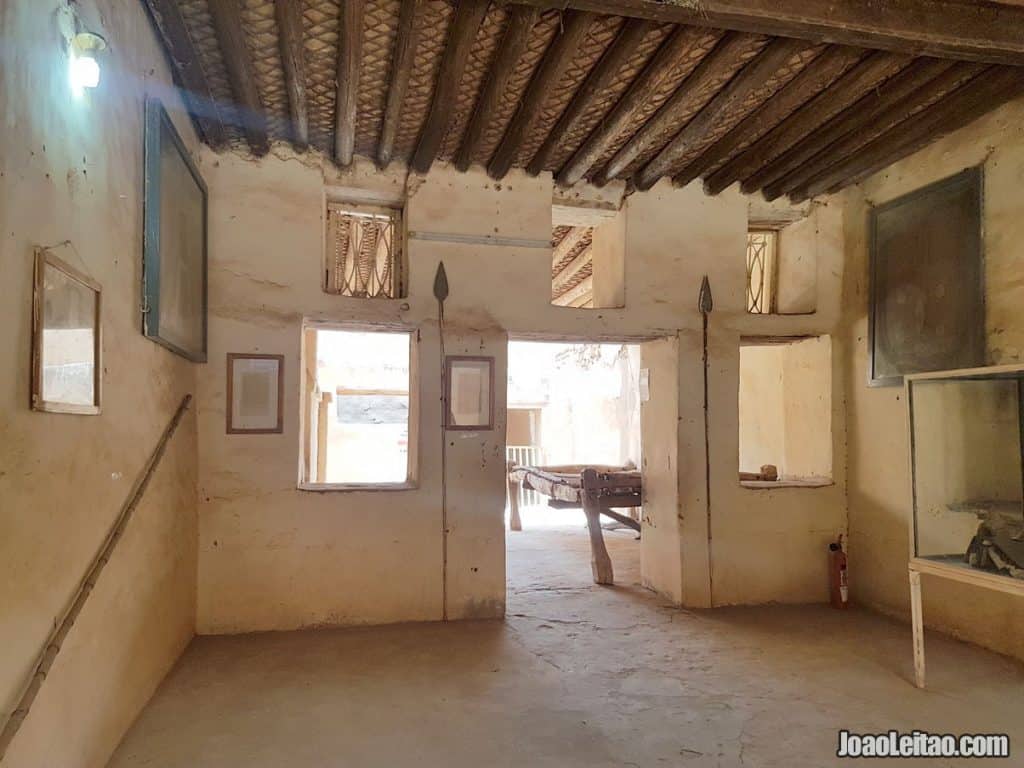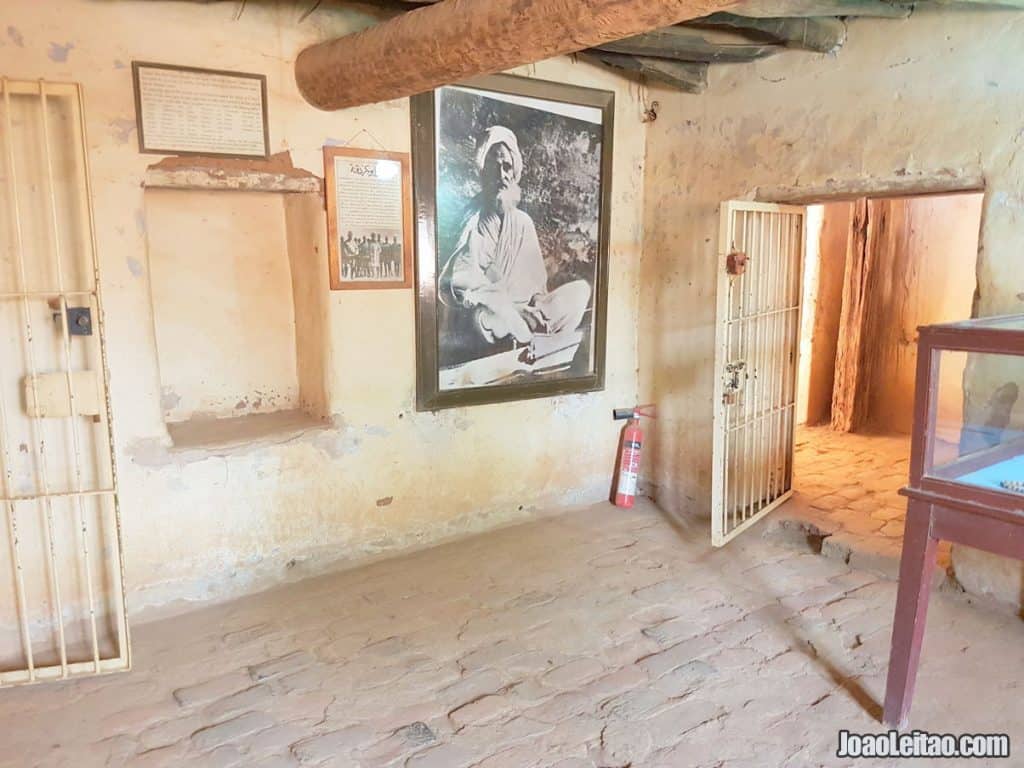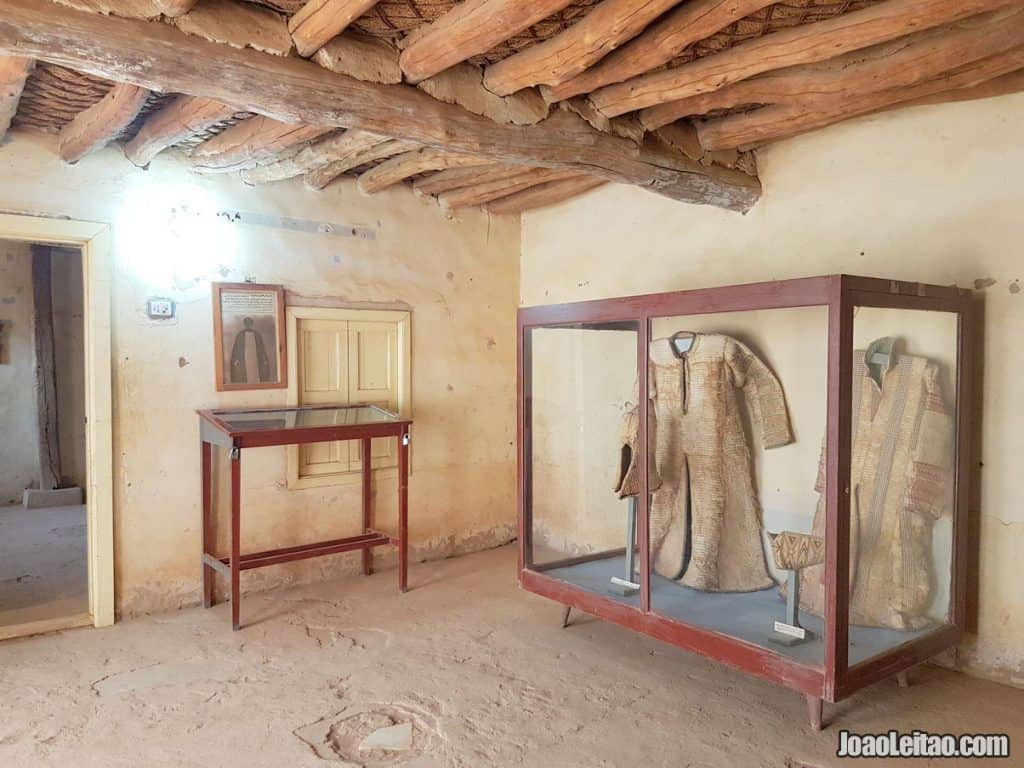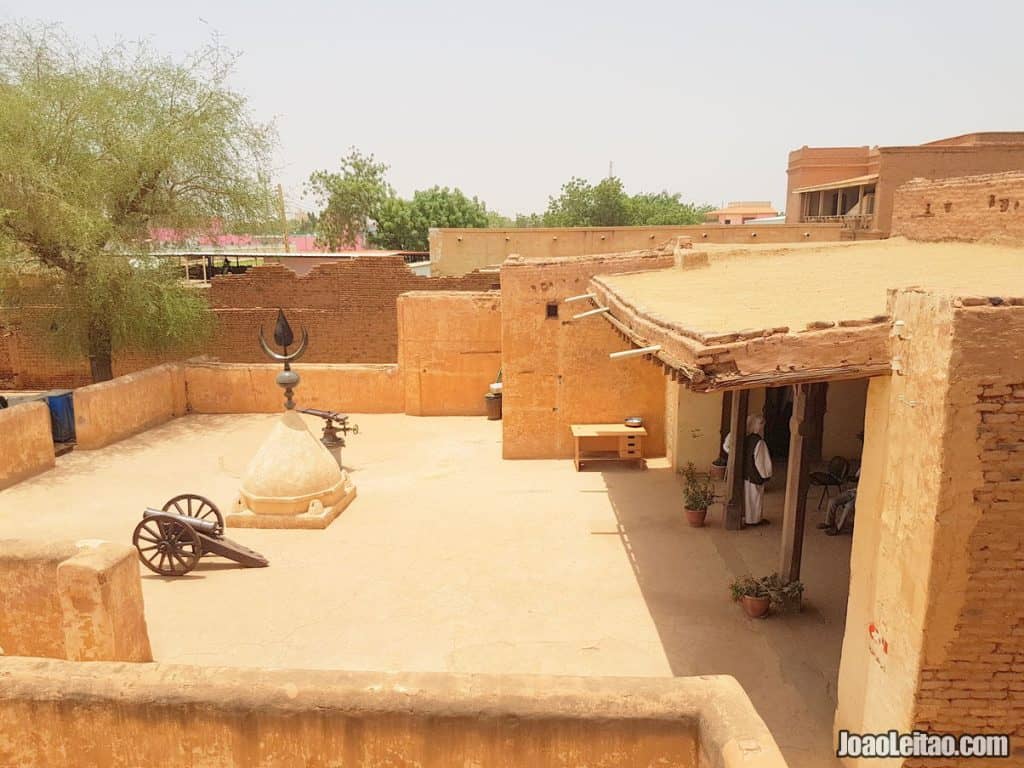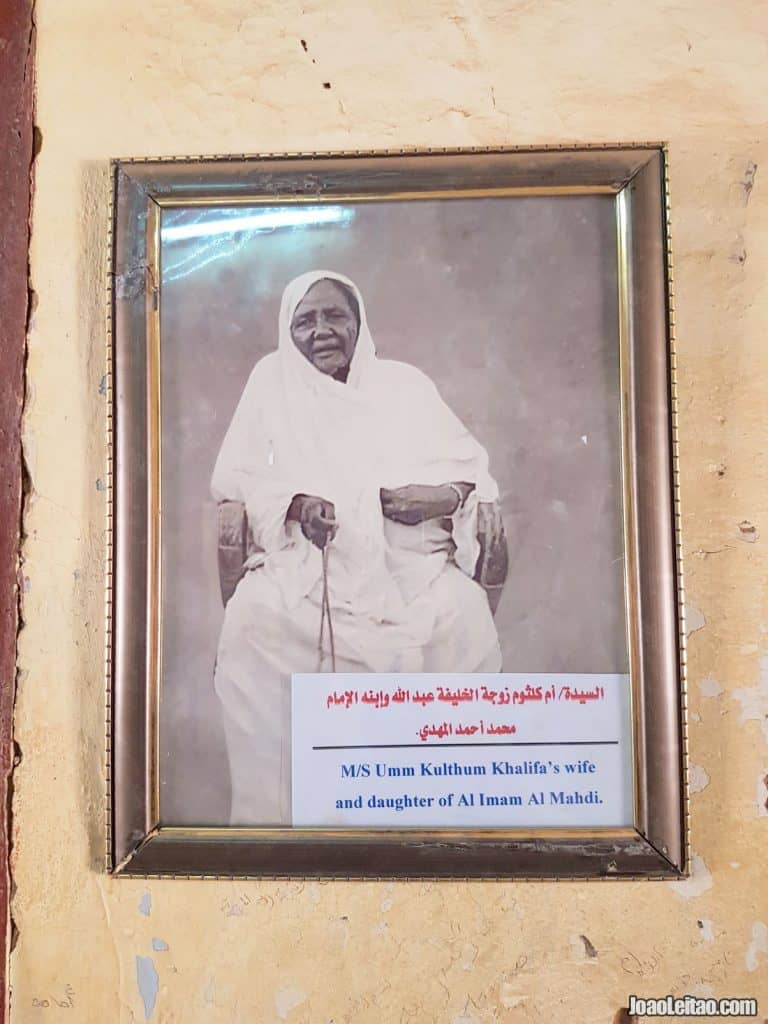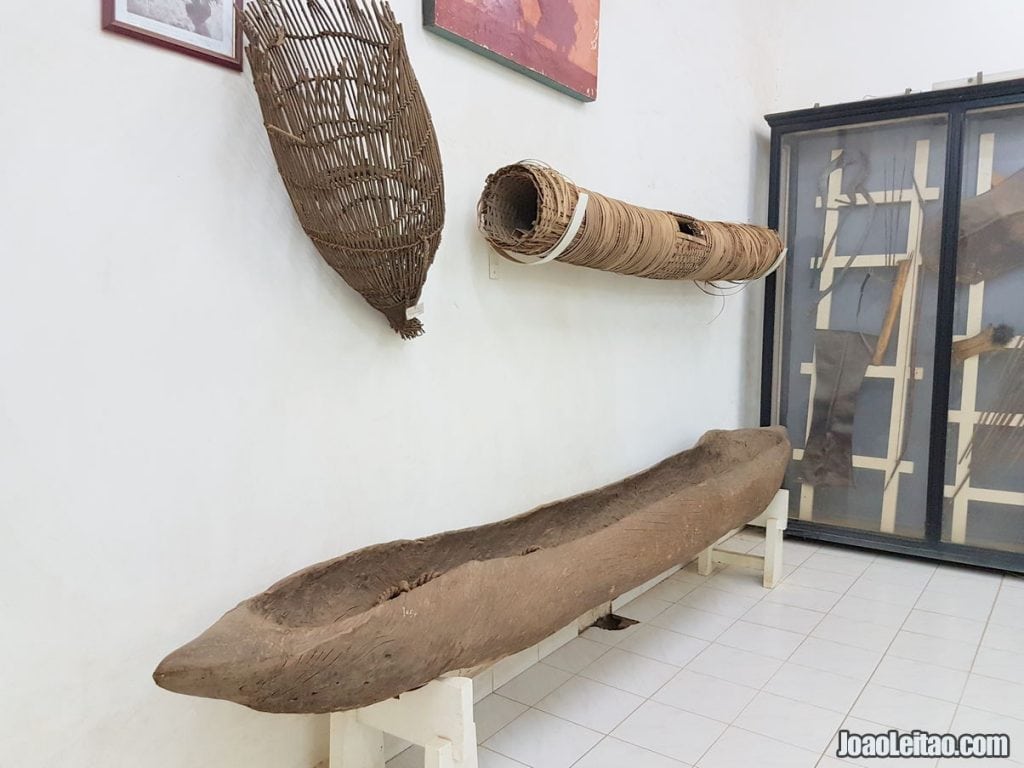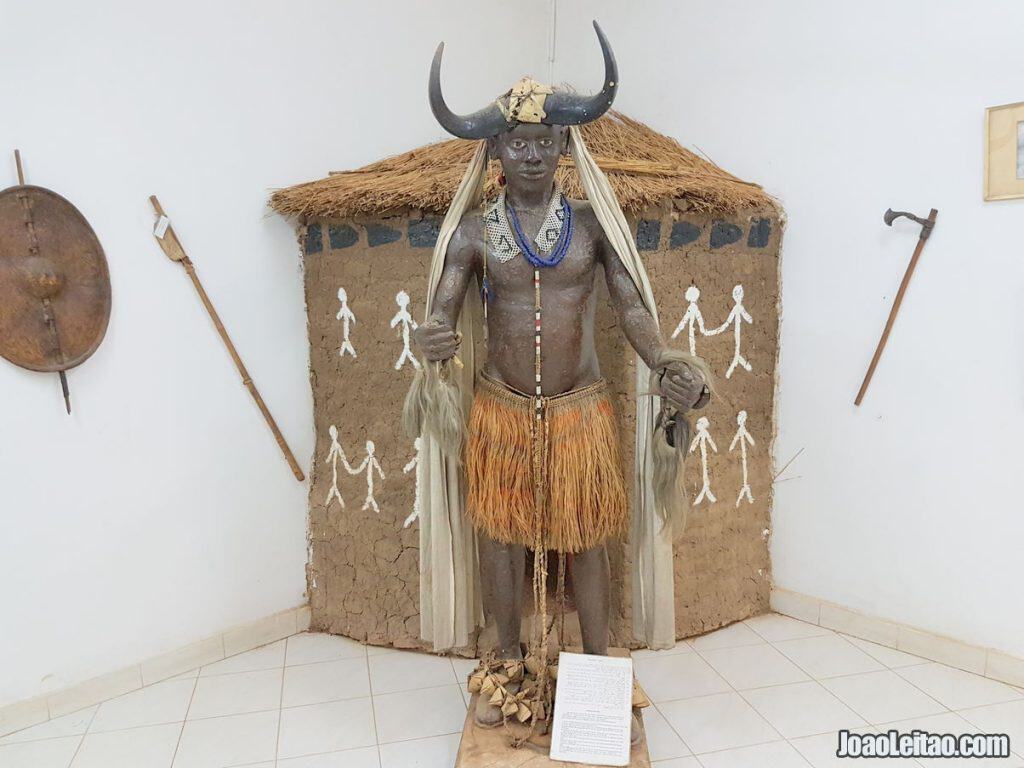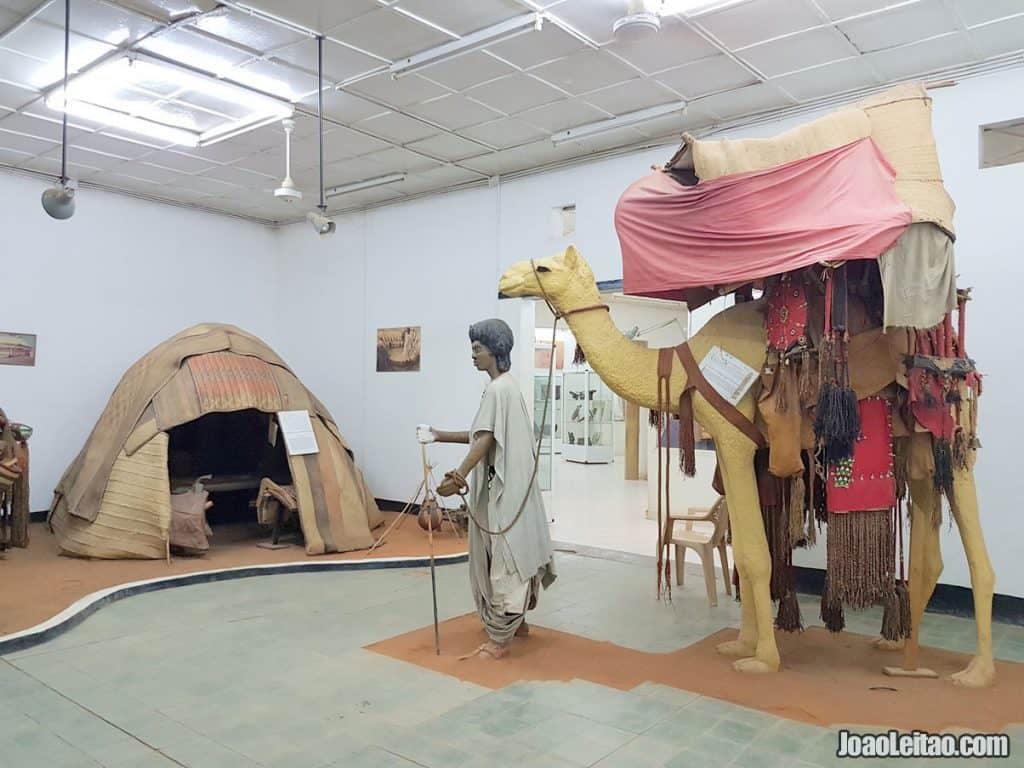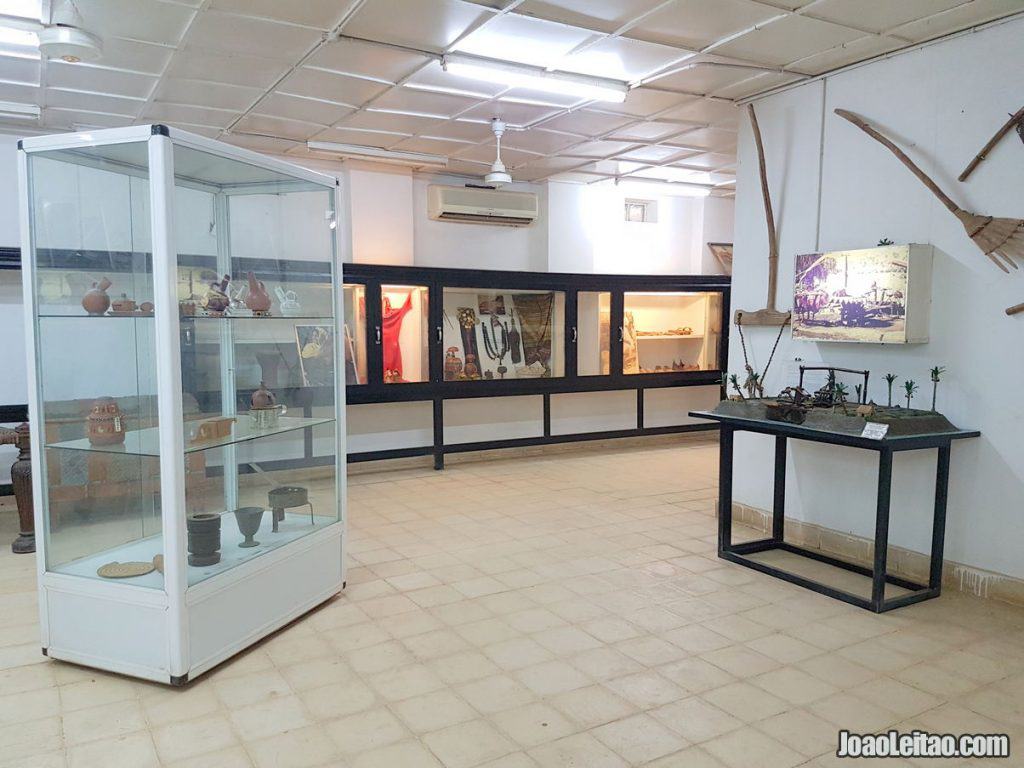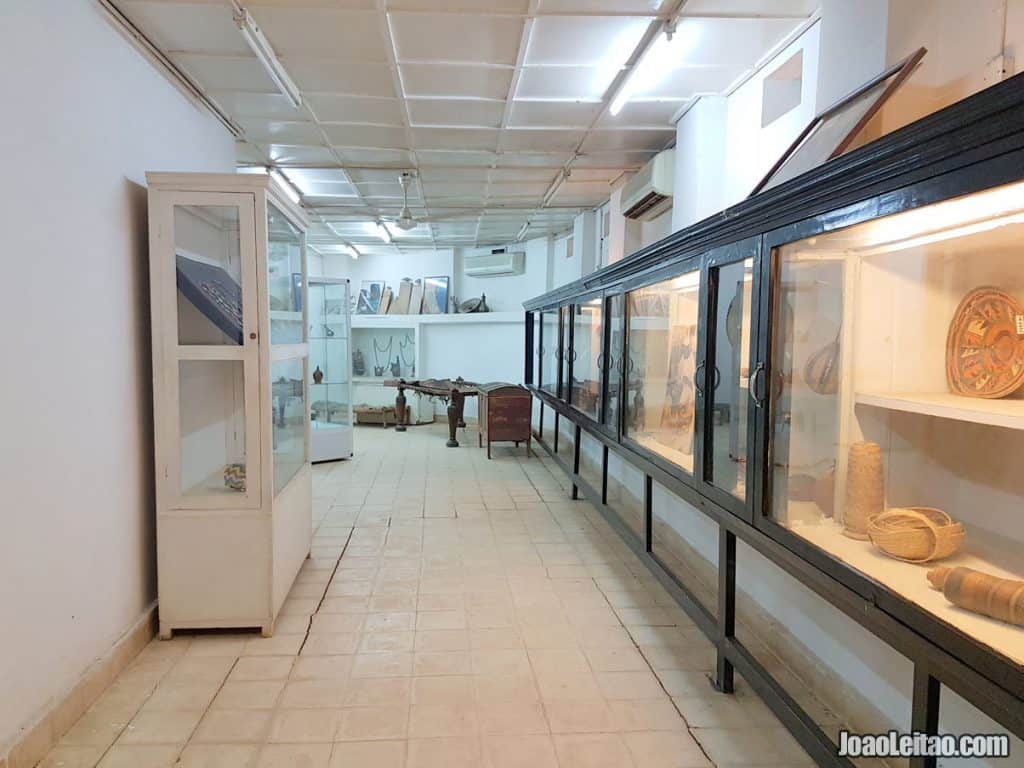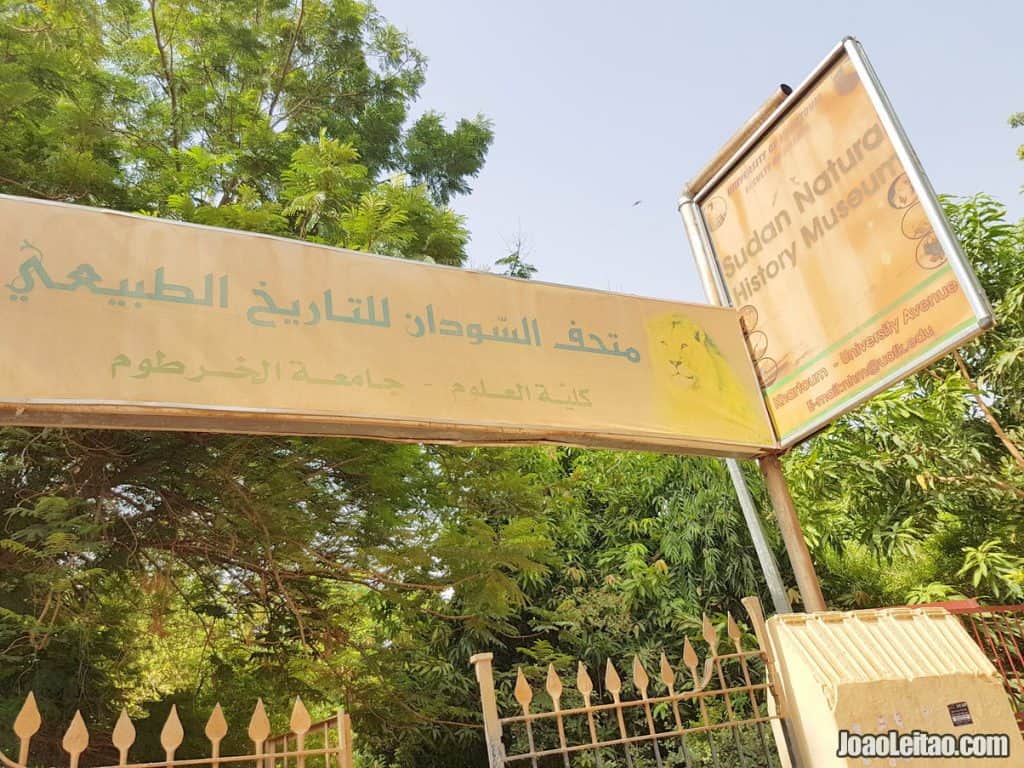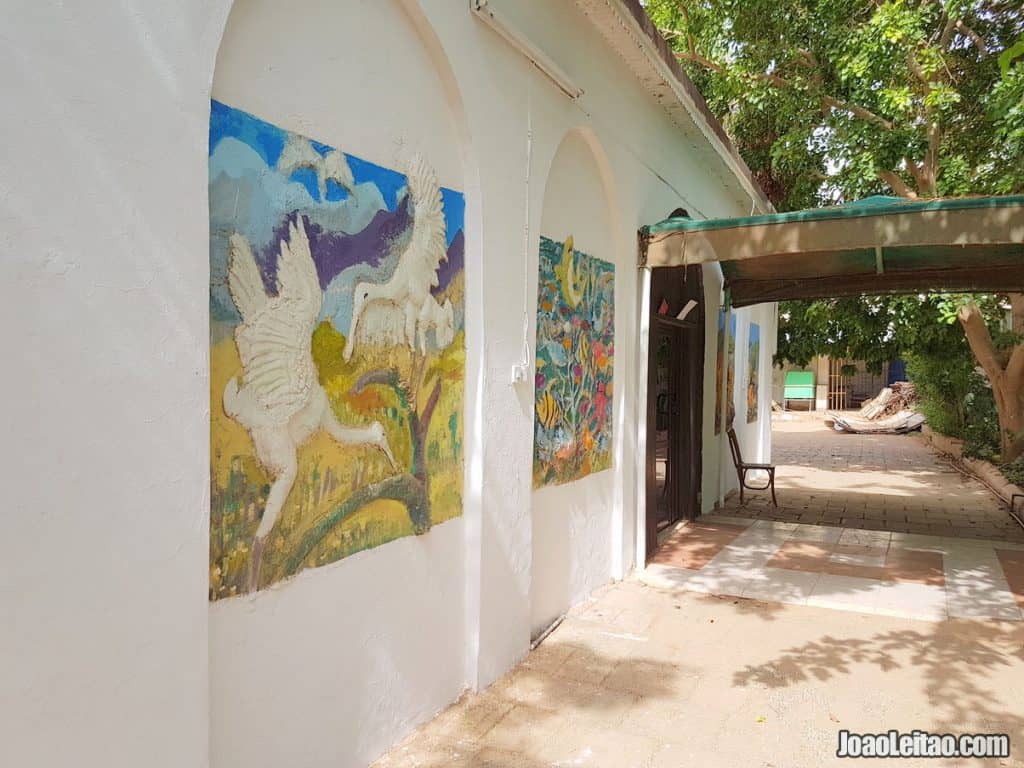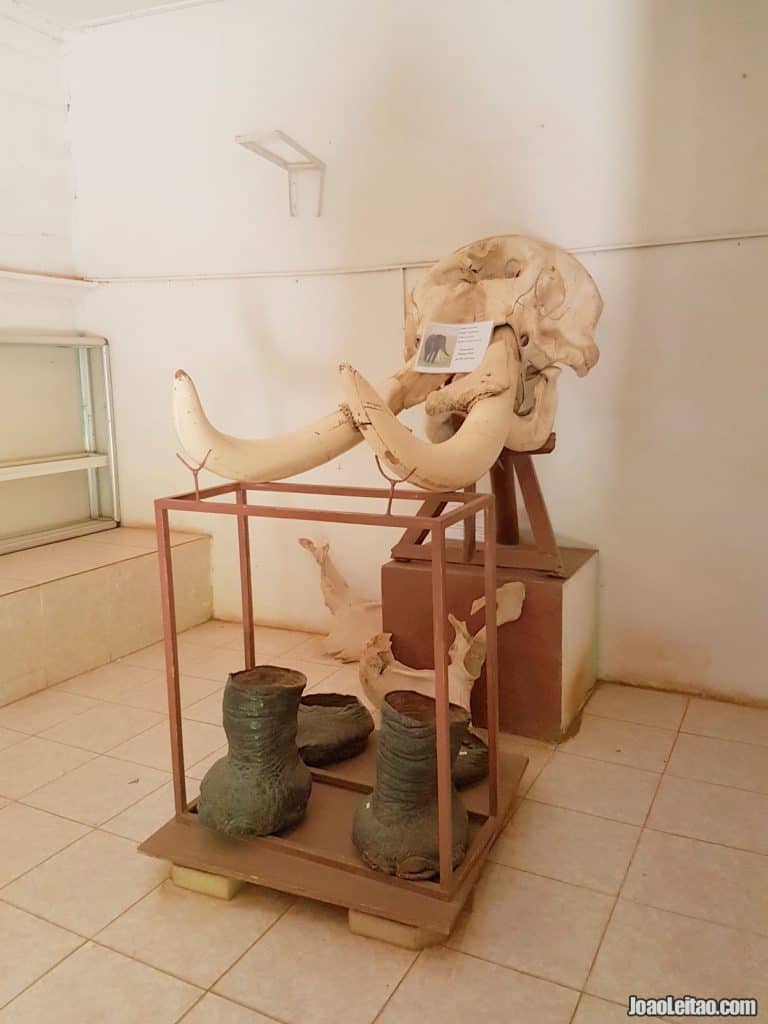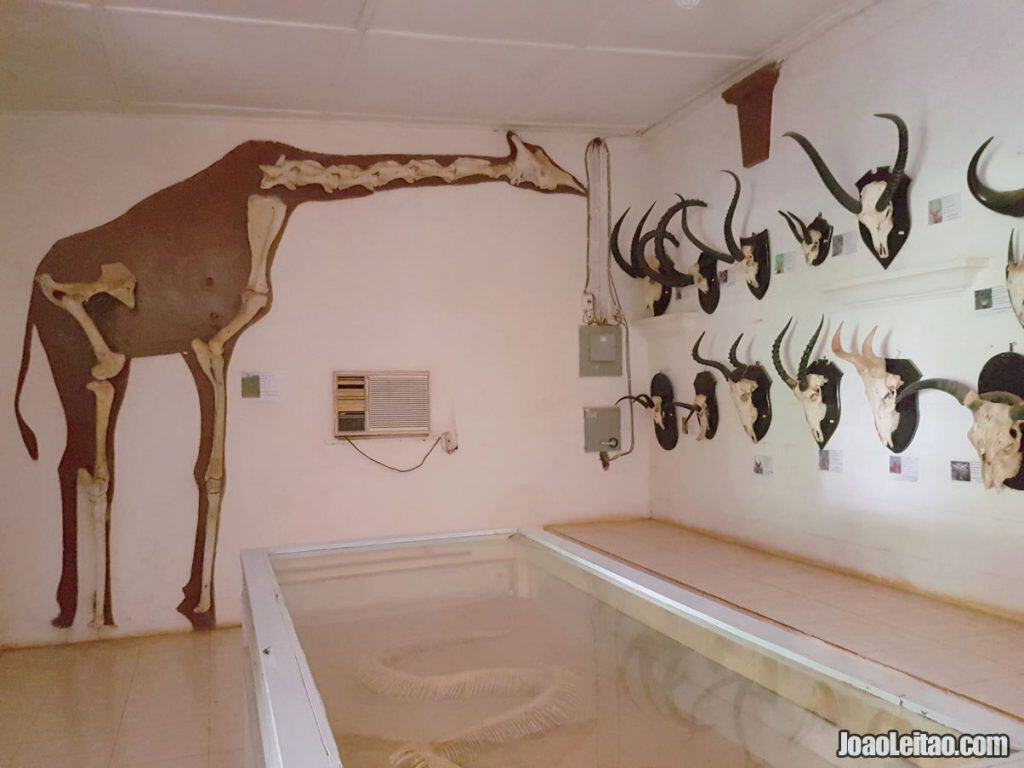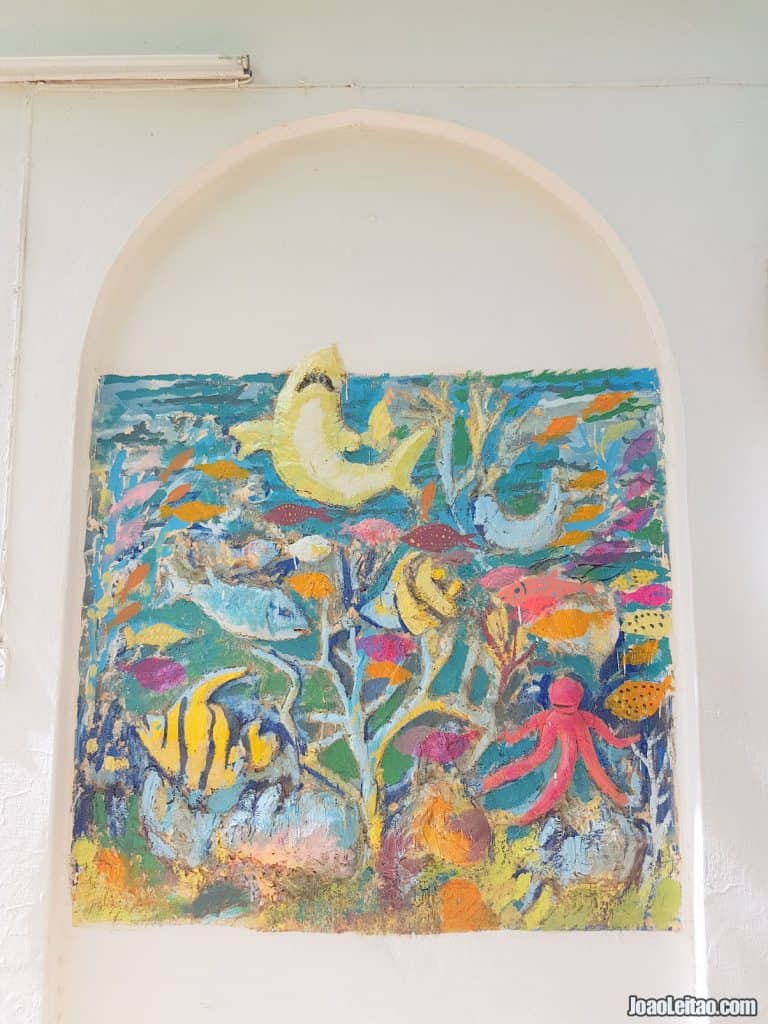Table of Contents
Visit Khartoum
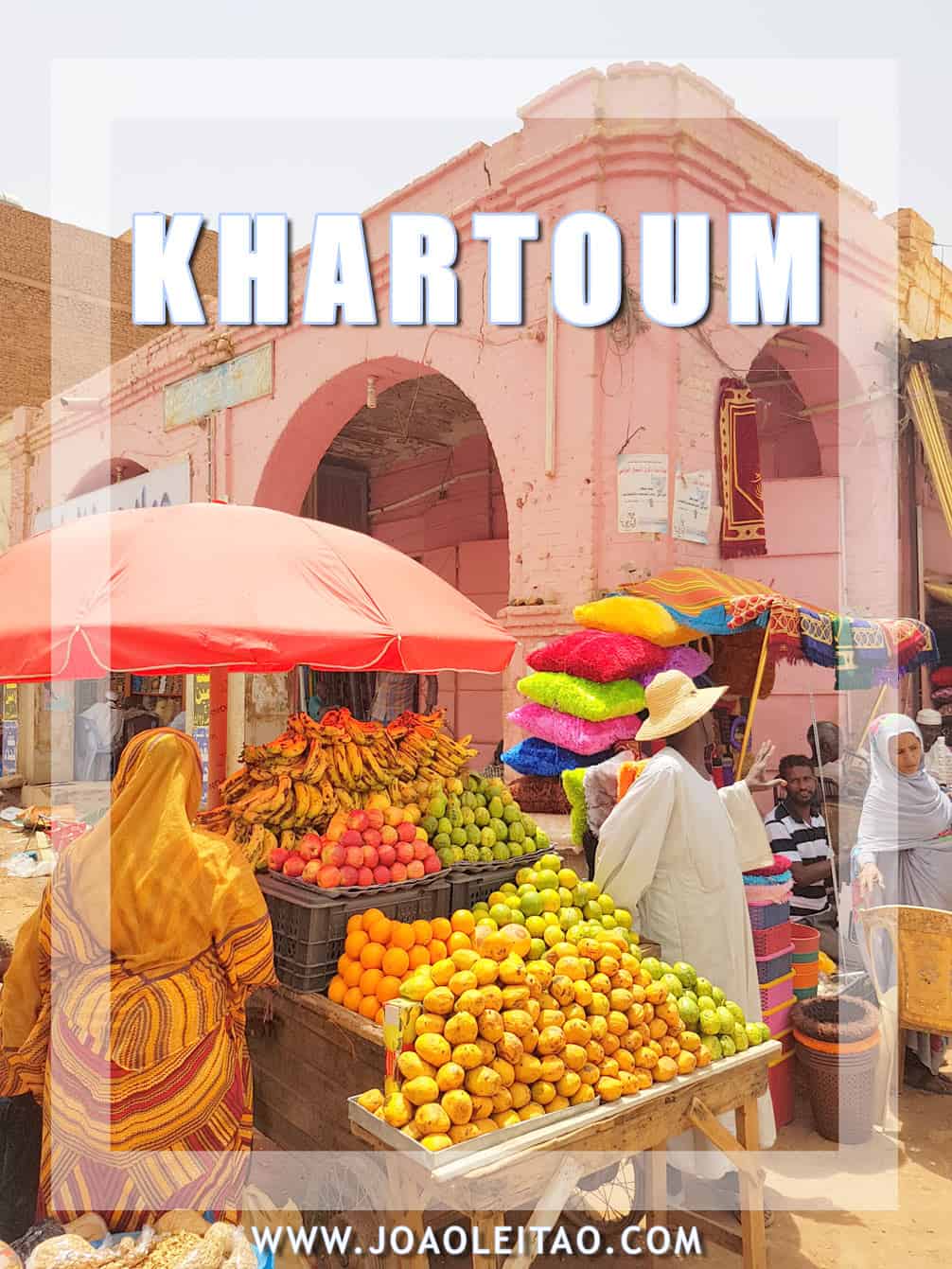
Khartoum, the capital city of Sudan, remains as a dark memory in the minds of many people. The North-American bombings, in 1998, associated Sudan with international terrorism in the front pages of newspapers. But visiting today is quite an interesting experience, as this is now a different country and it has fewer tourists.
The country’s capital is actually a group of three cities, Khartoum, Bahri, and Omdurman. In the first one, you’ll find the city’s historical traces, signs of colonial presence, and the older buildings.
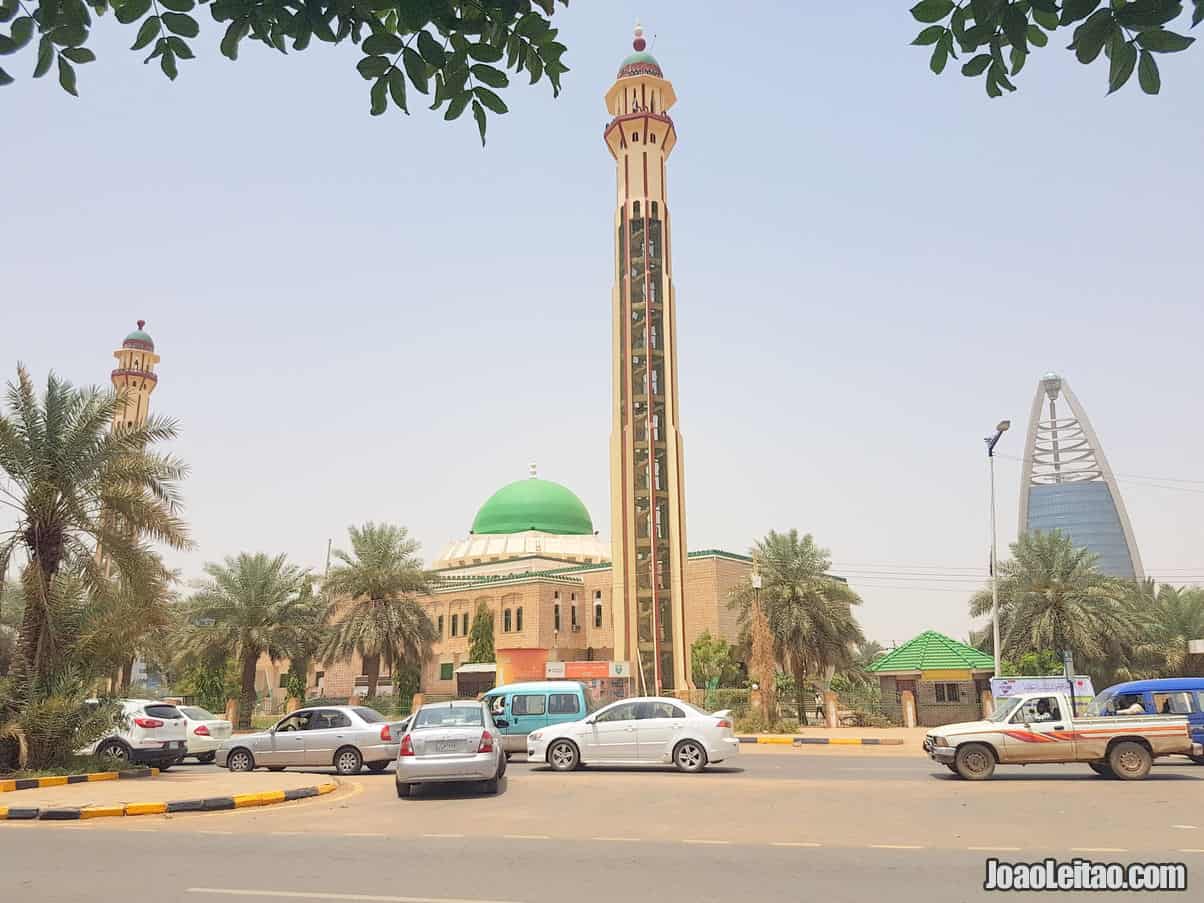
Bahri is an industrial and residential area, closer to what a suburb feels like. As for Omdurman, where you’ll find Sudan’s most famous souk, it has an atmosphere closer to what you’d expect to see in the Middle East, with narrow and secluded streets.
Khartoum is worth the visit, with days well spent visiting some of the museums, strolling the important Shari’a Al-Nil street, exploring its street markets, and visiting the unmissable spot where the waters of the Blue Nile meet the waters of the White Nile.
Visit Khartoum – Top Places
Khartoum best tourist attractions and monuments

Nile Street 
Arabi Souk 
Omdurman Souk 
Blue Nile & White Nile 
Turkish Graves 
Omdurman
1. Shari’a Al-Nil Street
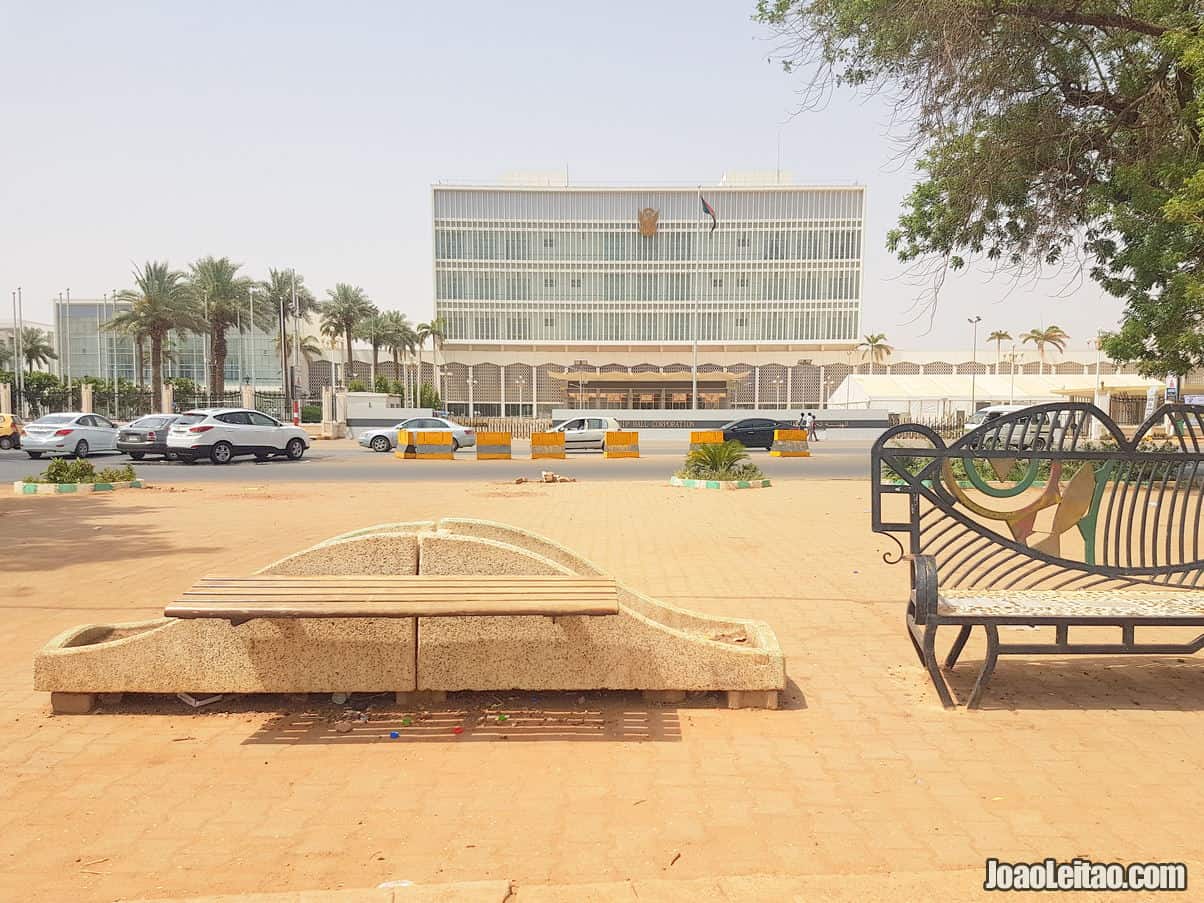
Shari’a Al-Nil Street, also known as Nile Street, is considered to be the most beautiful street in the Sudanese capital. Flanked by the Blue Nile on one side, it has many classical, colonial style houses, mostly used as government offices.
This is the street where the National Museum of Sudan and the Presidential Palace are located. The Presidential Palace can’t be visited, unfortunately.
You can’t even walk by it and the guards will ask you to cross the street for security reasons. This is also where you’ll see the more modern side of new Khartoum, with modern buildings like the Al-Fateh tower built by the Libyans.
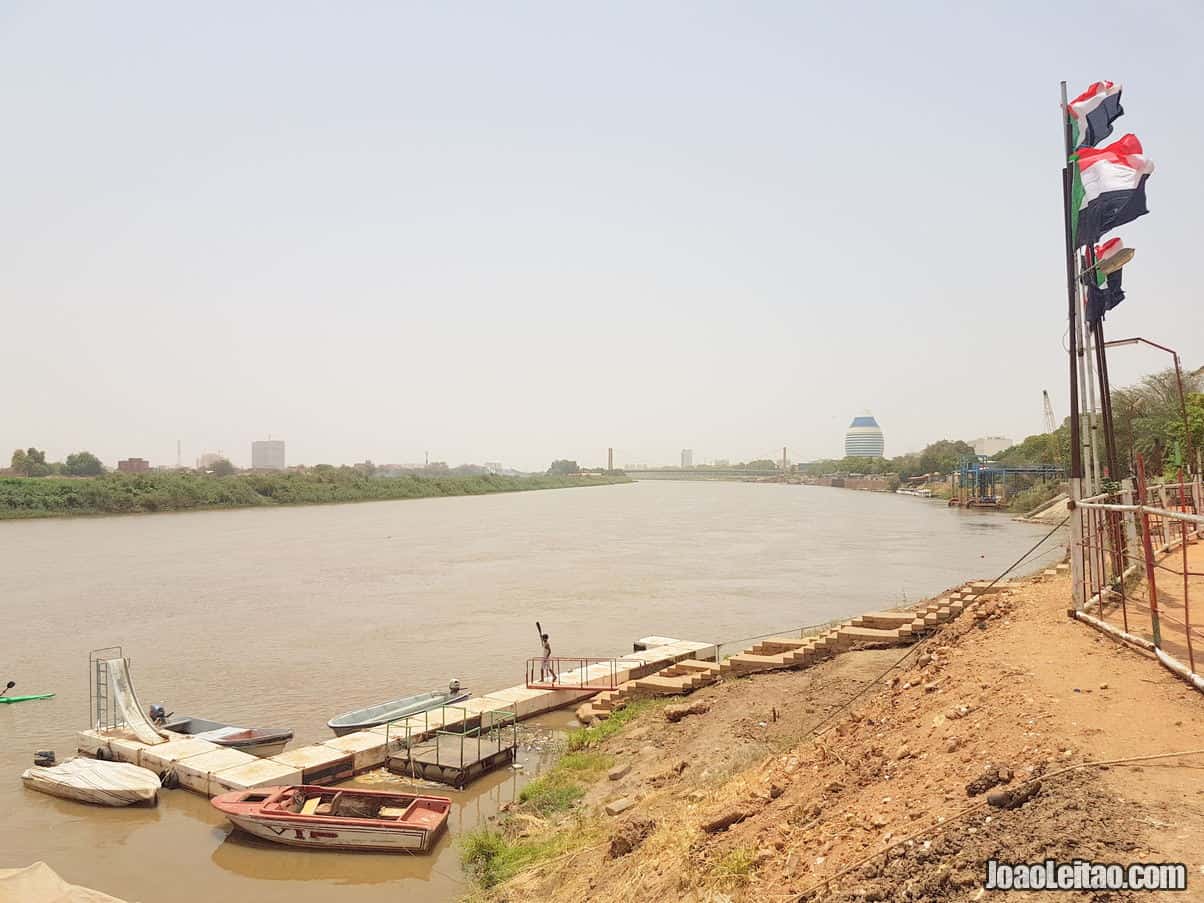
Trees line the street, offering a much-appreciated shade in the warmer days. Khartoum locals enjoy spending time sitting on the wall along the river shore, which makes it an excellent location for people watching.
2. Arabi Souk
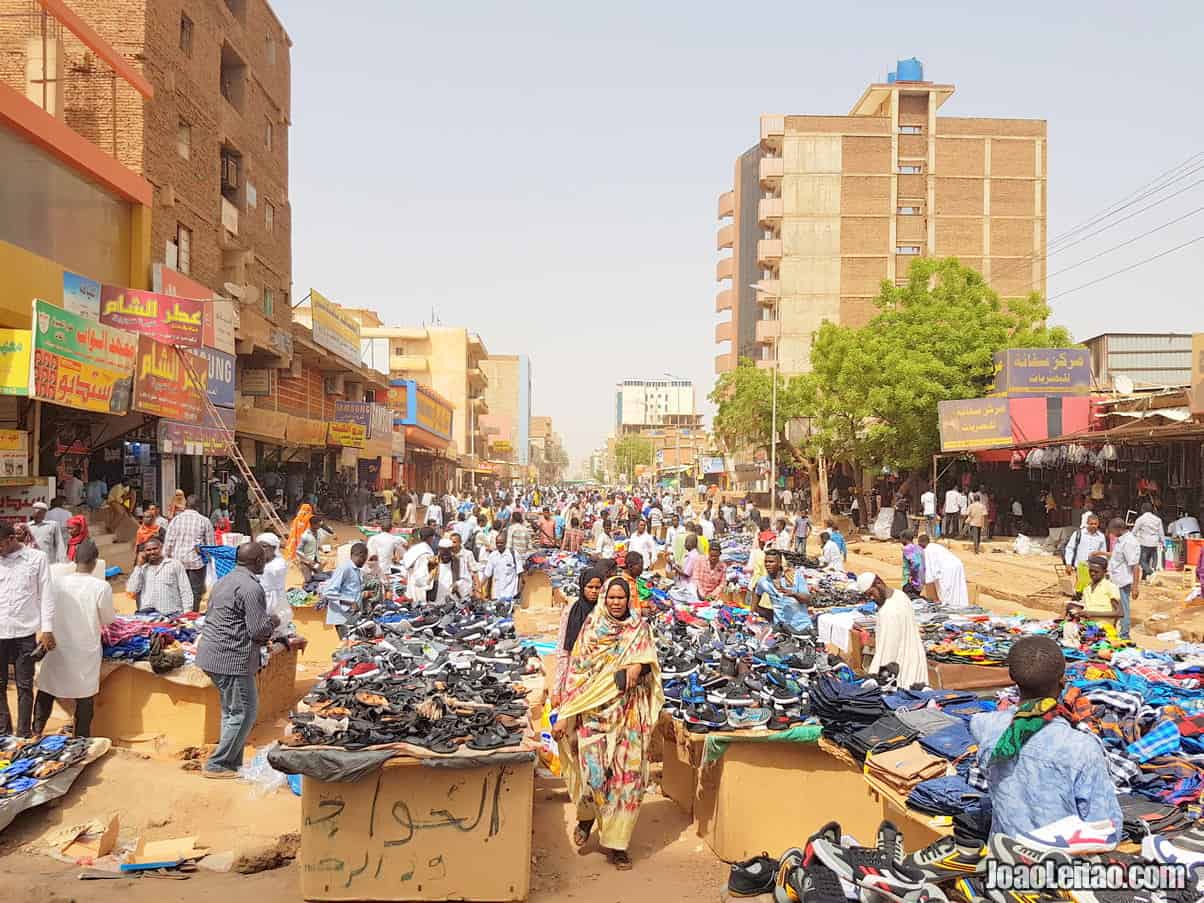
This souk, or market in Arabic, is vast and stretches for several blocks in the center of Khartoum, south of the Grand Mosque. It’s said that until the early 1990s the area where the market is today was the center of intellectual life and artistic creation, with bars, clubs, and art galleries.
From then onward, the Sudanese society became gradually more austere and the bohemian spirit of this part of the city was lost. Nowadays it’s just a market, a place where you can buy anything from jewelry to construction materials. It’s a bustling sea of people: vendors showcasing their products, buyers looking for something, taxi drivers who always find customers here.
3. Omdurman Souk
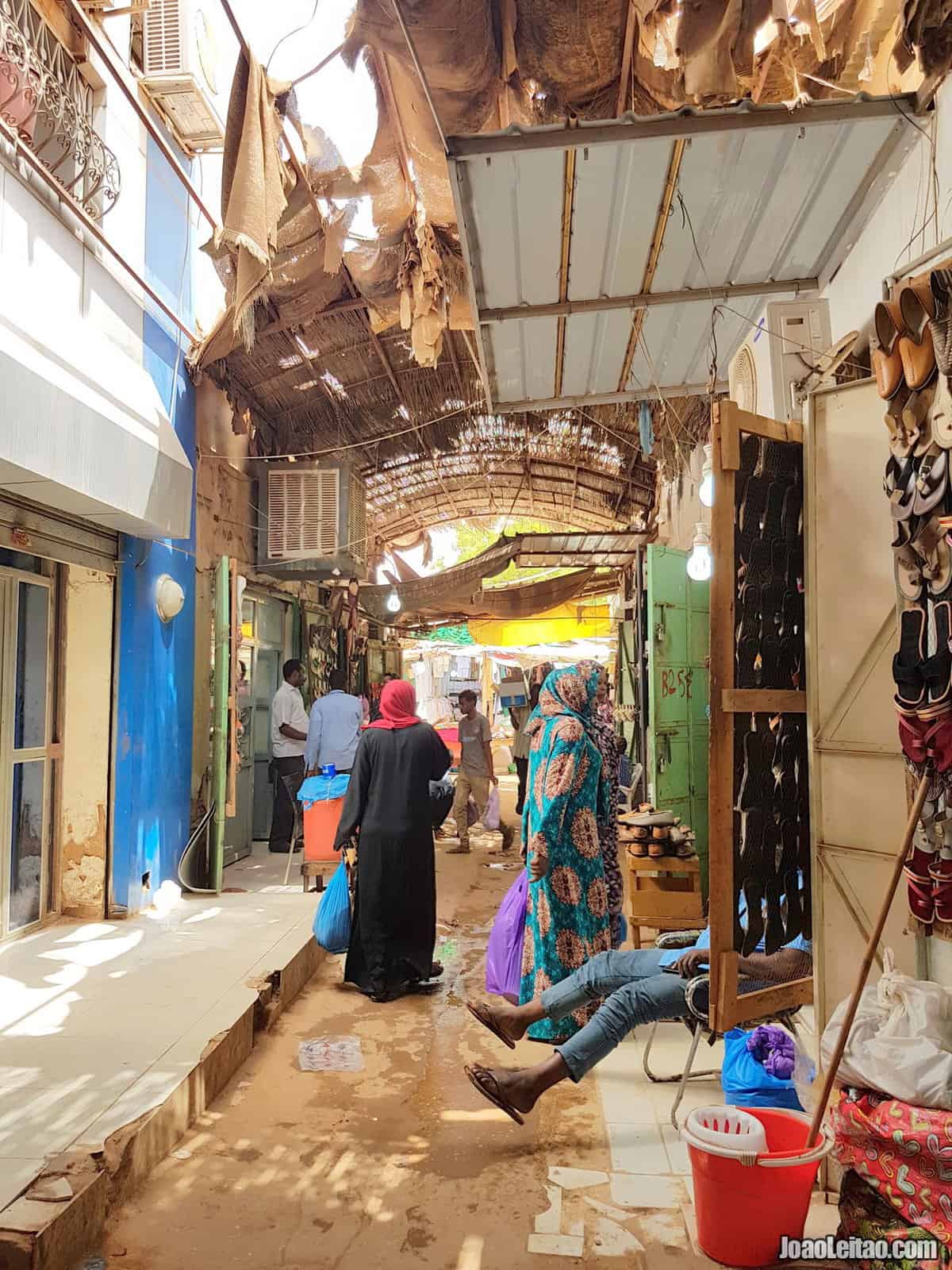
The Arabi Souk may be easier to reach, but the Omdurman one is far more spectacular, despite being in a part of the capital that’s already a city in itself and, therefore, farther from the city center. Folklore performances are one of the highlights of this market.
Although there’s a small part of this market that caters to tourists, it’s still mostly geared towards the local community and local customers. That means that on Fridays, Islam’s sacred day, there are fewer things to see and do, especially during prayers.
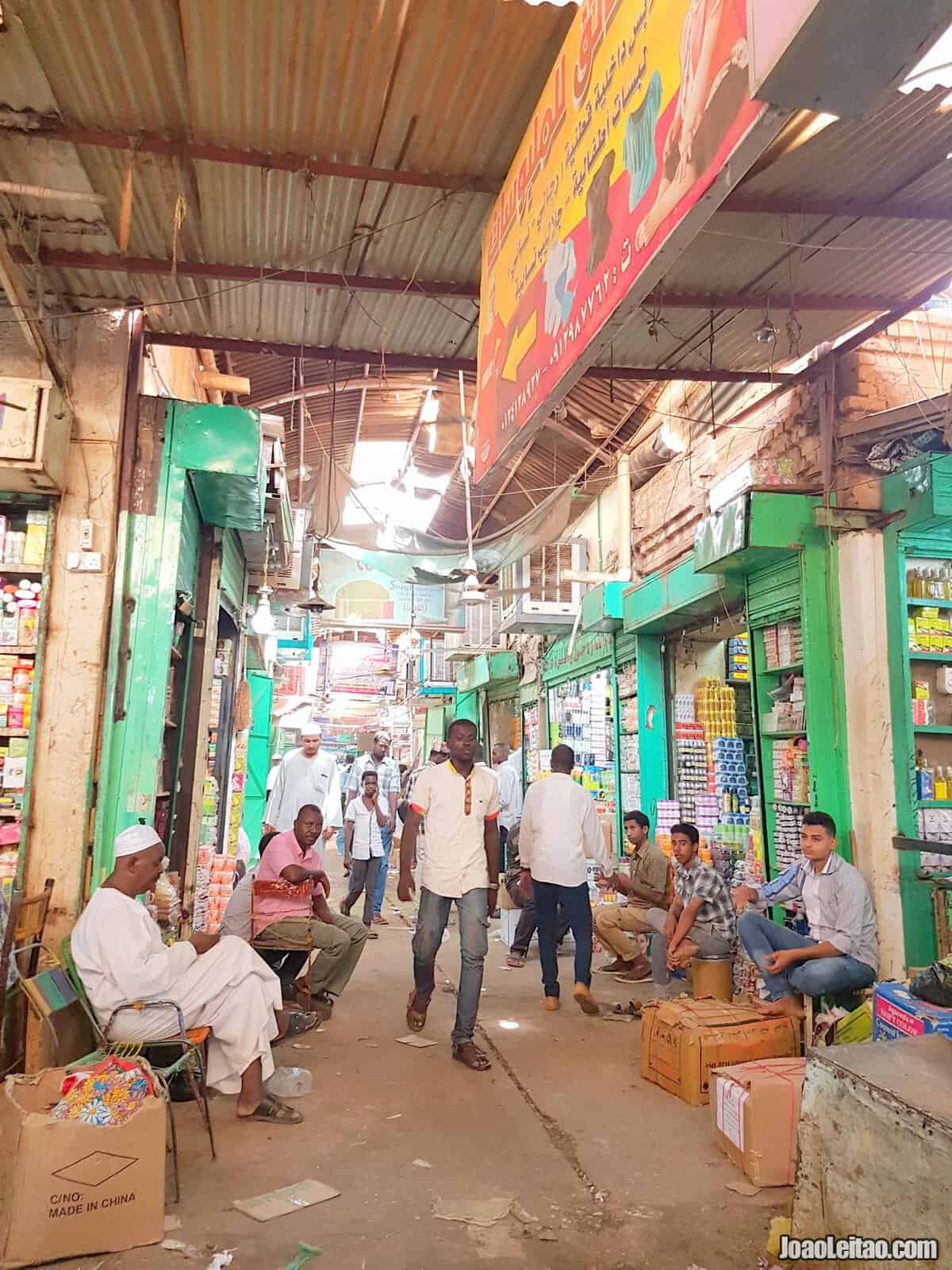
In addition to this market named after the city, here you’ll also find the Libya and Aljilod markets and, a little farther outside, the Abu Zayd souk, which is the famous Camel Market.
4. Commonwealth War Cemetery
More than a cemetery, the Commonwealth War Cemetery in Khartoum is a monument to fallen soldiers. No one was ever actually buried there. Most of the tombstones are dedicated to soldiers killed during the Ally attacks to take back current Ethiopia from the Italians during the Second World War.
At the time, Khartoum was the main camp base. There are also some inscriptions dedicated to soldiers killed in the First World War, but most of the tombs are of men who died in times of peace. There is a memorial in honor of the soldiers who died in battle between 1885 and 1886. Nevertheless, it’s a well-kept landmark in the center of the city that’s worth the visit.
5. The confluence of the Blue Nile & the White Nile Rivers
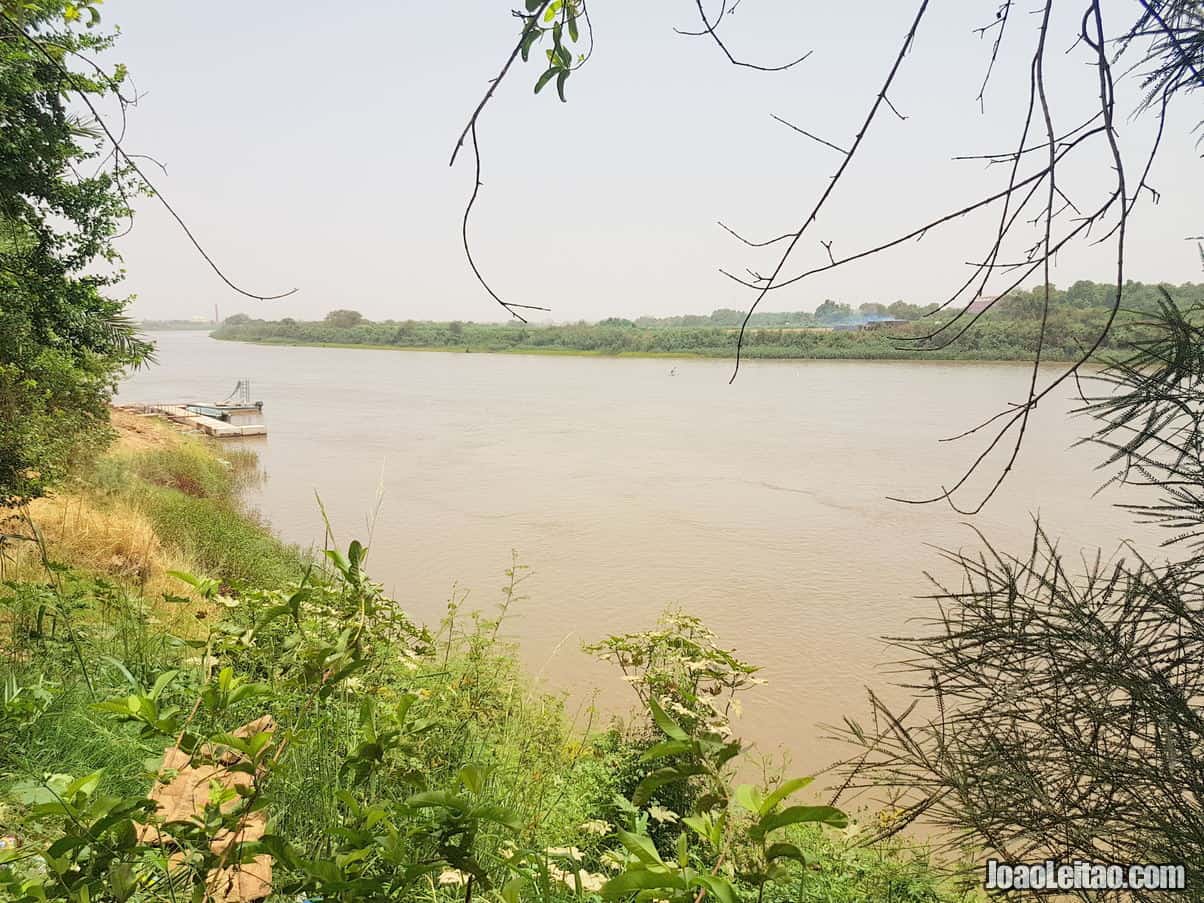
Al Mogran is the name of the spot where the Blue Nile and White Nile converge. There the waters of both rivers, which have different colors because of the different types of mud in the bottom, flow side by side for a while before meeting. The flow of the Blue Nile is usually stronger and overpowering, a situation that becomes dramatic in some summers when the waters force the White Nile to recede and cover the inhabited lands on the shore.
The place is worth a visit but there are a couple of things to know about the best spot to see the phenomenon: most people go to the bridge over the Blue Nile but the security guards don’t allow to take pictures at that spot. It’s best if you go to the Al Mogran Family Park nearby and go for a ride on the Ferris wheel. At the top, not only you won’t be bothered by the police, but the view is spectacular.
6. Turkish Graves
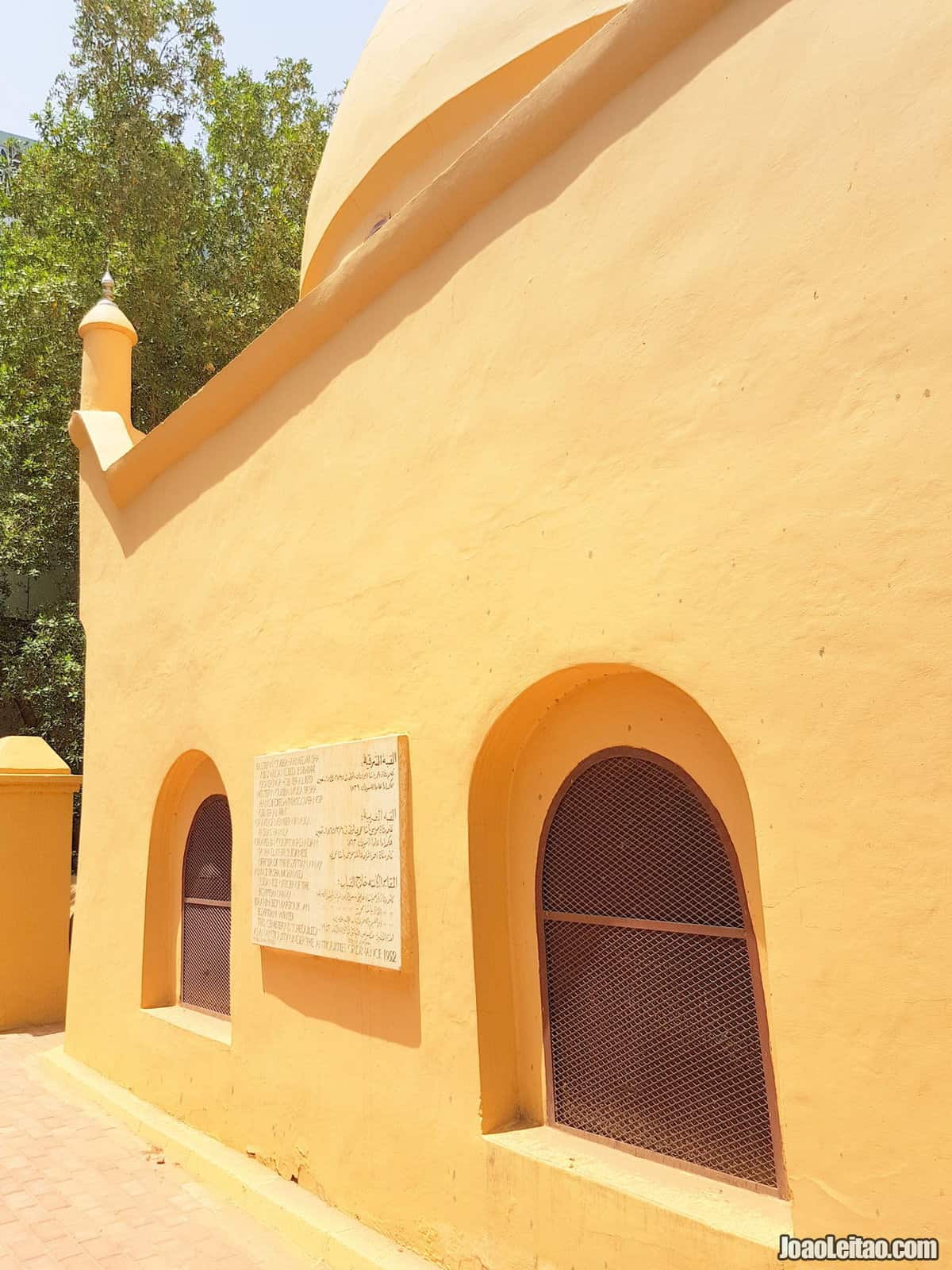
In Khartoum city center you can find a set of picturesque Turkish graves. In this places many Turkish leaders are buried.
Famous people such as Ahmed Basha Abu Adan, Ahmed Basha Alminkly, Mohamed Basha Momtaz, and others. This graveyard was restored in 2013.
7. Omdurman
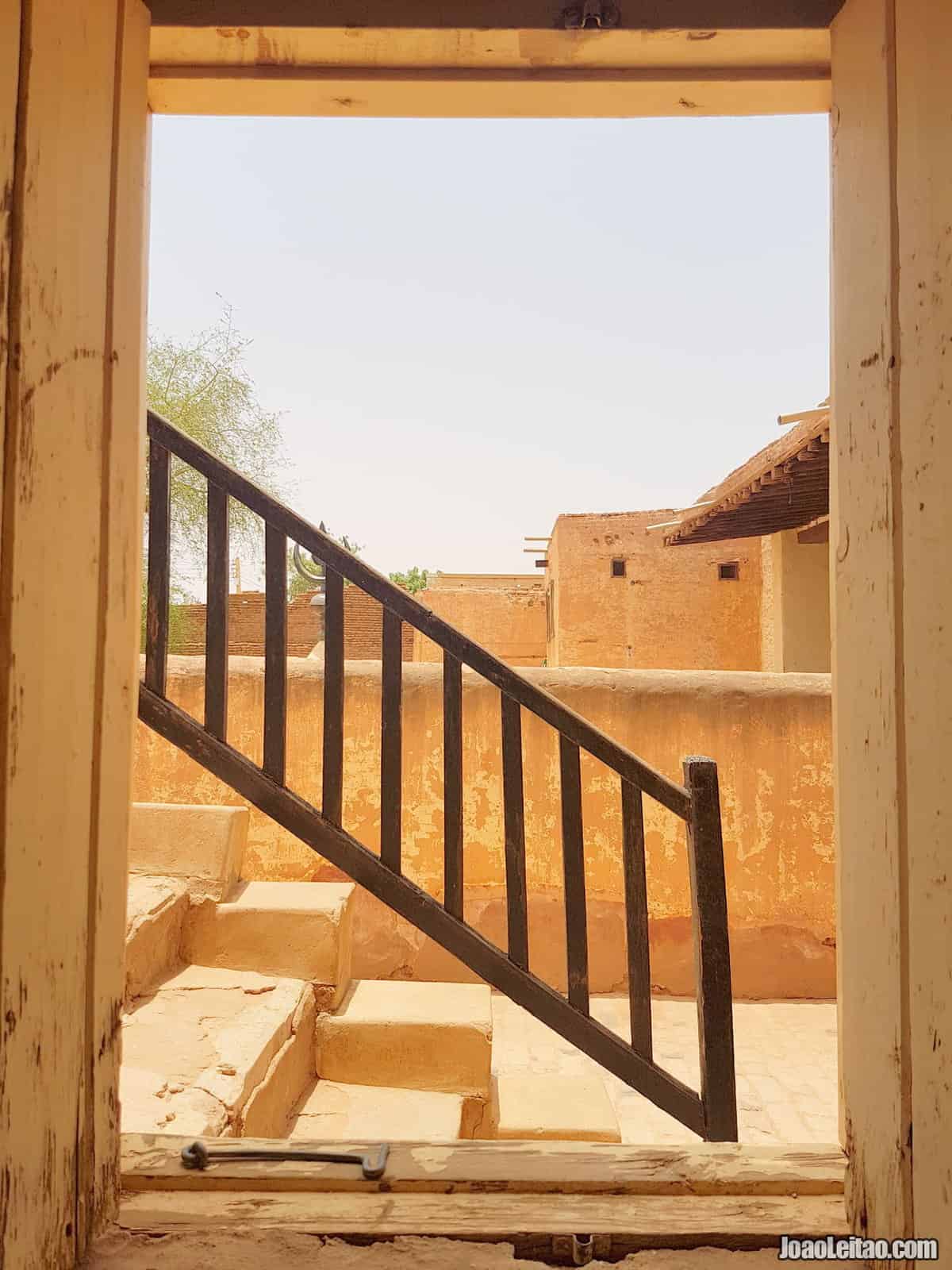
In a way, it’s a suburb of Khartoum on the western shore of the Nile. Here you can visit the market, which is one of the biggest in Africa and a good place to buy authentic handicrafts.
There’s a local History Museum at the Khalifa House, near the market and the Mahdi tomb, but keep in mind the museum is only open in the mornings.
On Friday evenings you can see the Sufi dancers for free. It’s at Ghobba al-Hamed al-Nil, a bit further, about 2 km away, but you can ask a taxi driver to take you there.
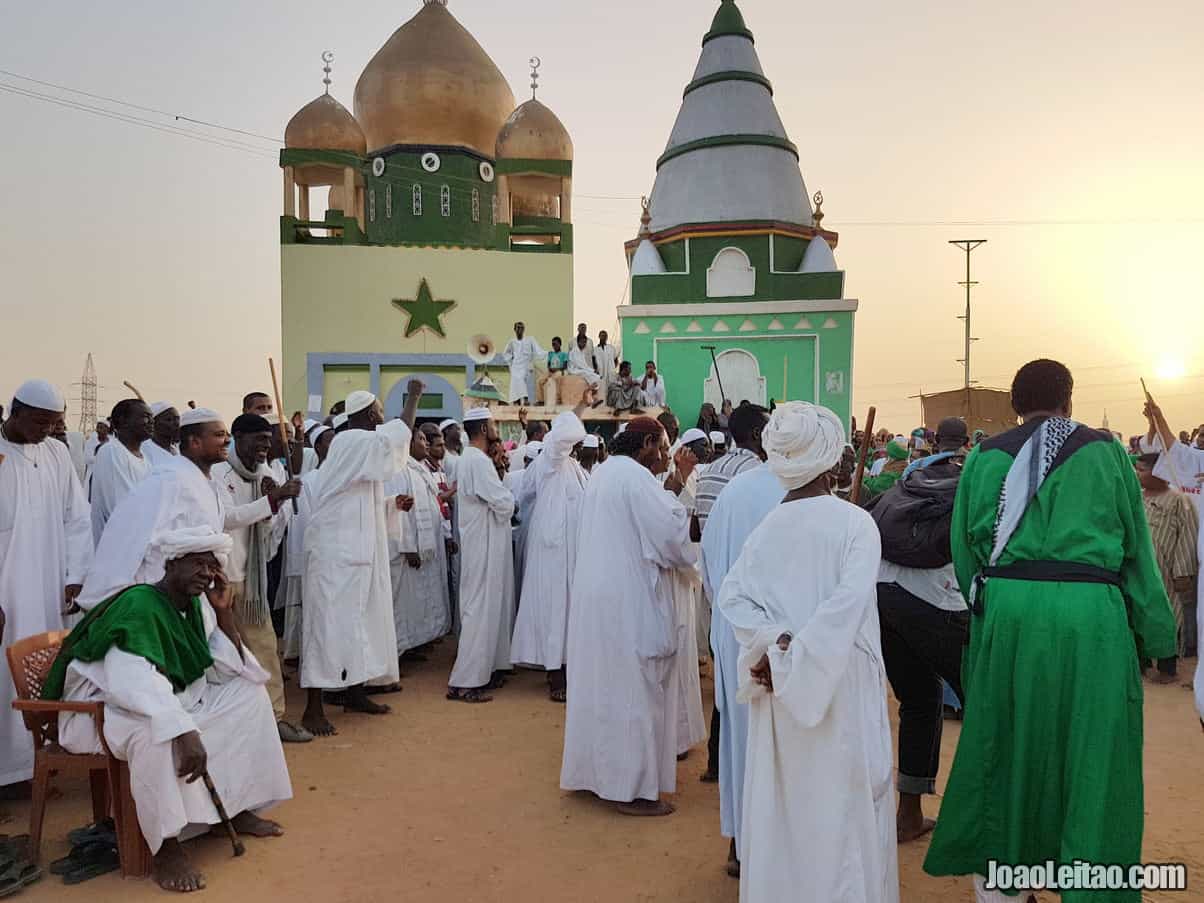
Museums in Khartoum
Khartoum best museums
1. National Museum of Sudan
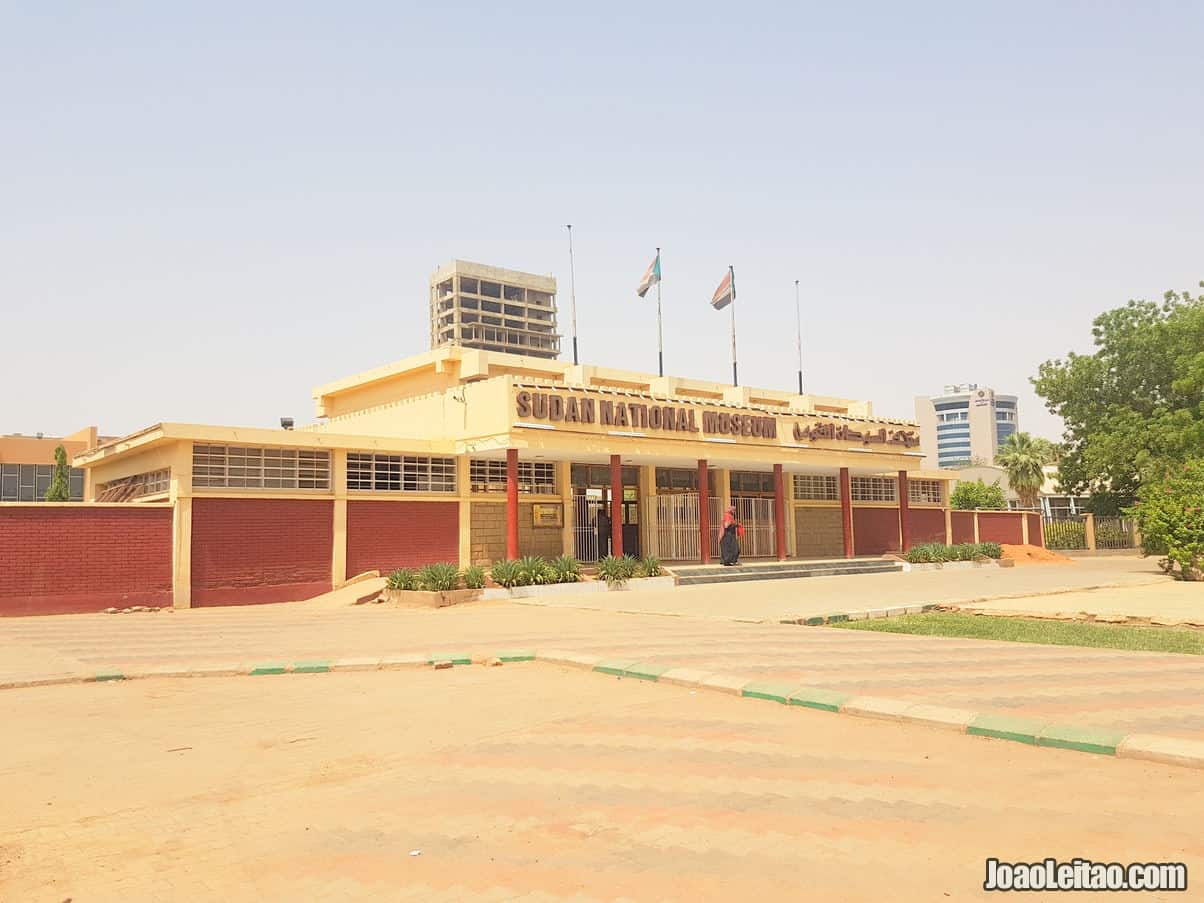
The building that houses the National Museum of Sudan was built in 1955 but only became a museum in 1971. It’s perhaps the best museum in the country and houses the biggest collection of Nubian art in the world, composed mostly by archaeological findings from the many historical places in the country and parts of three temples that were submerged after a dam was built.
The collection is spread across four areas: first floor, second floor, the garden, and the Monumental Alley that connects the parking lot with the main entrance. The museum is located in an area of Khartoum called Auguram, close to the place where the Blue Nile meets the White Nile.
Photos of the National Museum of Sudan
2. Khalifa House Museum
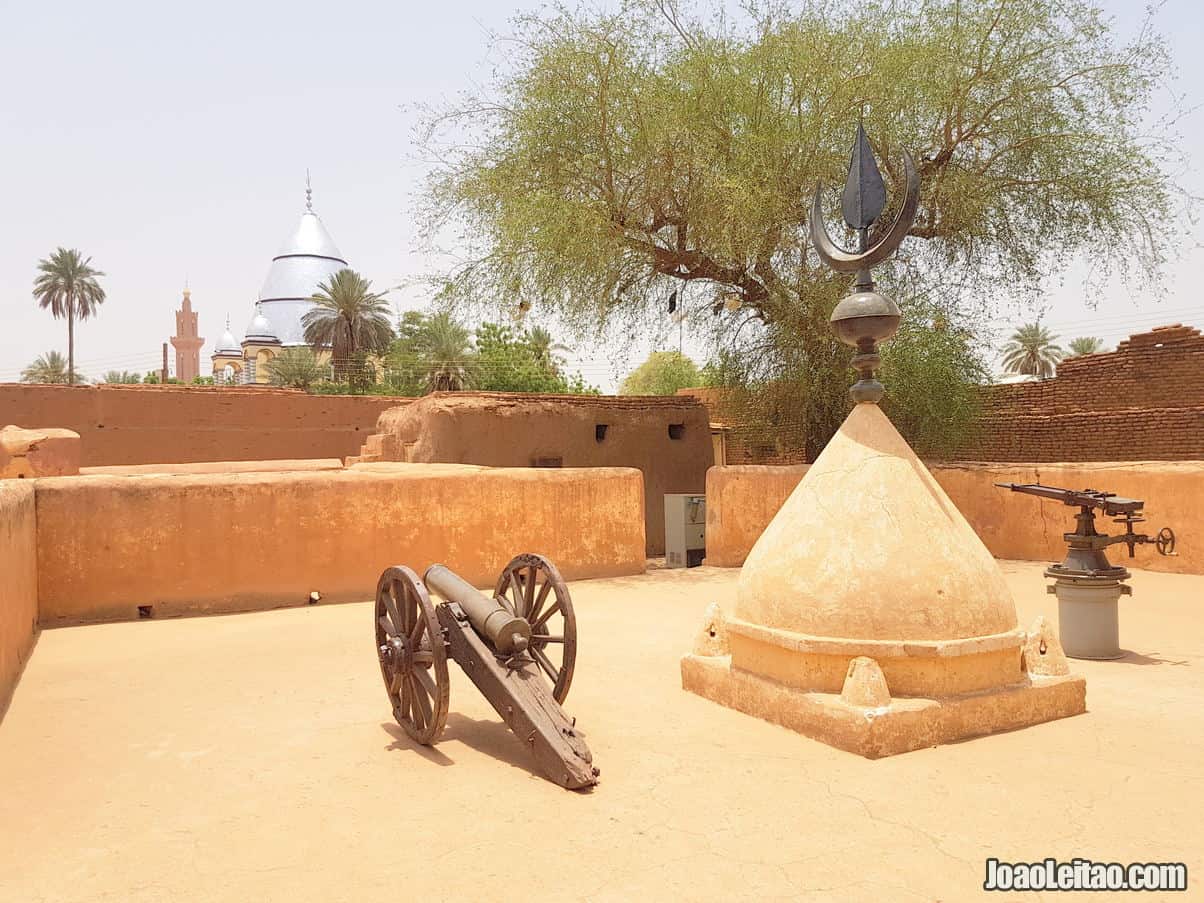
The building where the Khalifa House Museum is was built in 1888 and expanded three years later with the addition of a floor. It’s a traditional adobe house with different blocks and interconnecting courtyards that are worth the visit. It opened to the public as a museum in 1928.
Before that, it was the official residence of Khalifa Abdallahi ibn Muhammad and the headquarters for the Mahdi State government. The museum is focused on pieces from 1881 to 1899, and most of the artifacts and documents included in the permanent collection are from those dates. It’s open in the mornings and closed on Sundays.
Photos of Khalifa House Museum
3. Sudan Ethnographic Museum
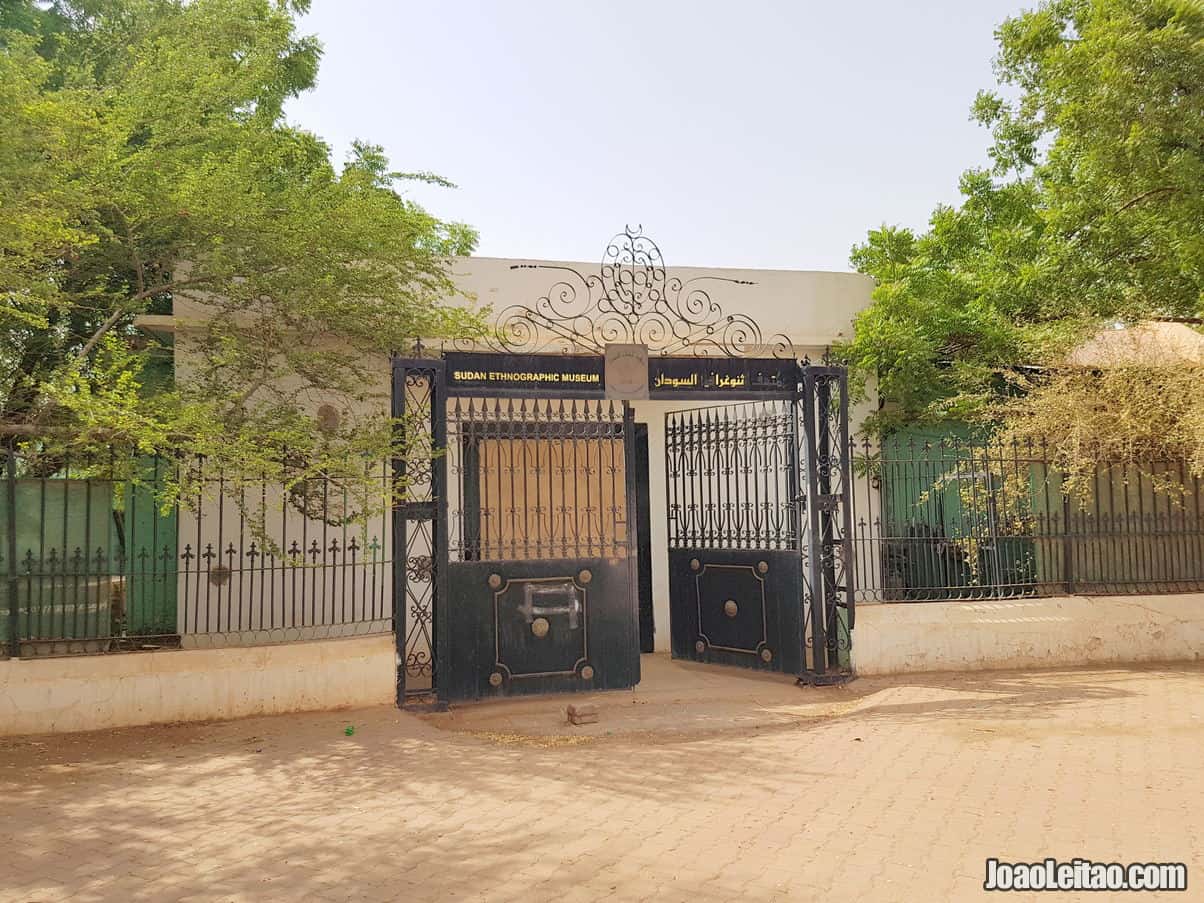
This museum is located in Al-Gama street. Up until 1955, the building was used by the British Army and then changed hands to the Department of Antiques at the time. After one year reorganizing the assets that had been in the building’s warehouses since 1945, the museum opened to the public in December 1956.
Photos of Sudan Ethnographic Museum
The collection was curated in a way that conveys the History, customs, and traditions of the different tribes that live in Sudan. It’s a relatively small museum and you shouldn’t need more than half an hour to visit. The museum closes on Mondays.
4. Sudan Museum of Natural History
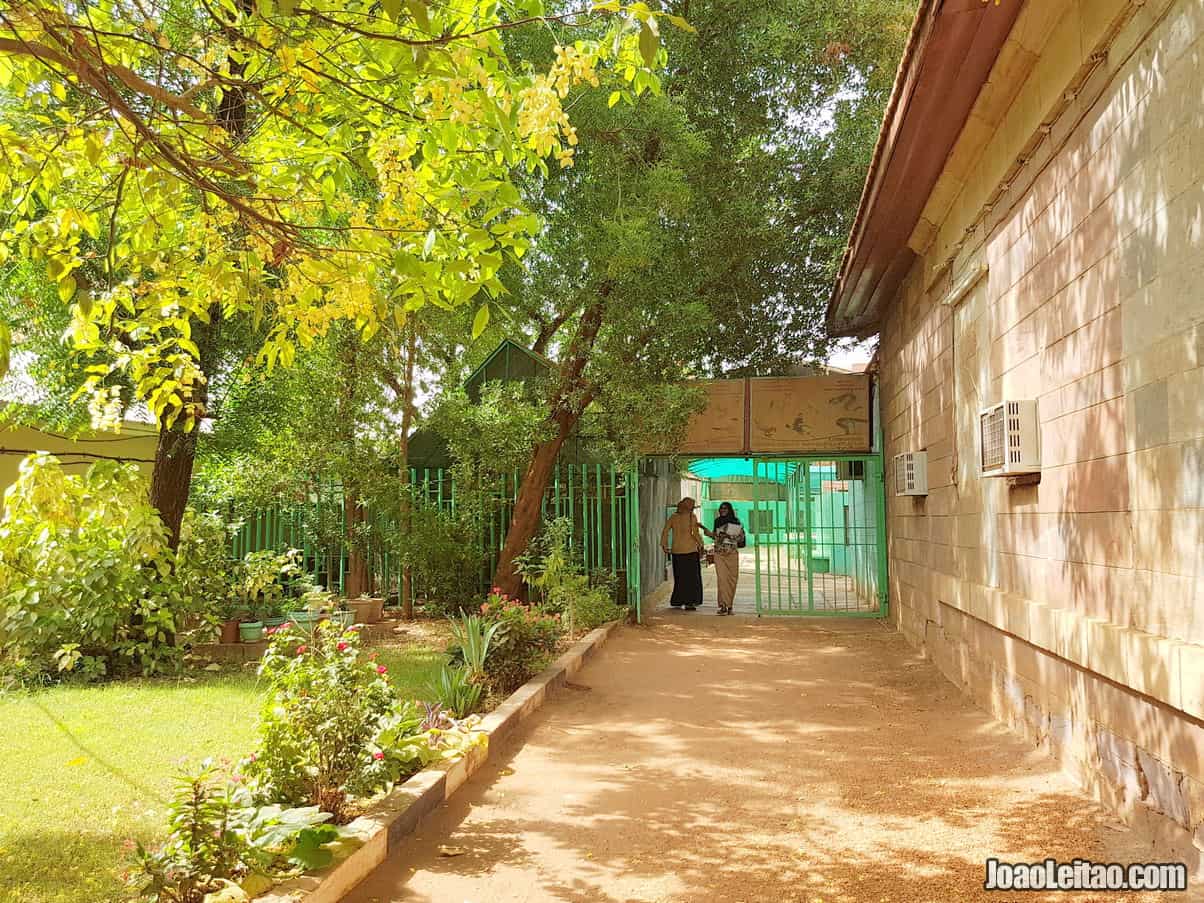
This museum has a long history. It was founded in 1902 and housed at that time at the Gordon Memorial College. It was renovated in 1958 when it began to be managed by the University of Khartoum. They added a section with reptiles in 1968.
Nowadays the museum houses a broad collection, including bones and skeletons of different animals, thousands of embalmed birds, some of them extinct, and hundreds of mummified animals, some of them massive such as African elephants, hippopotamus, rhinoceros, and buffalos. There are specific departments, dedicated to geology and botany for example, and all pieces on display have informative captions.
Photos of Sudan Museum of Natural History
5. Republican Palace Museum
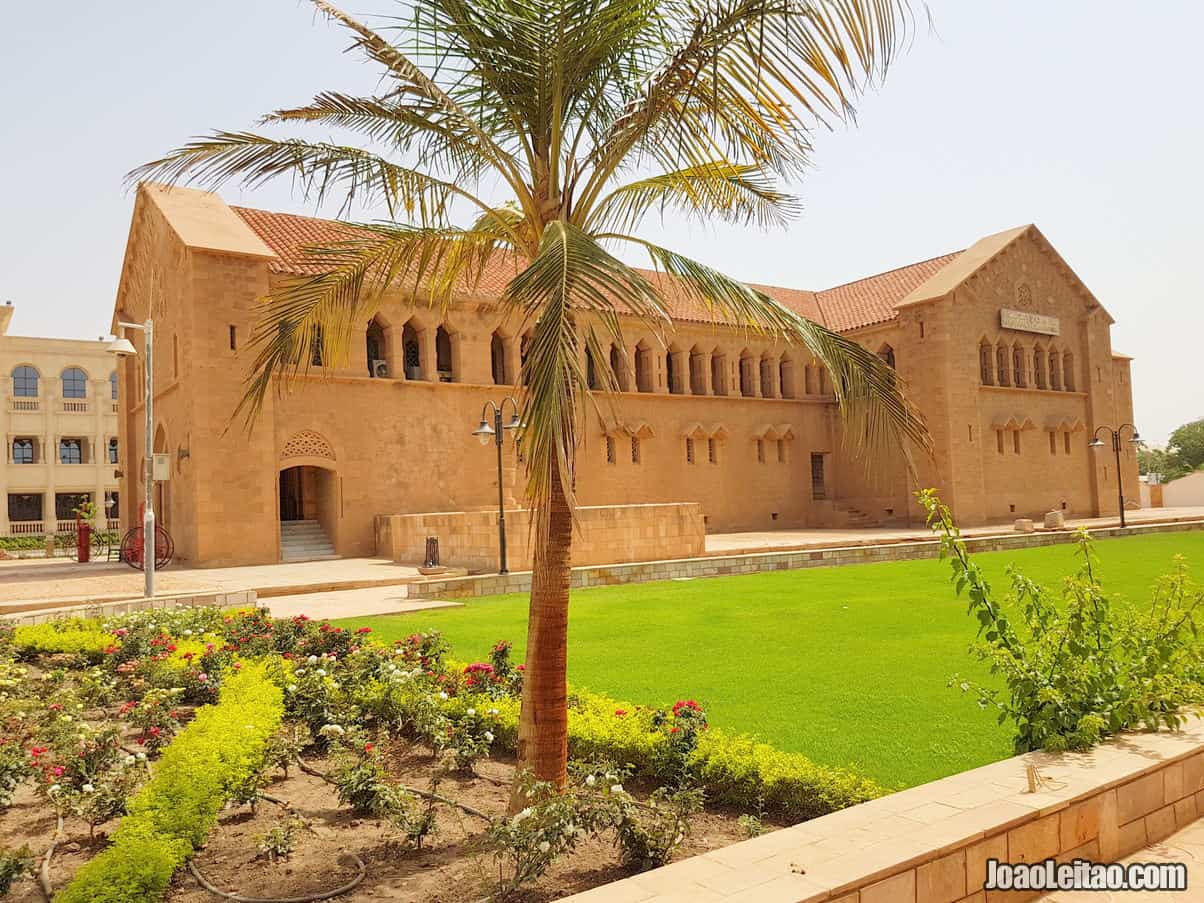
The Republican Palace Museum opened for the first time on 31 December 1999 and is located inside an unlikely building: an old Anglican church built in 1912. The museum is southwest from the Republican Palace, on Gamiaa street, right in front of the Martyrs Gardens. The permanent collection is divided into several sections: the wing of presidential vehicles; the wing for oil paintings and portraits, which includes portraits of all the rulers before and after the independence; the collection of pieces offered to the Presidents of Sudan; musical instruments and furniture used in the Republican Palace; significant documents from when Sudan fought for independence; décor items and memorials.

